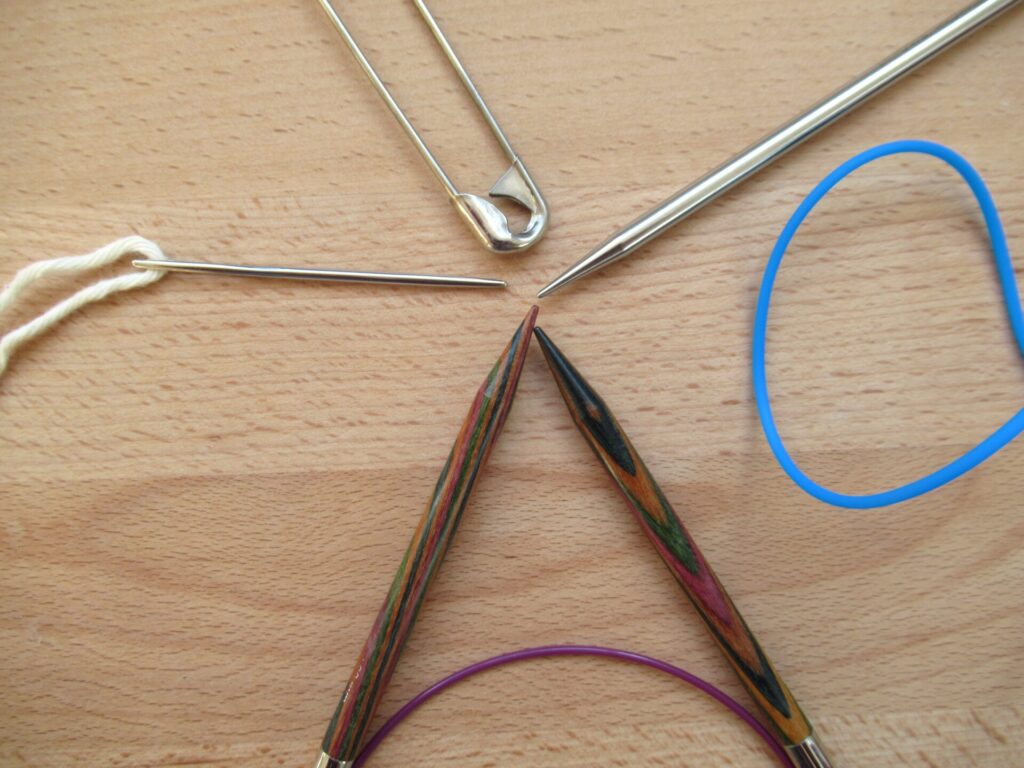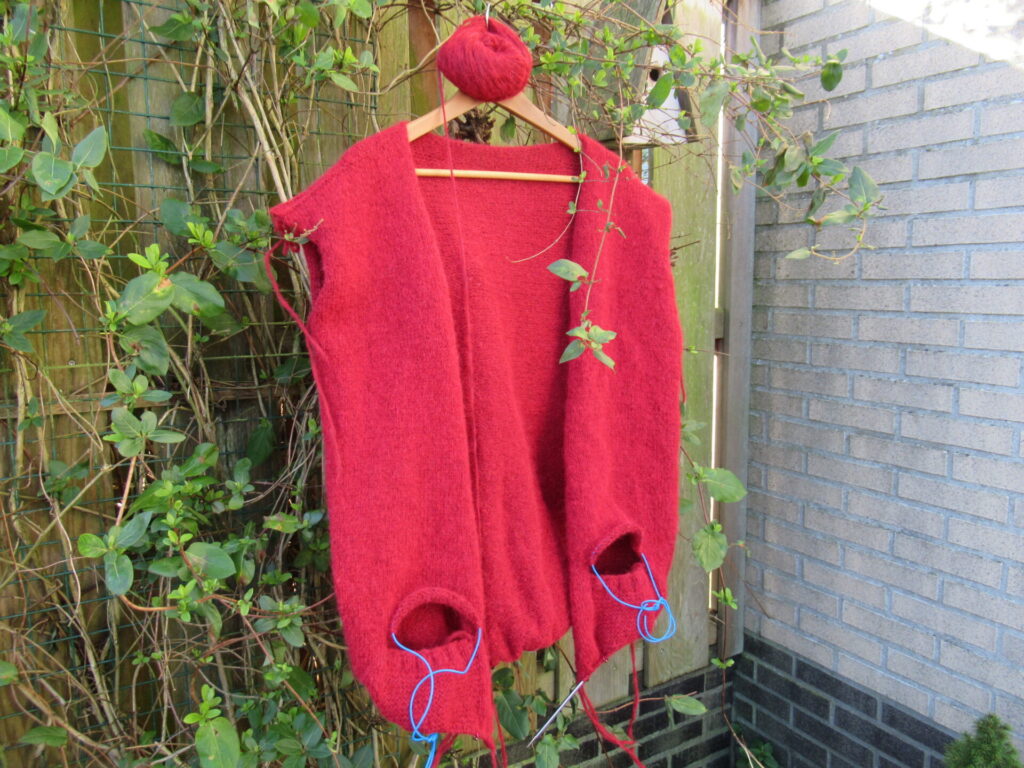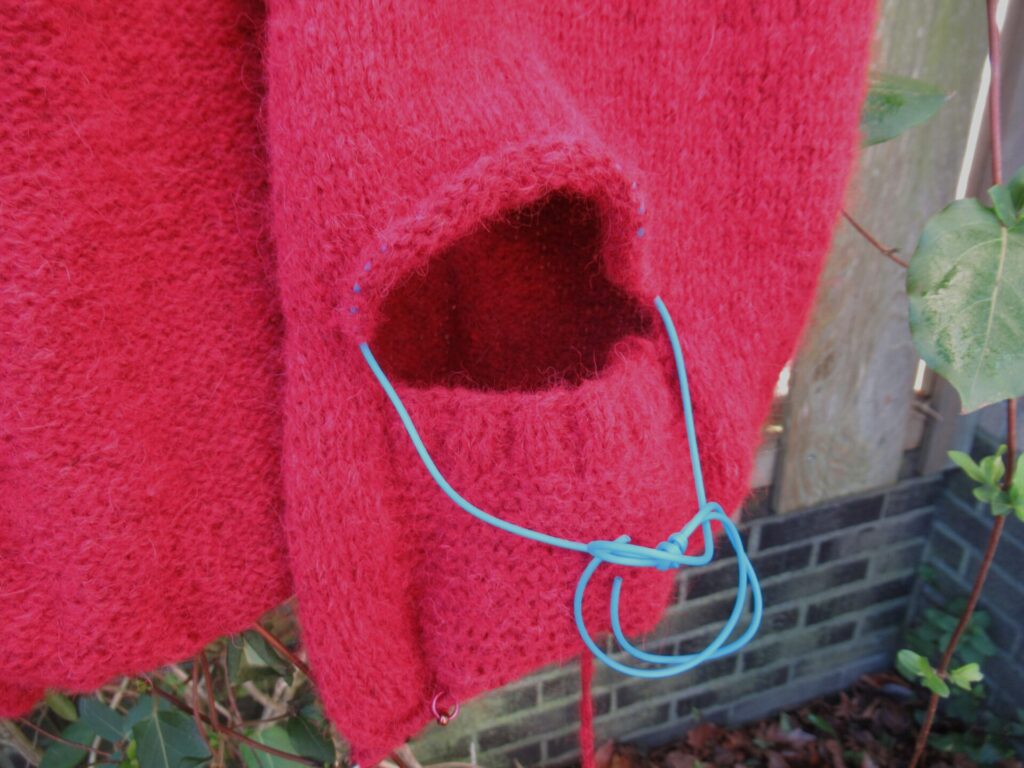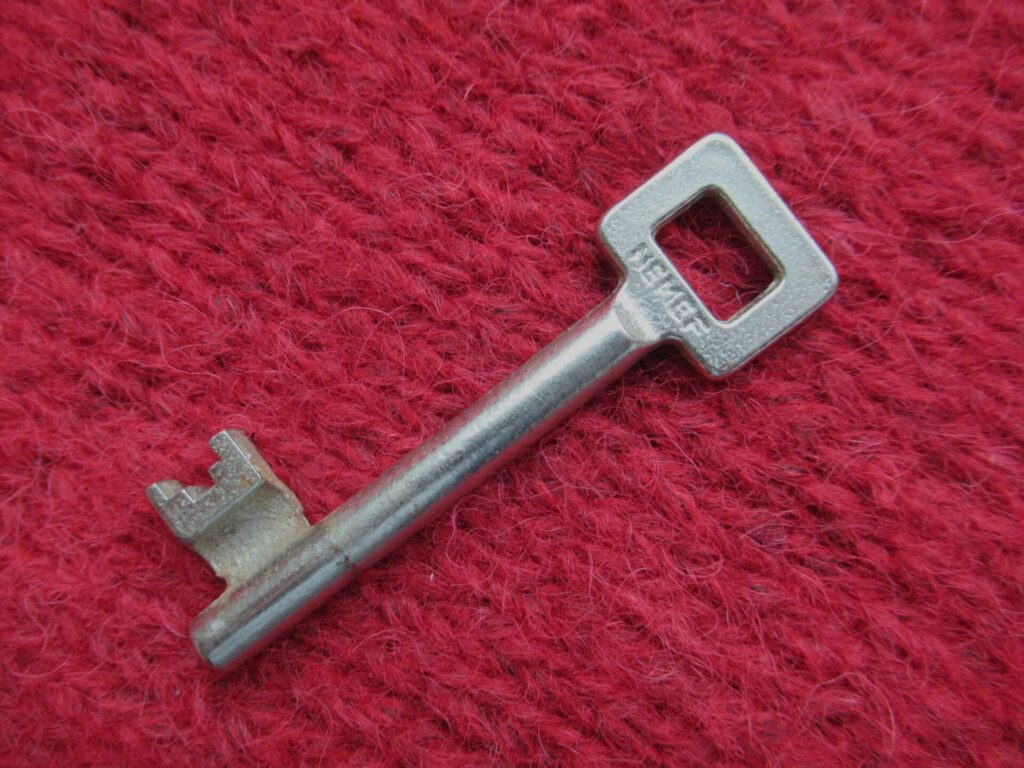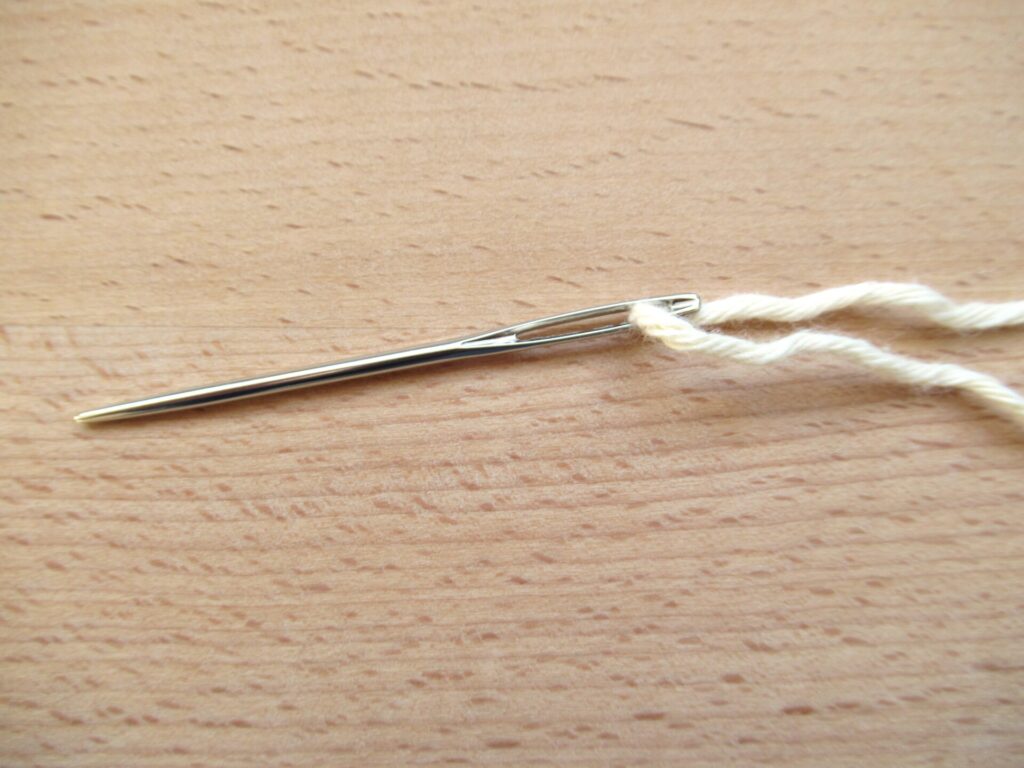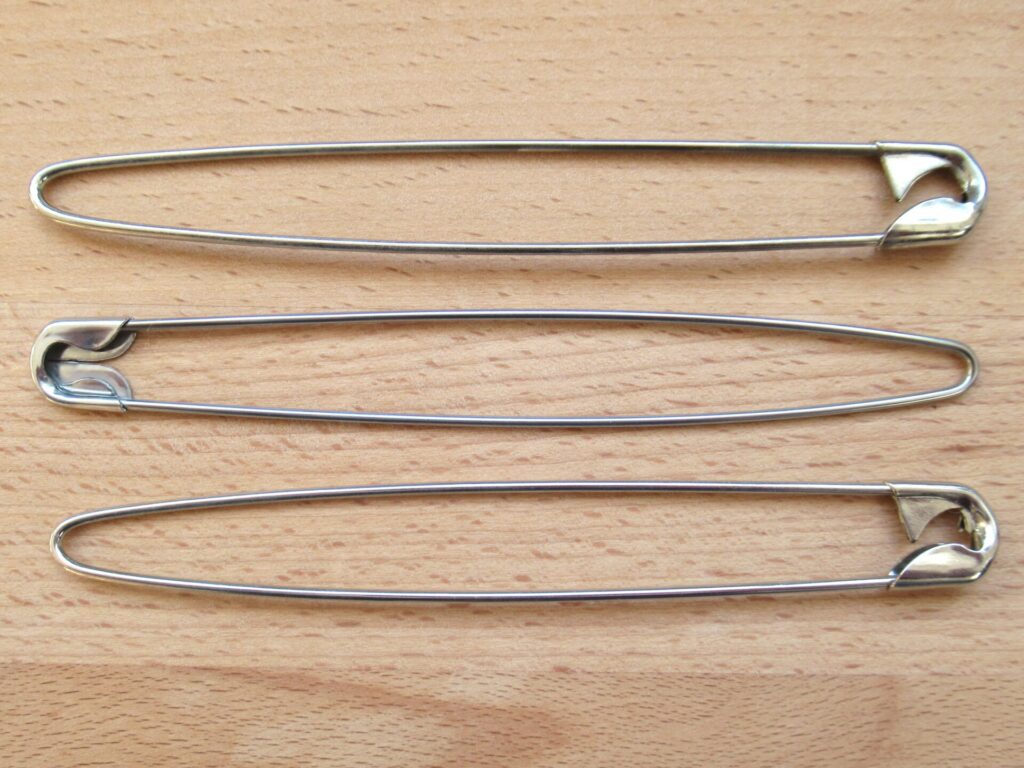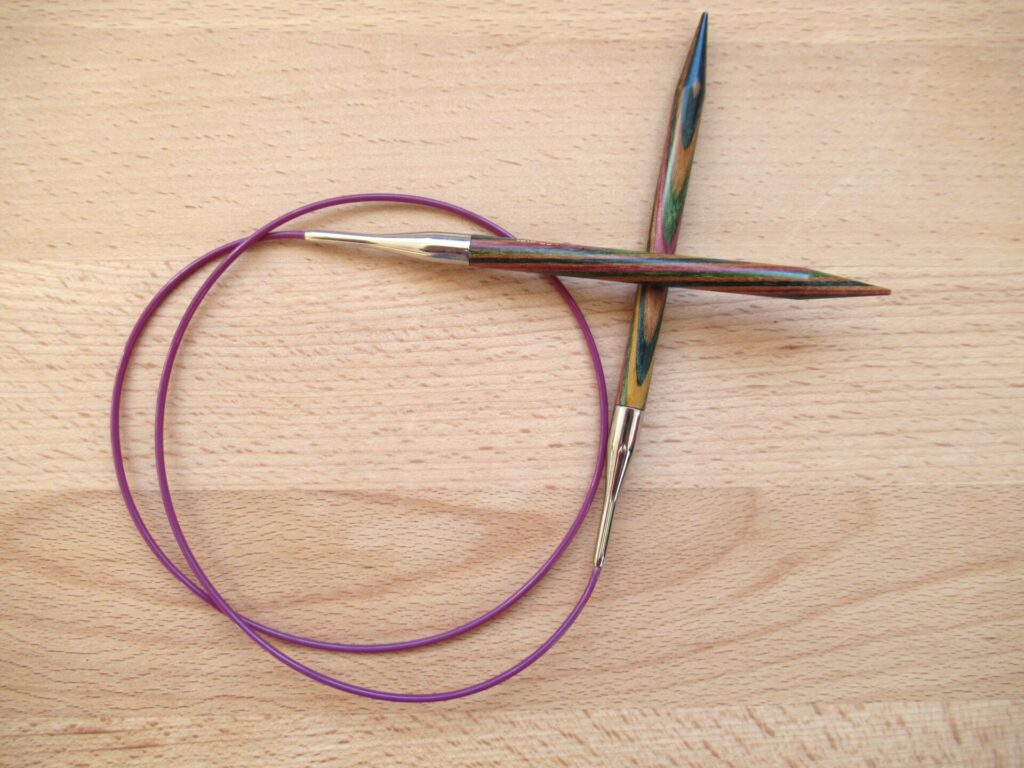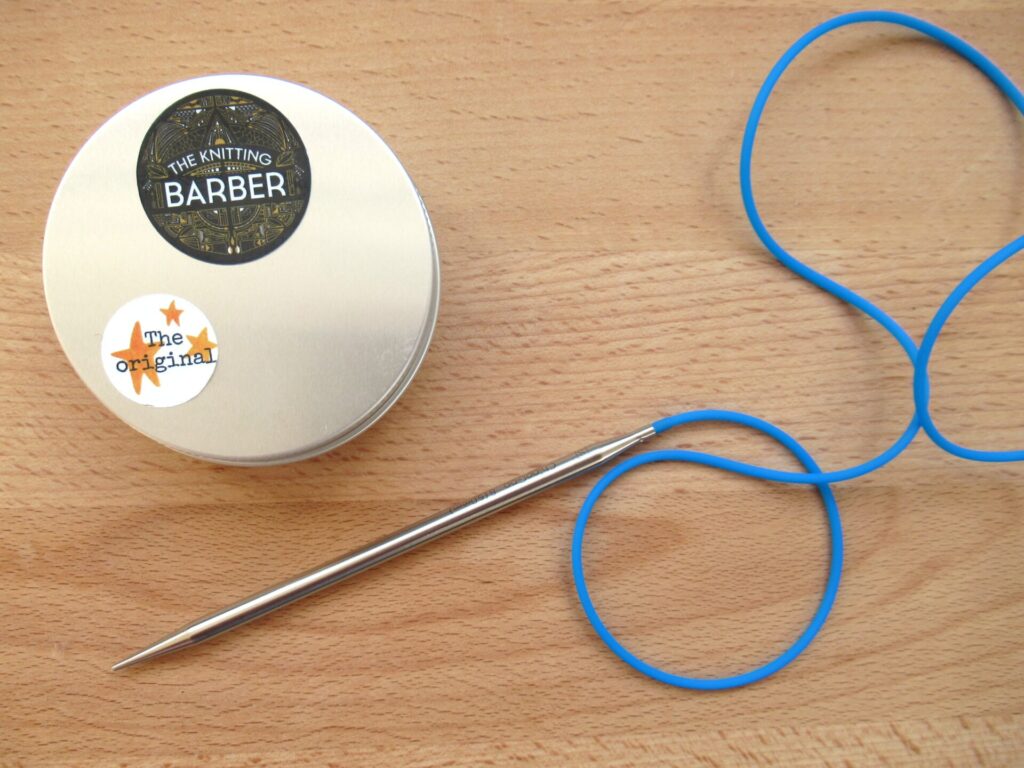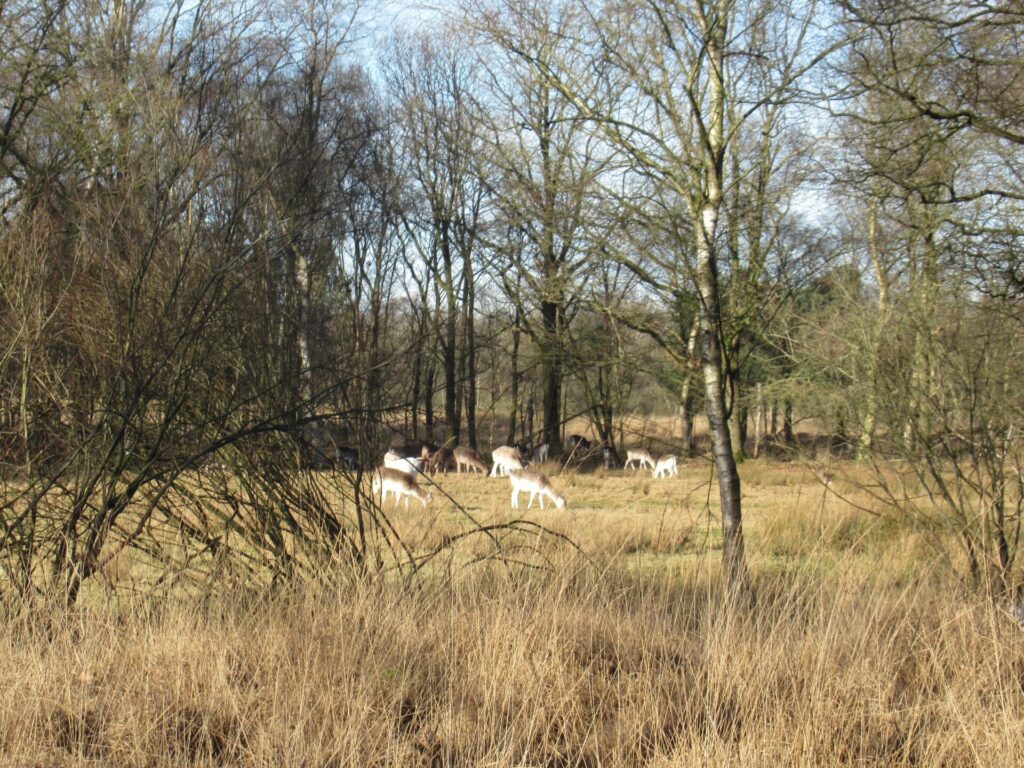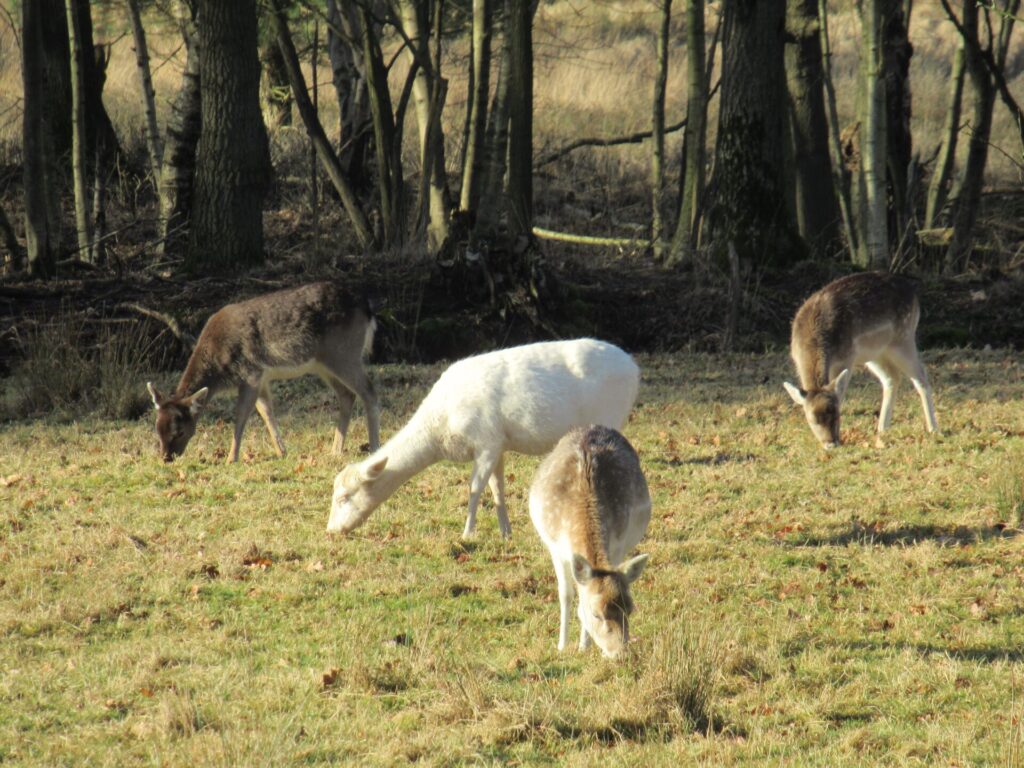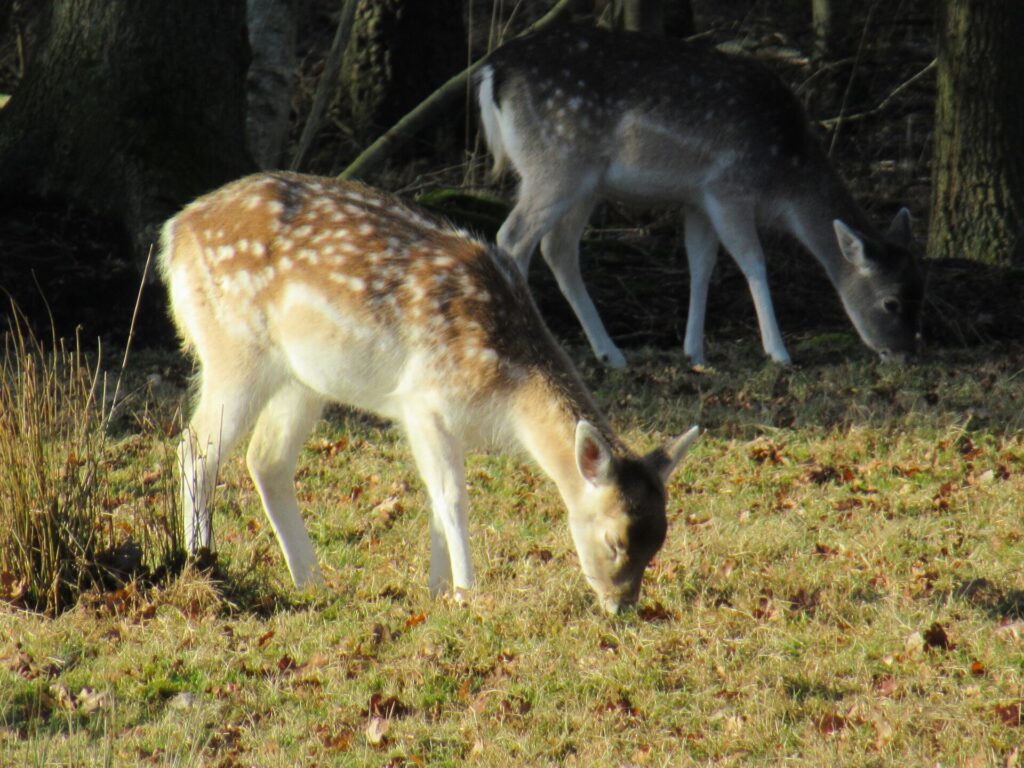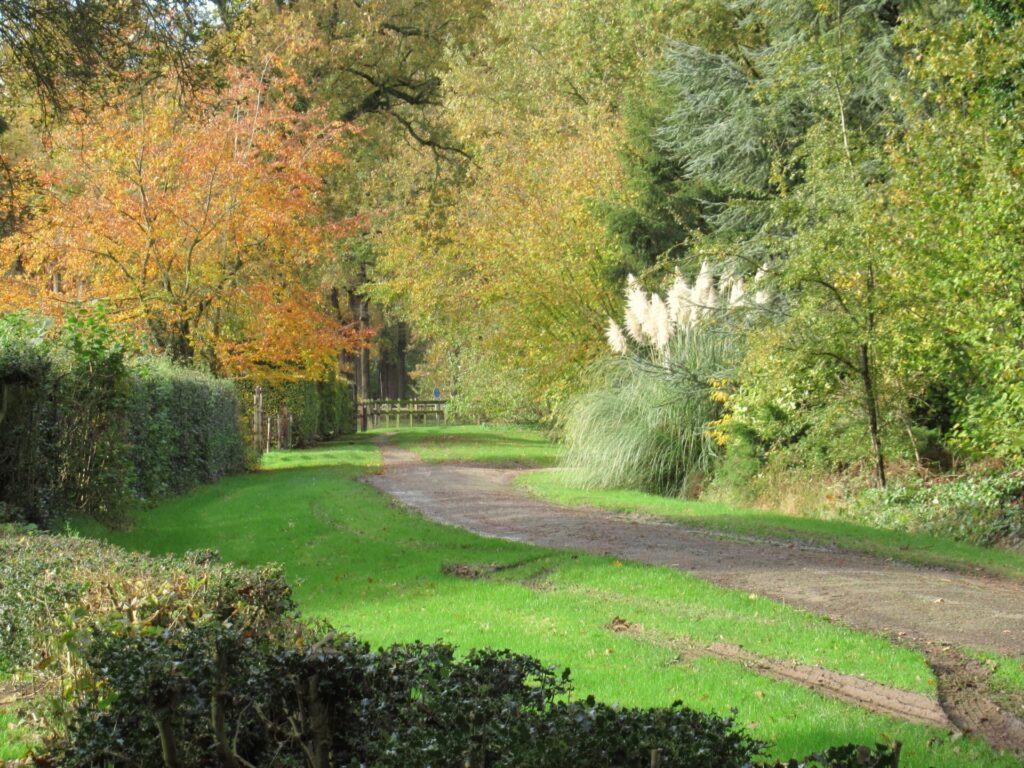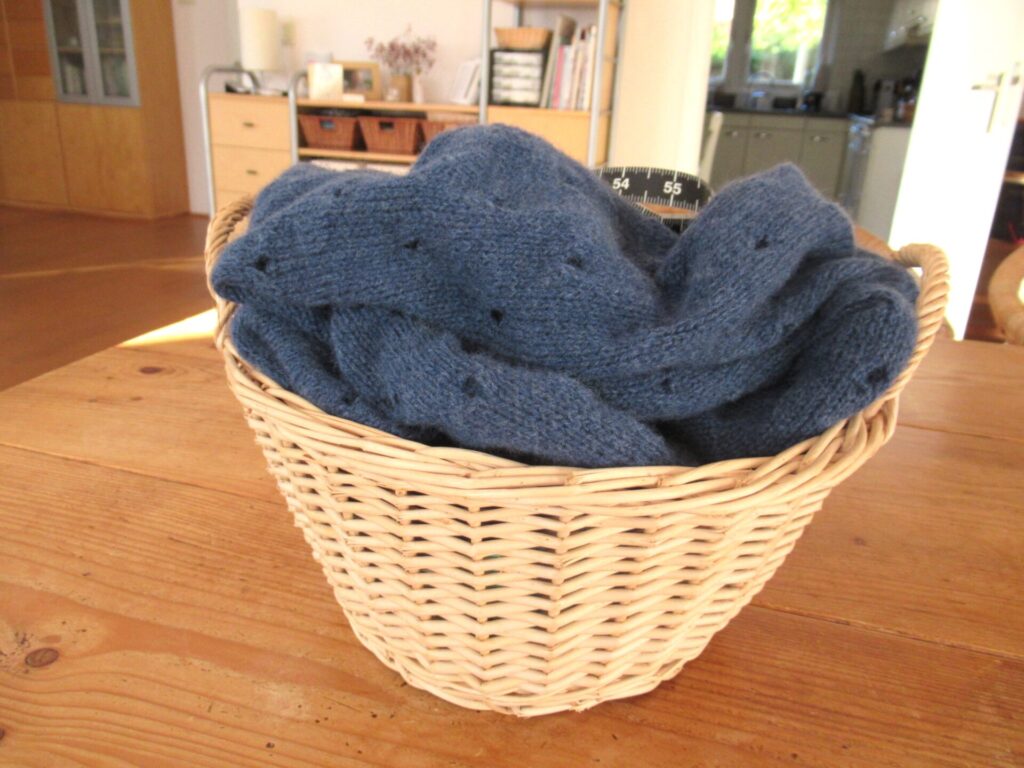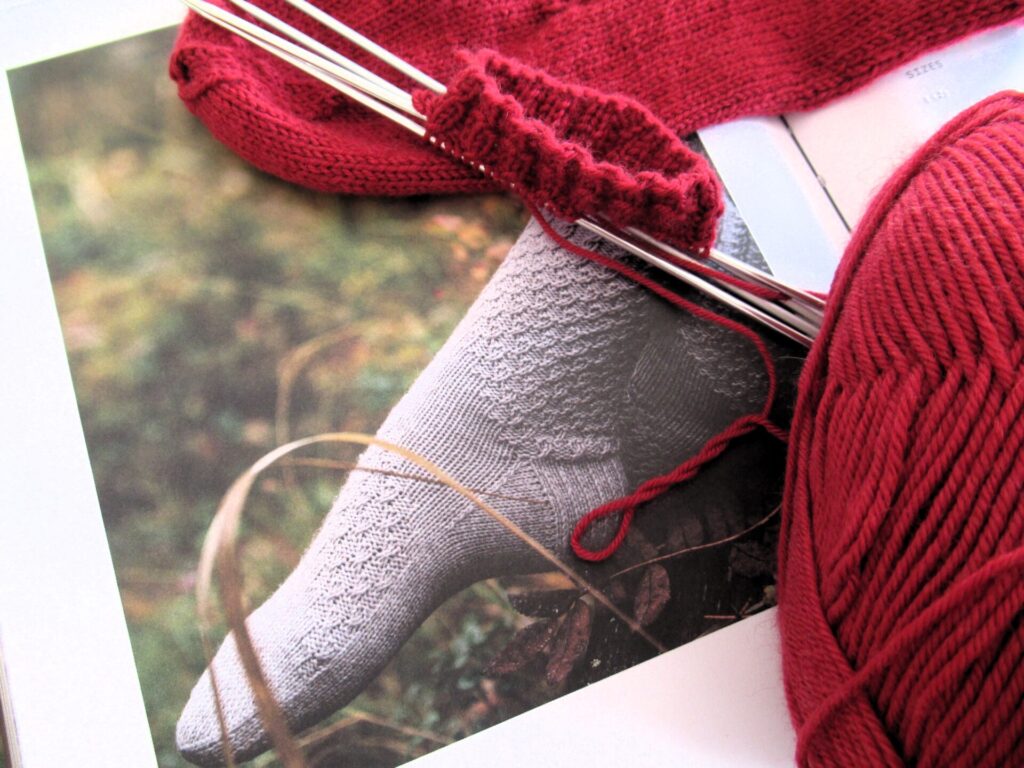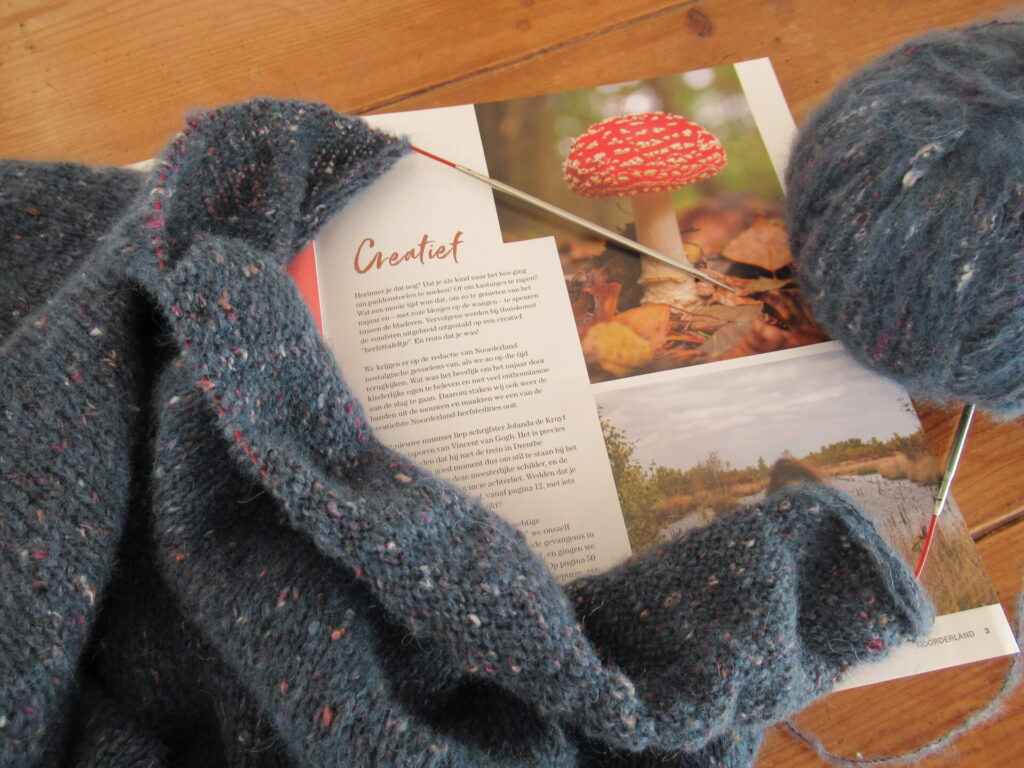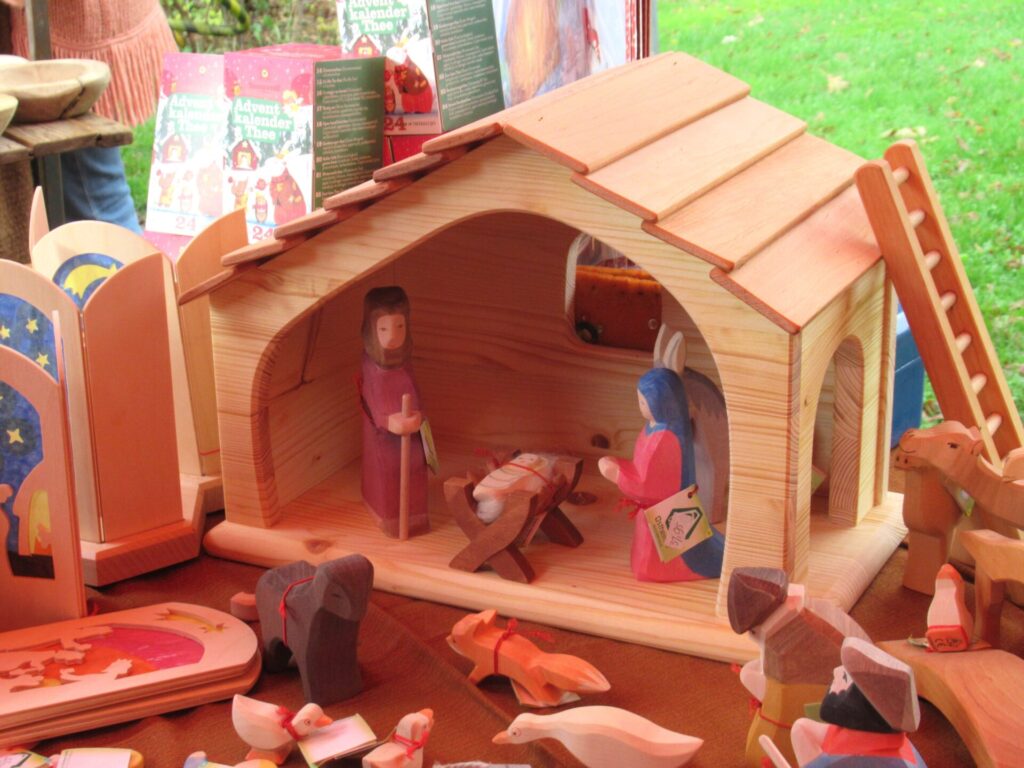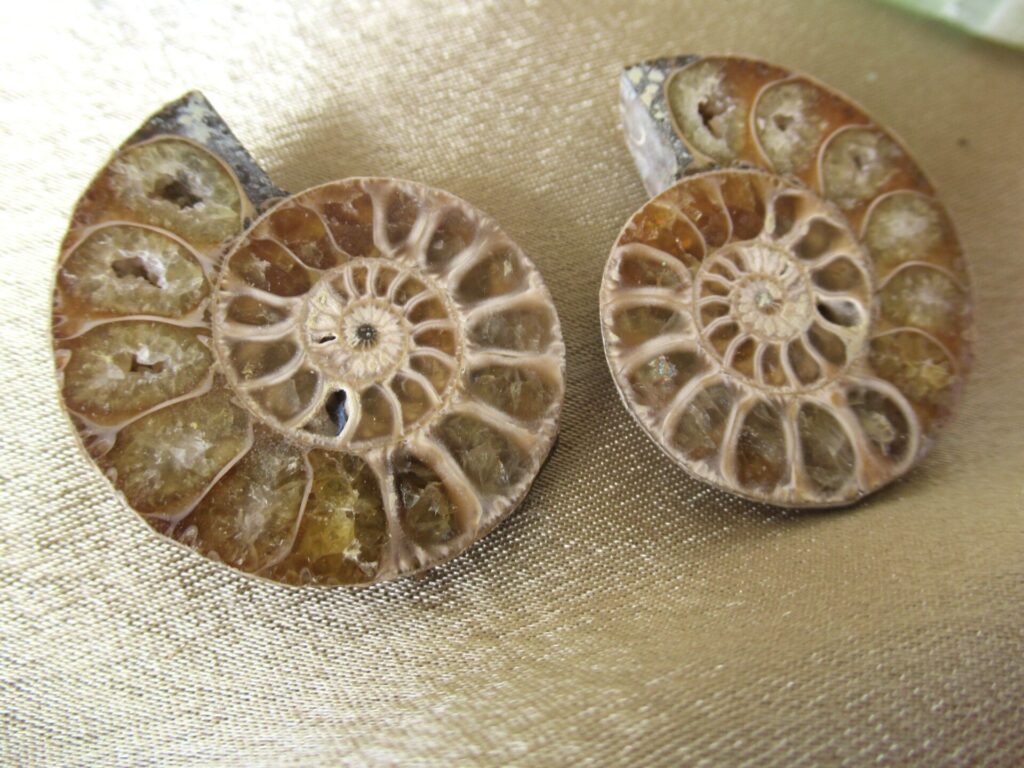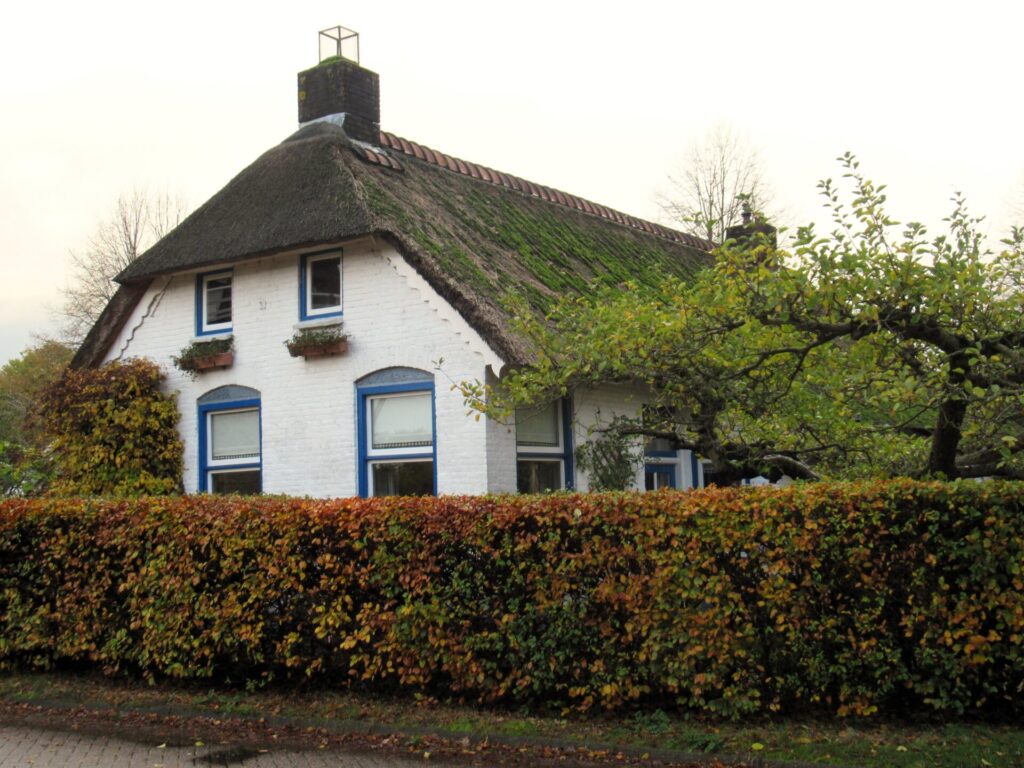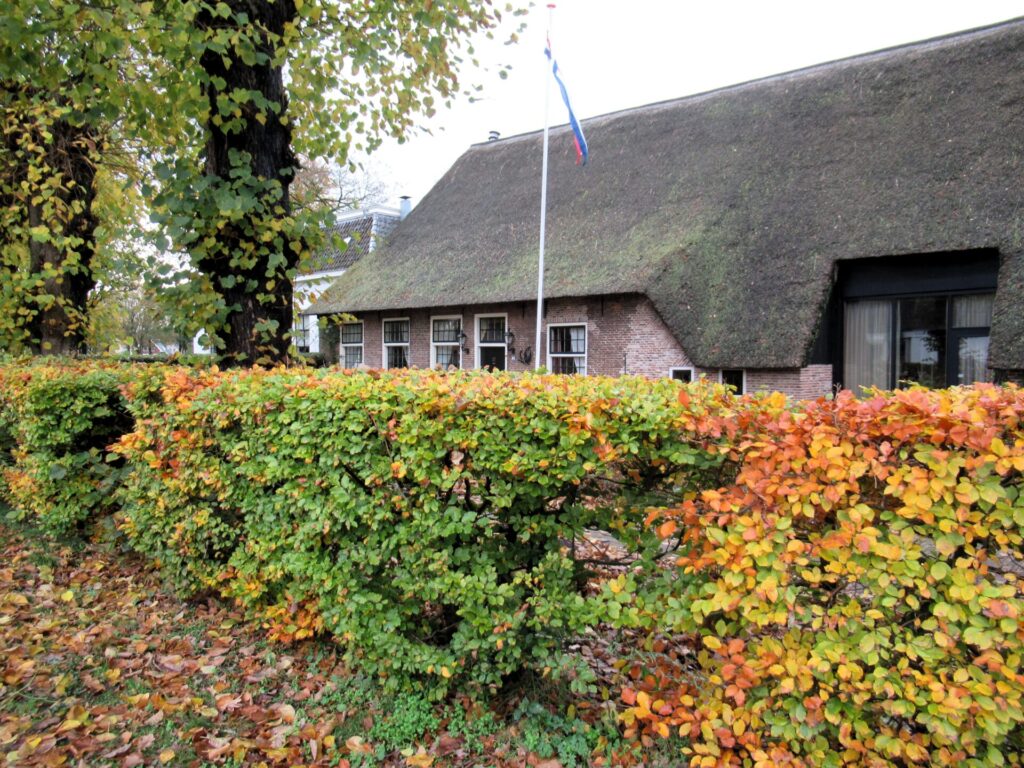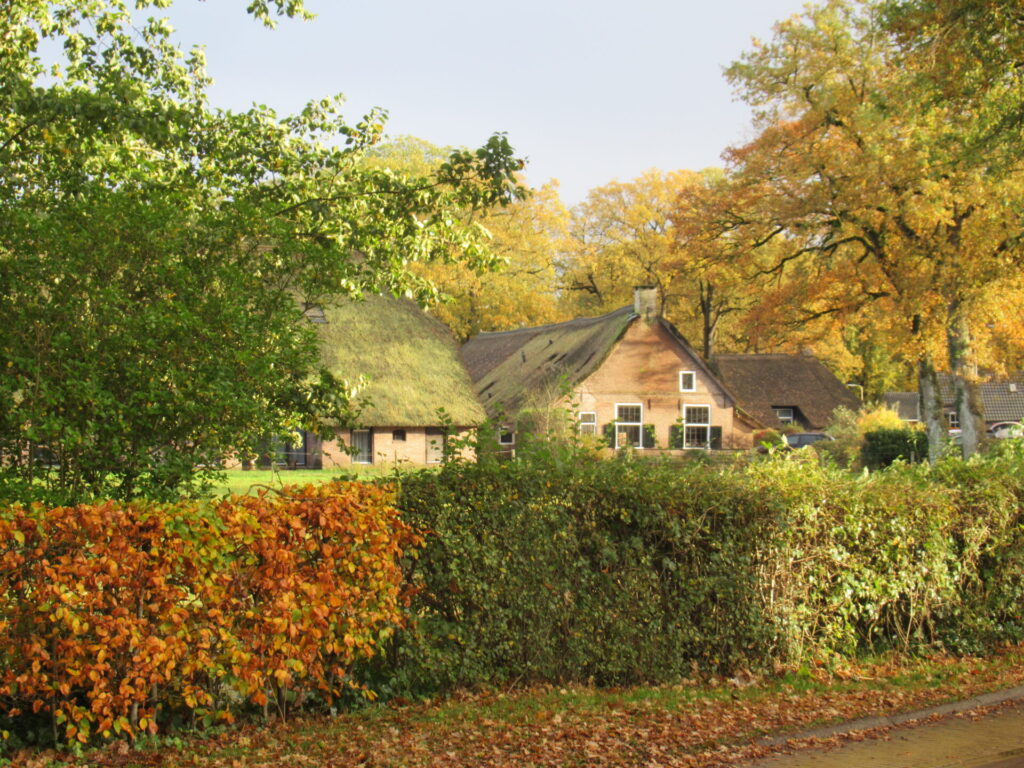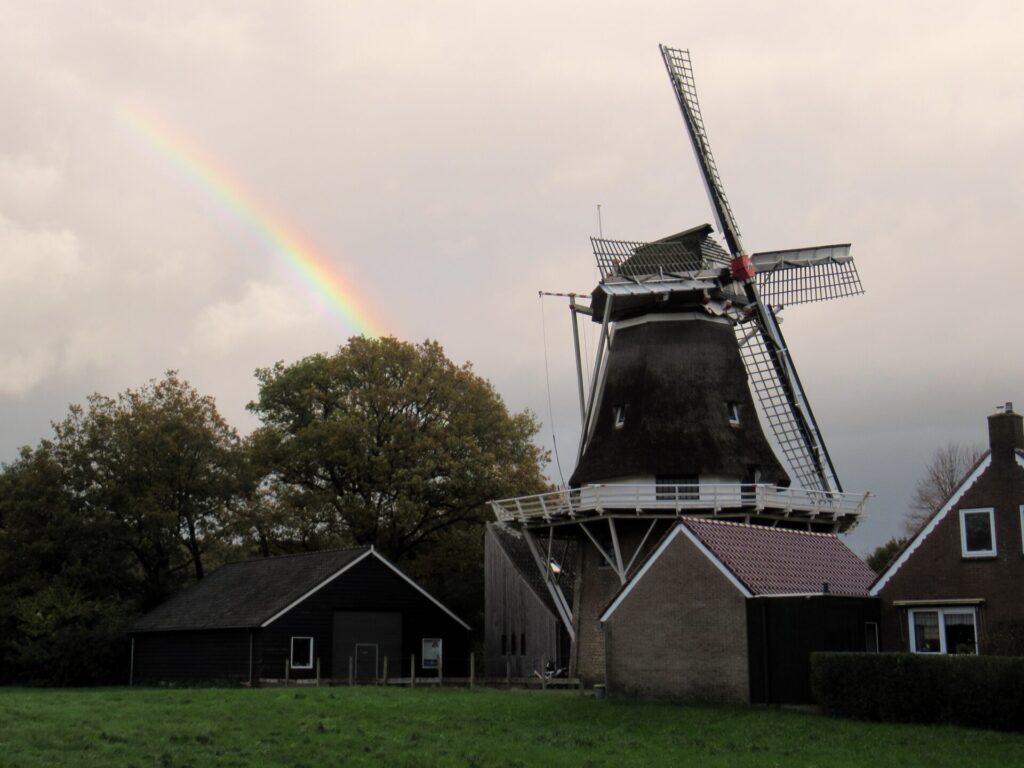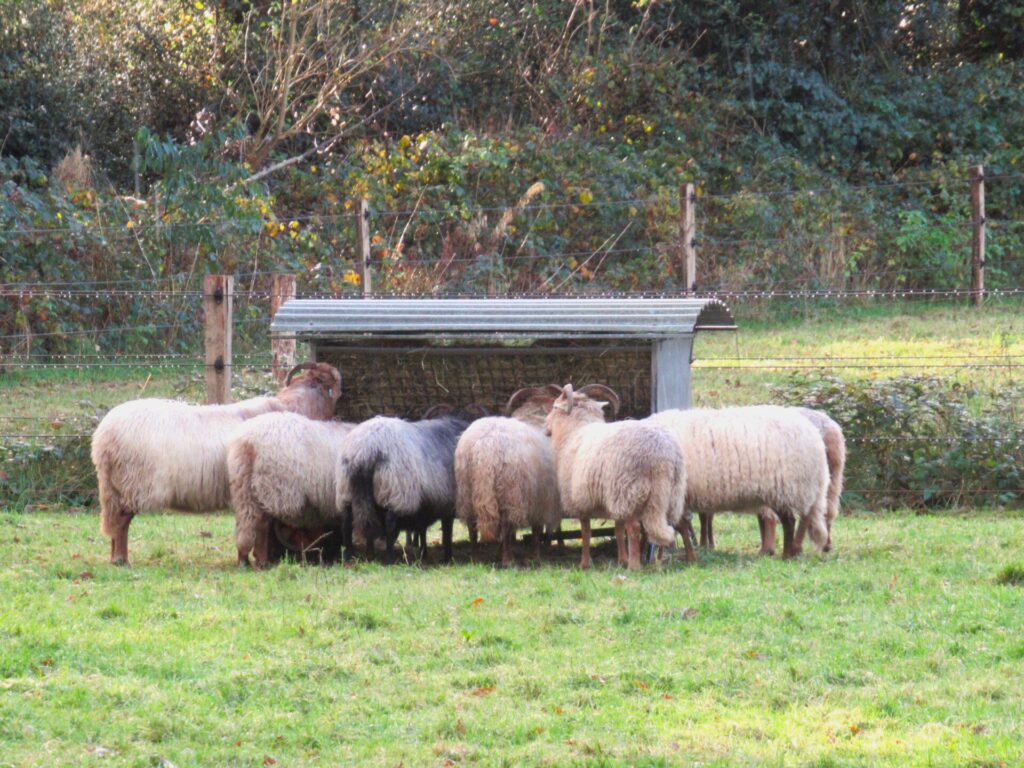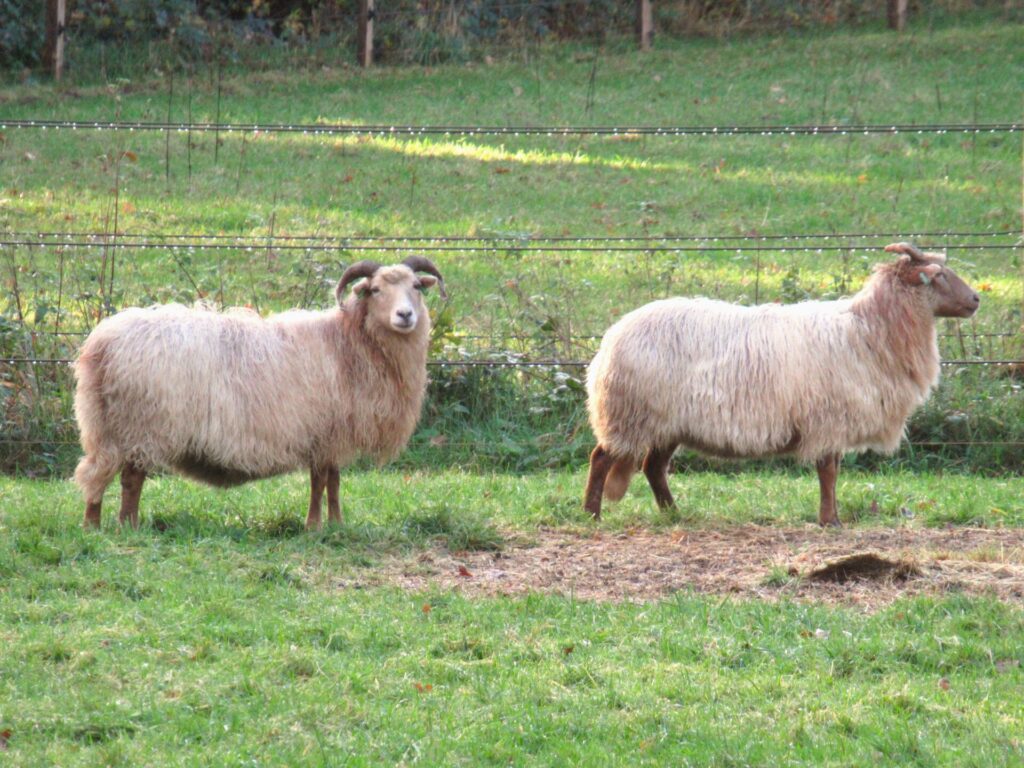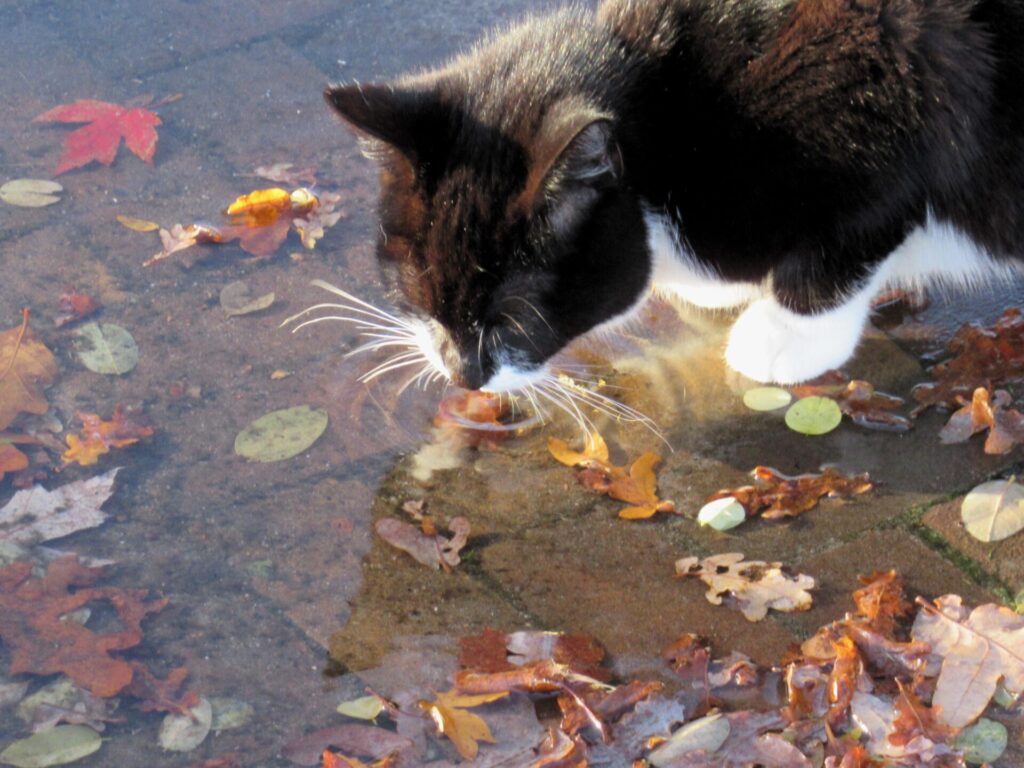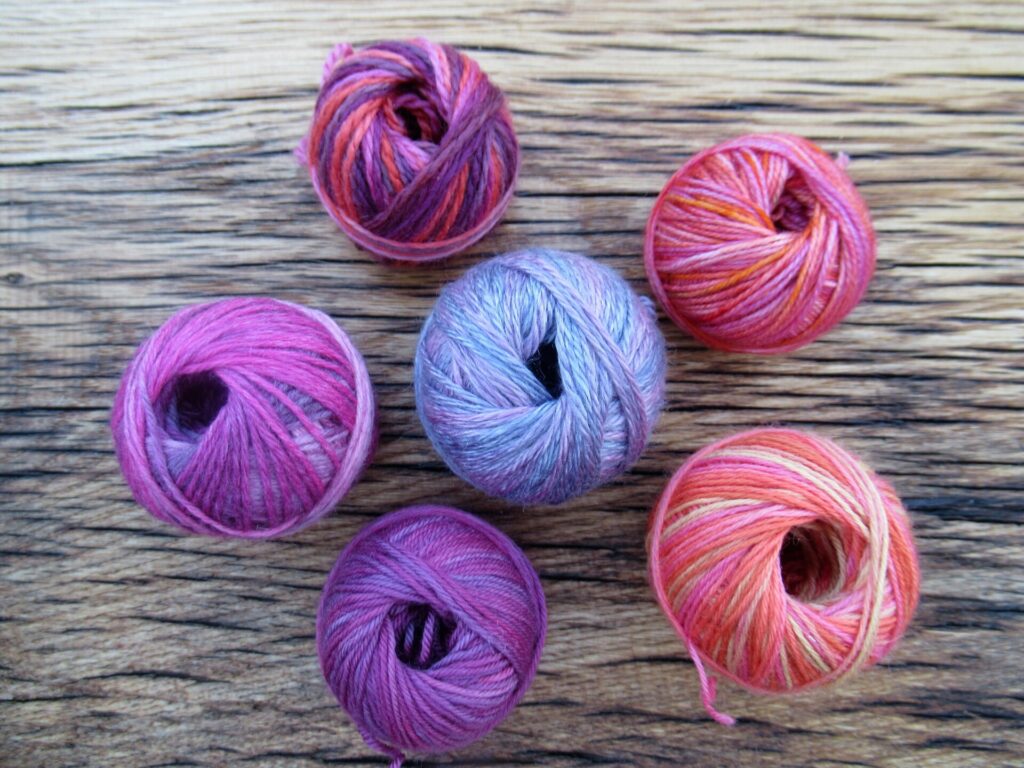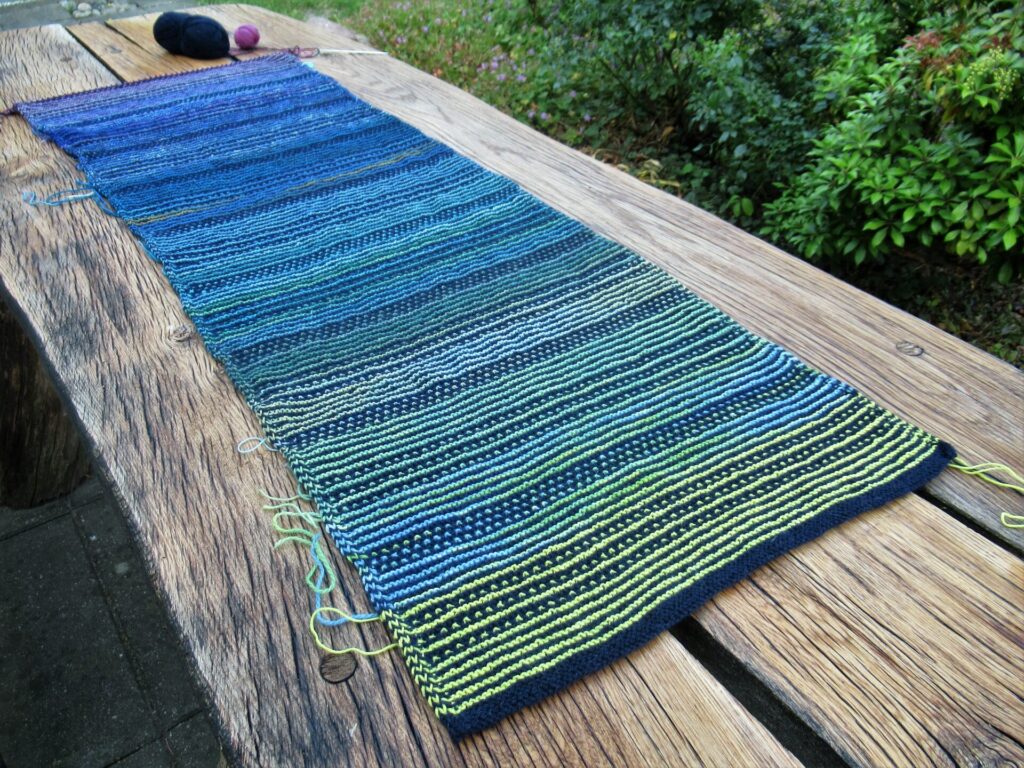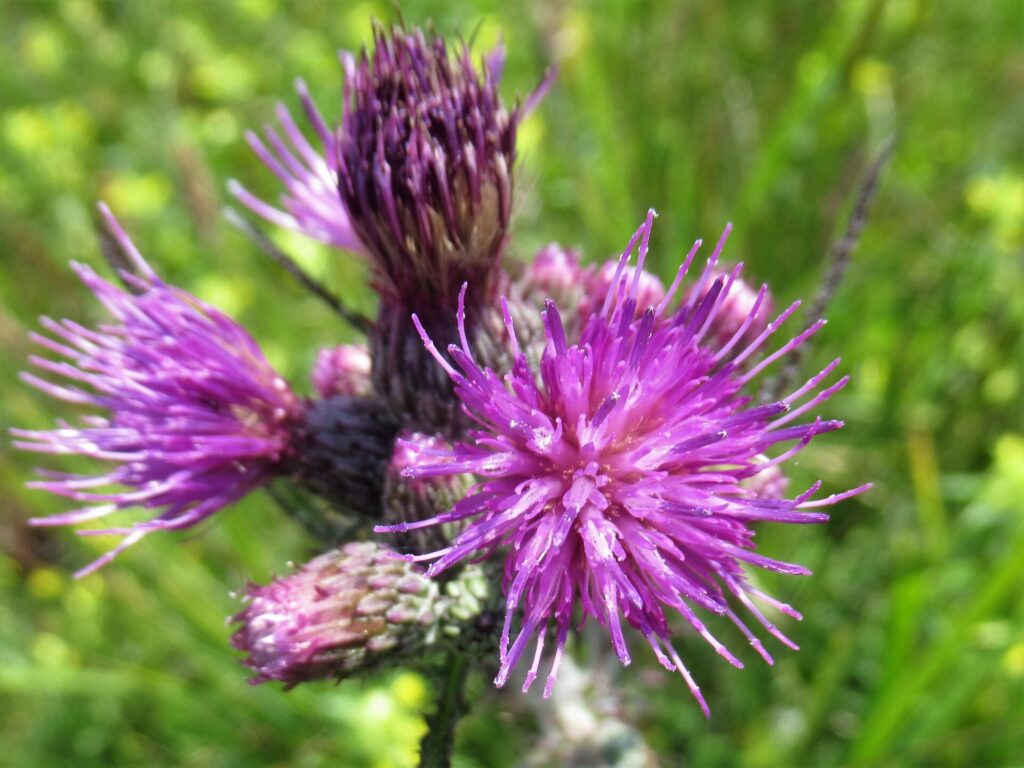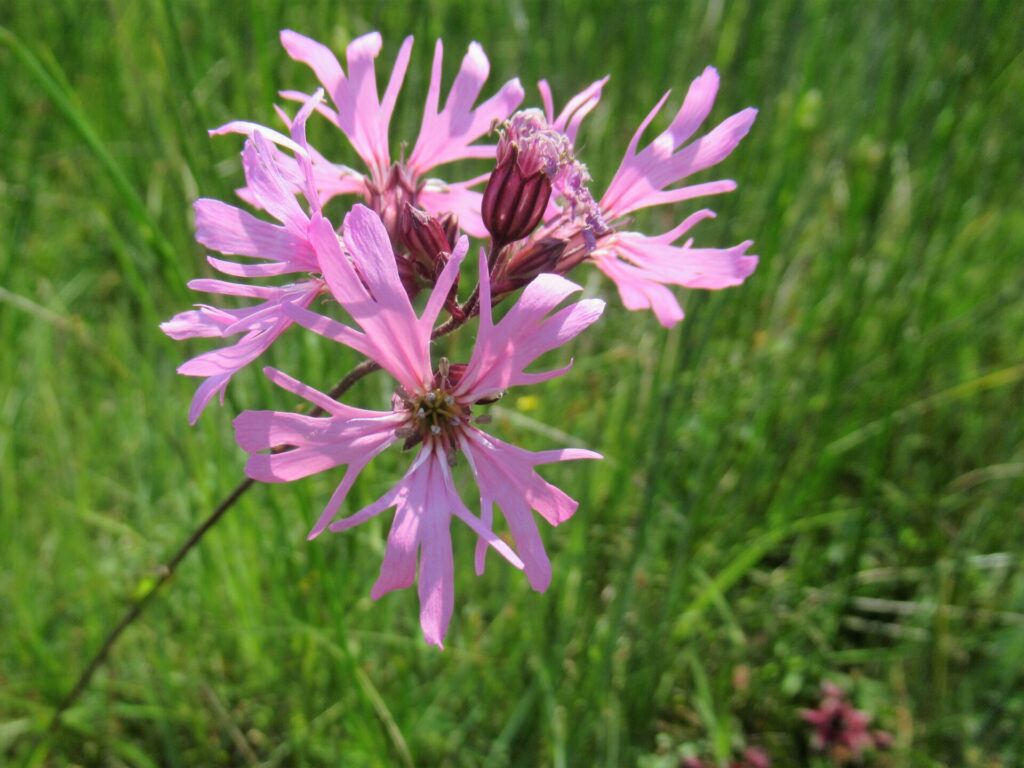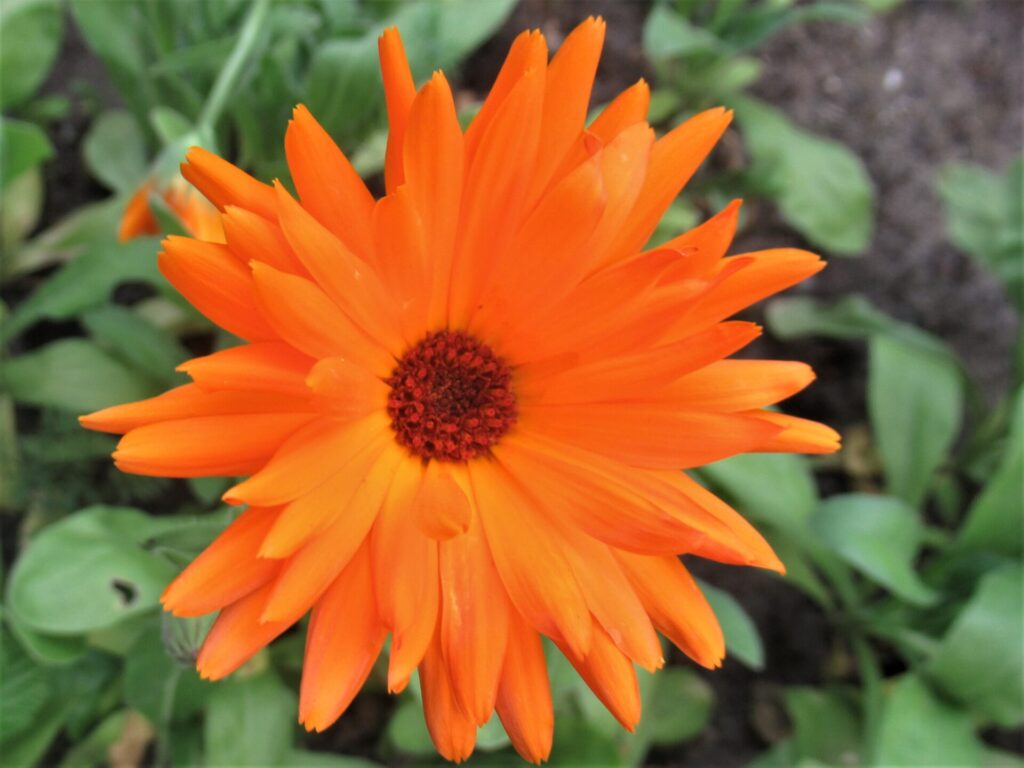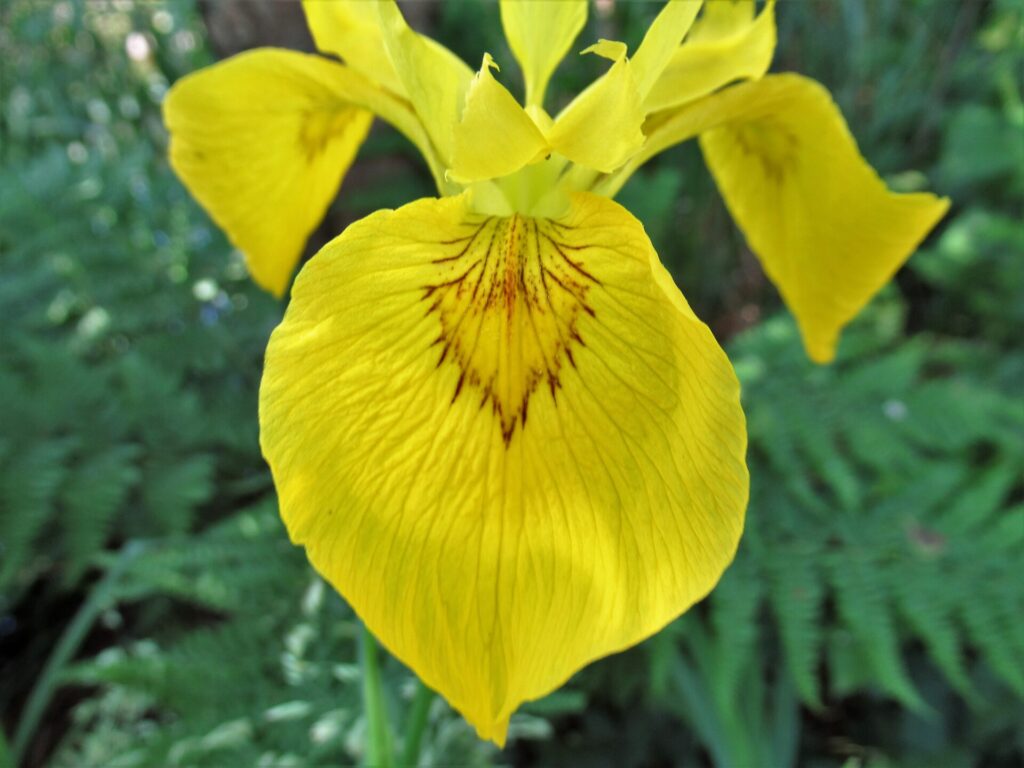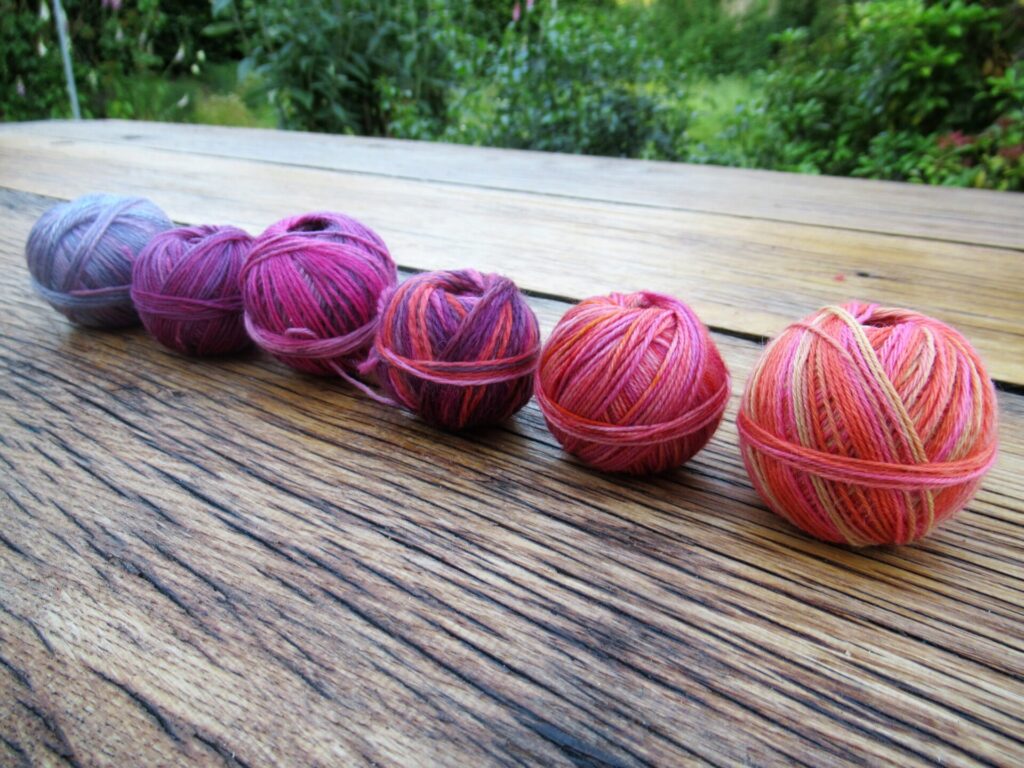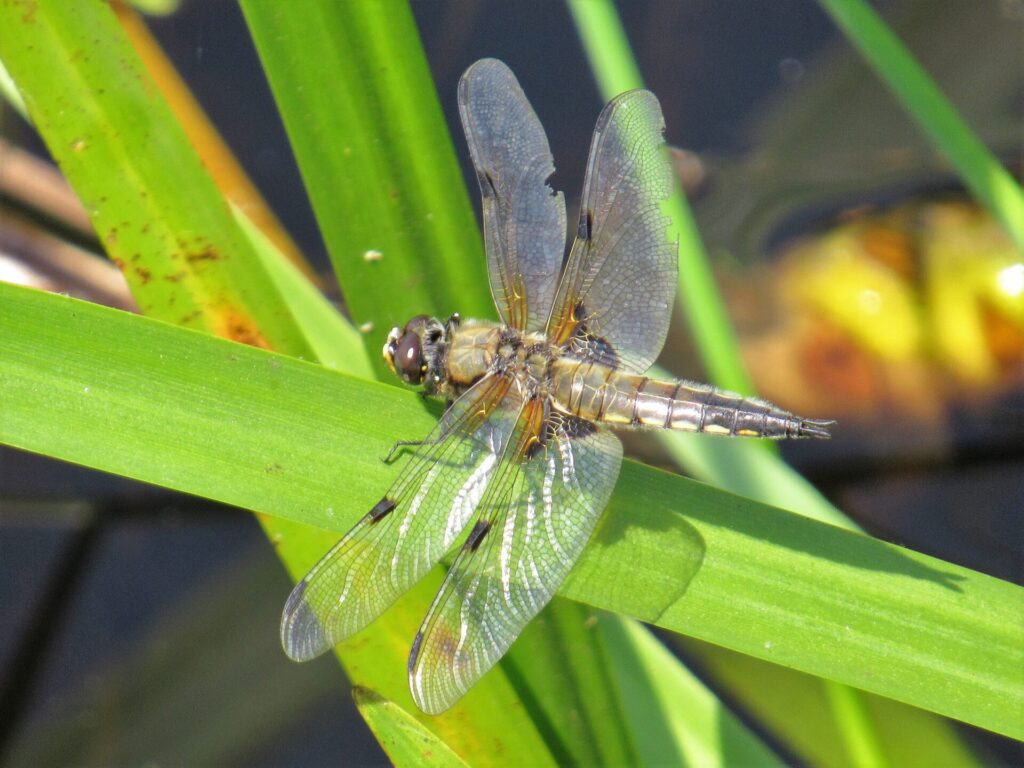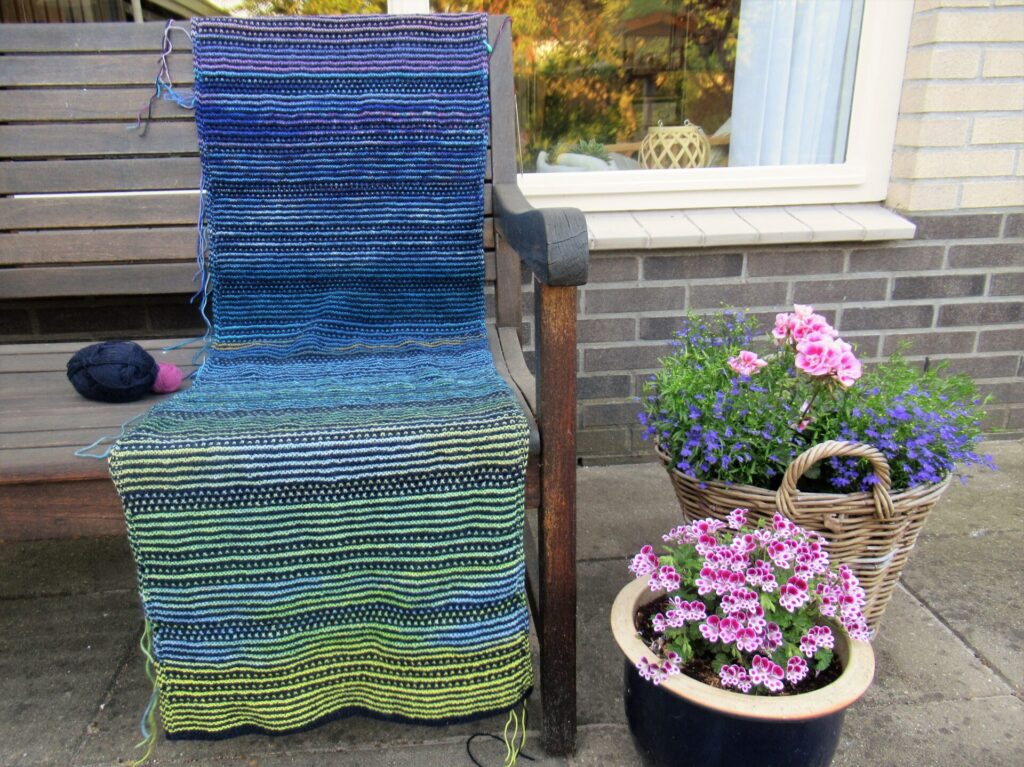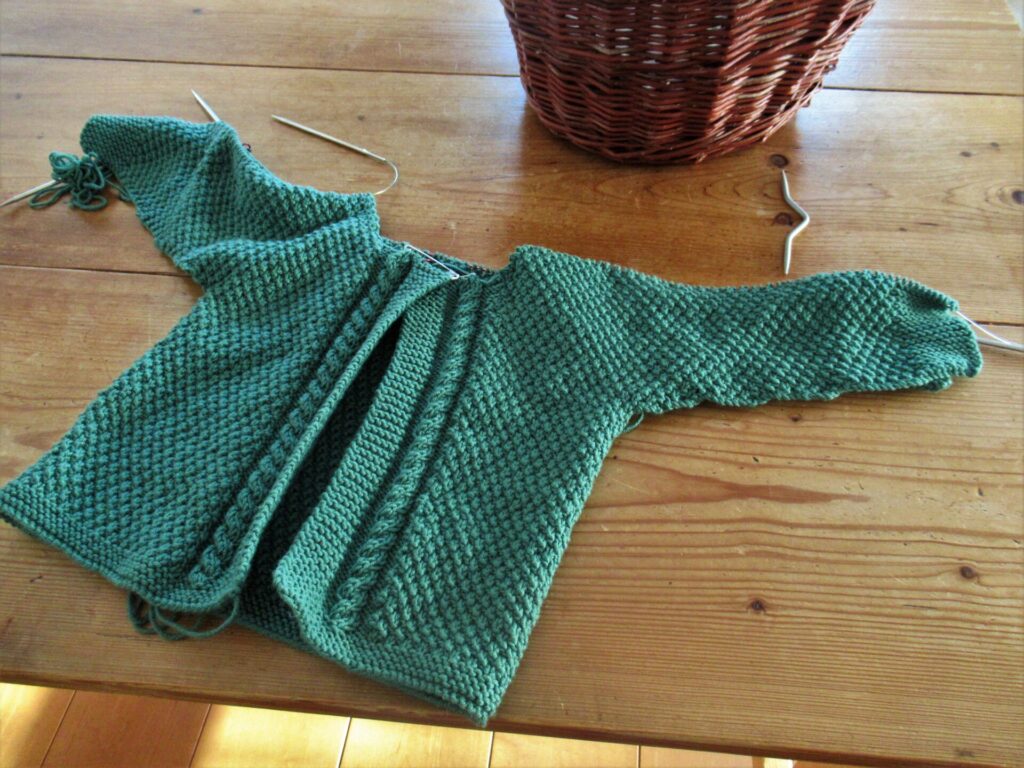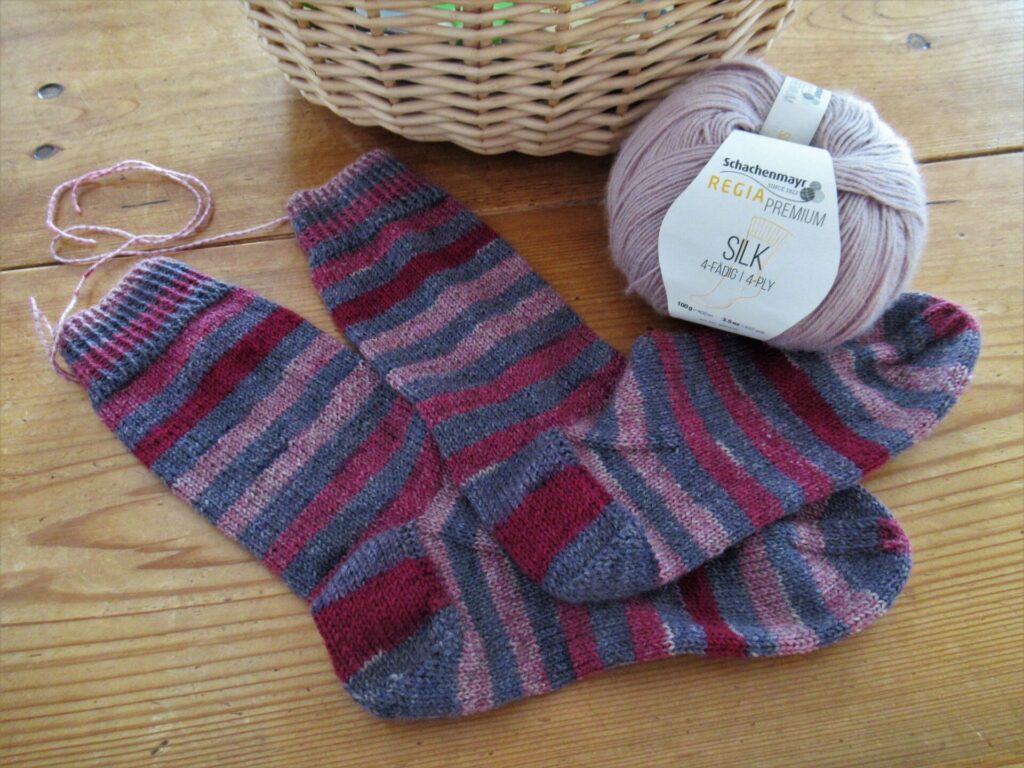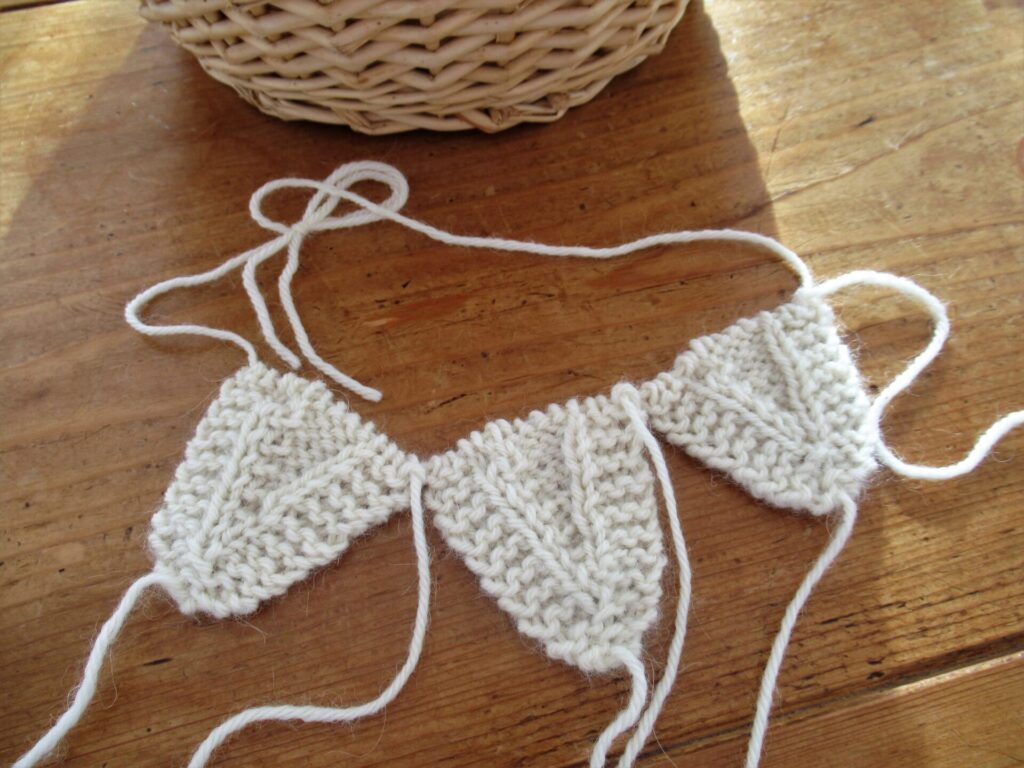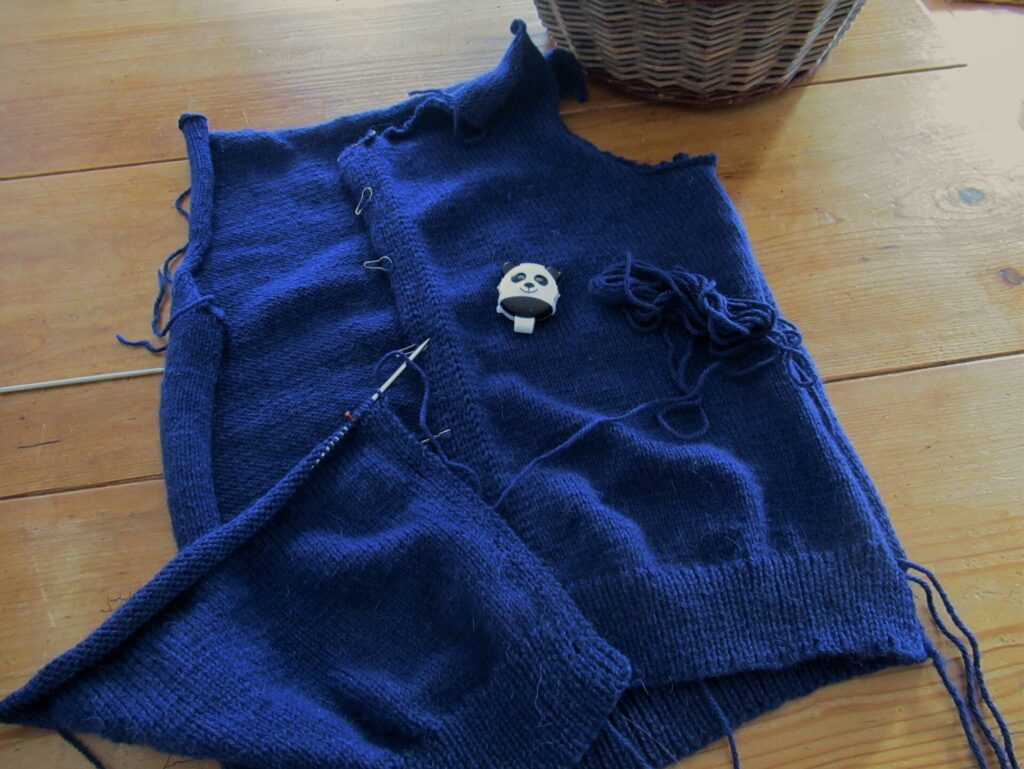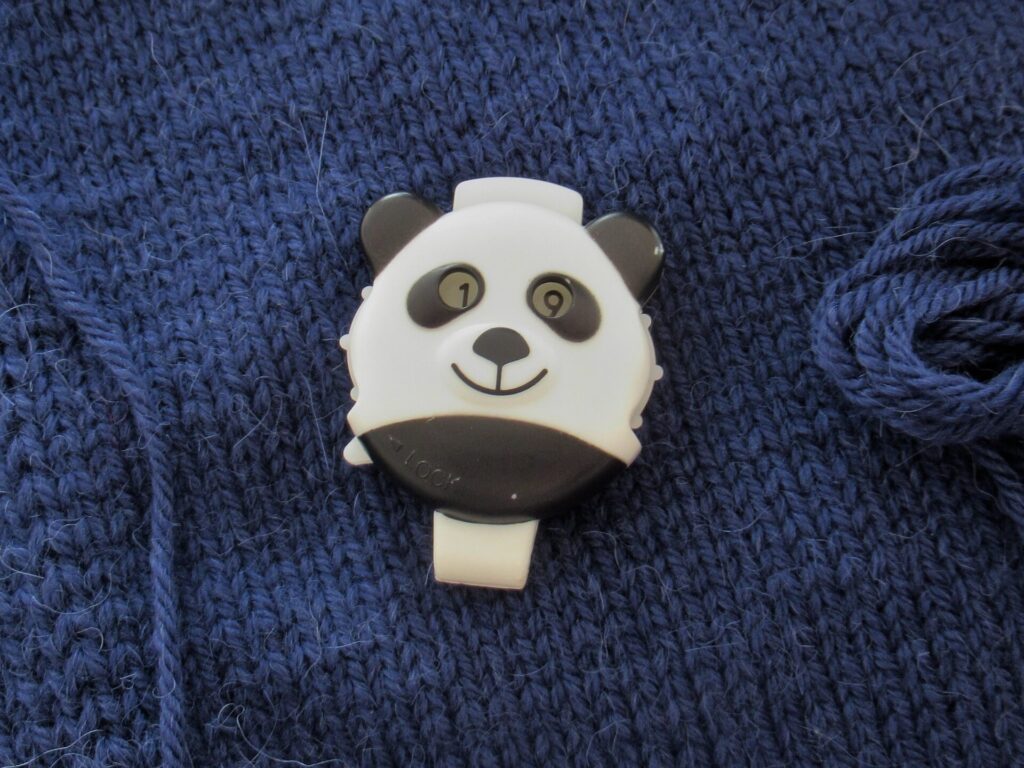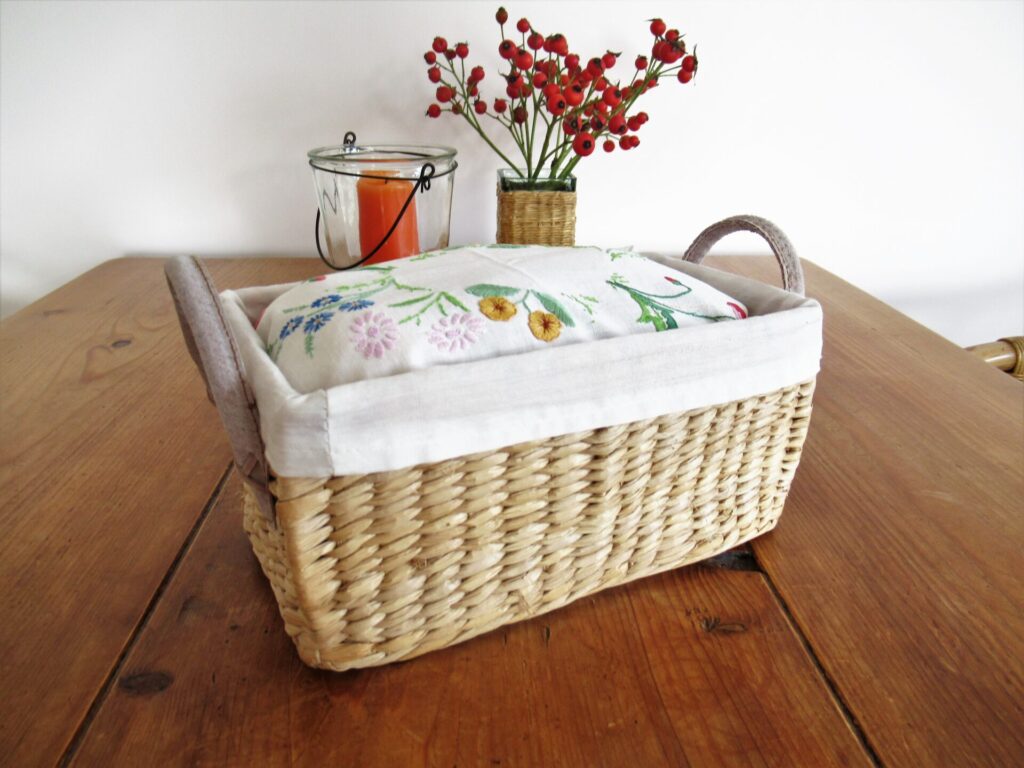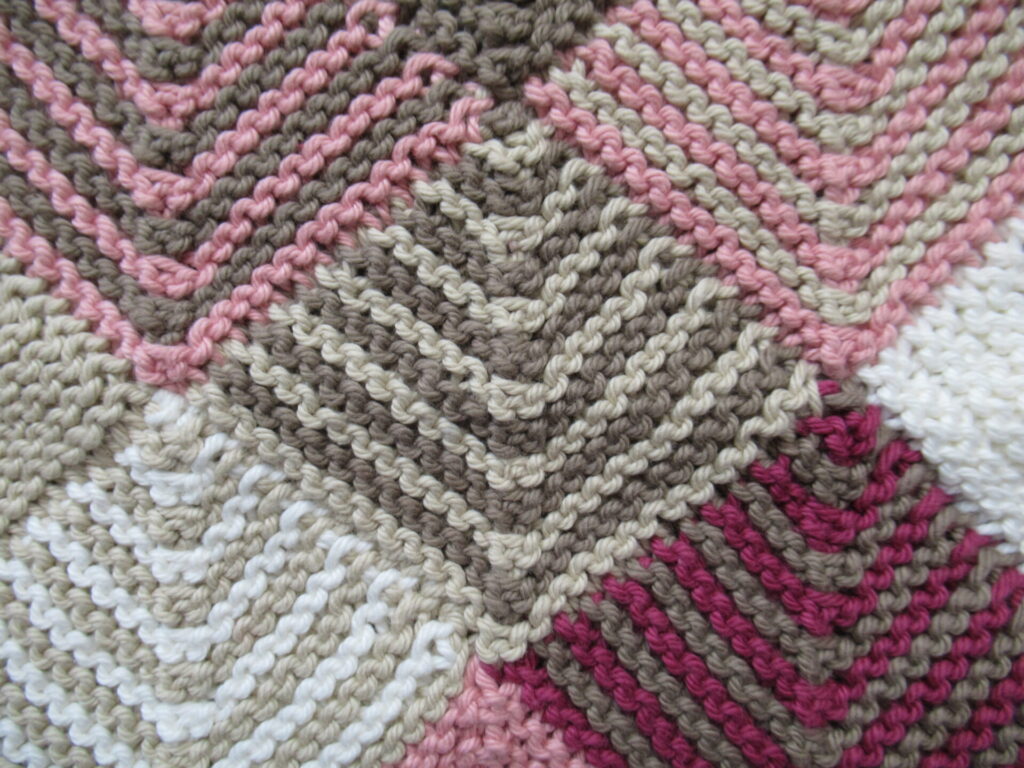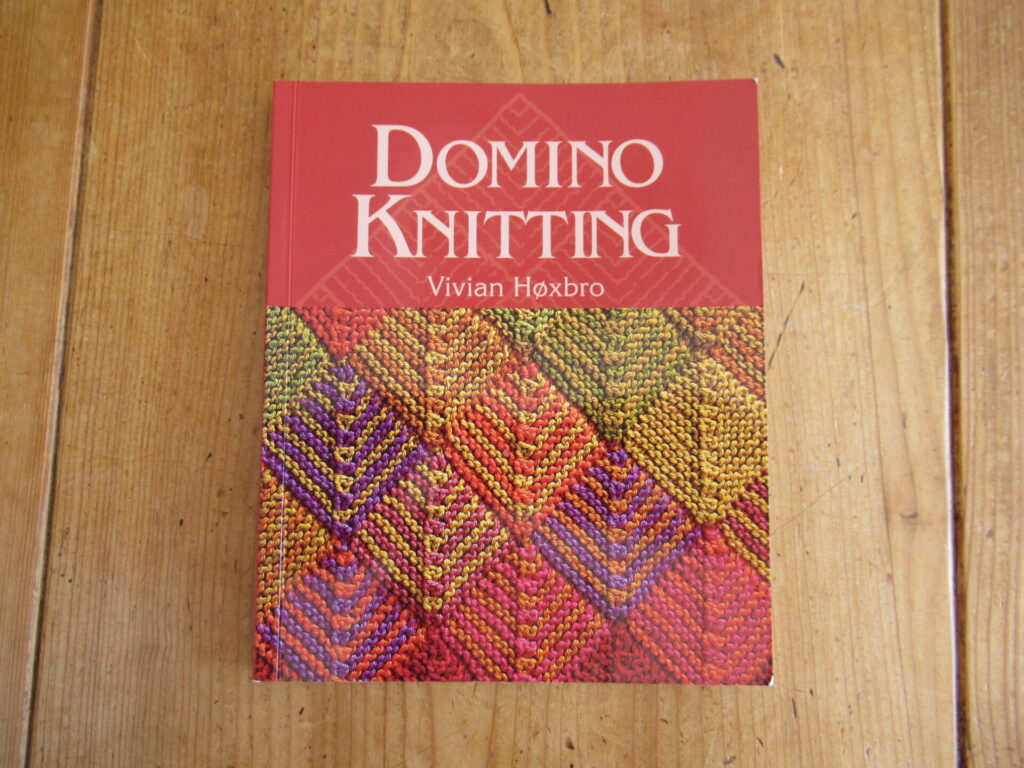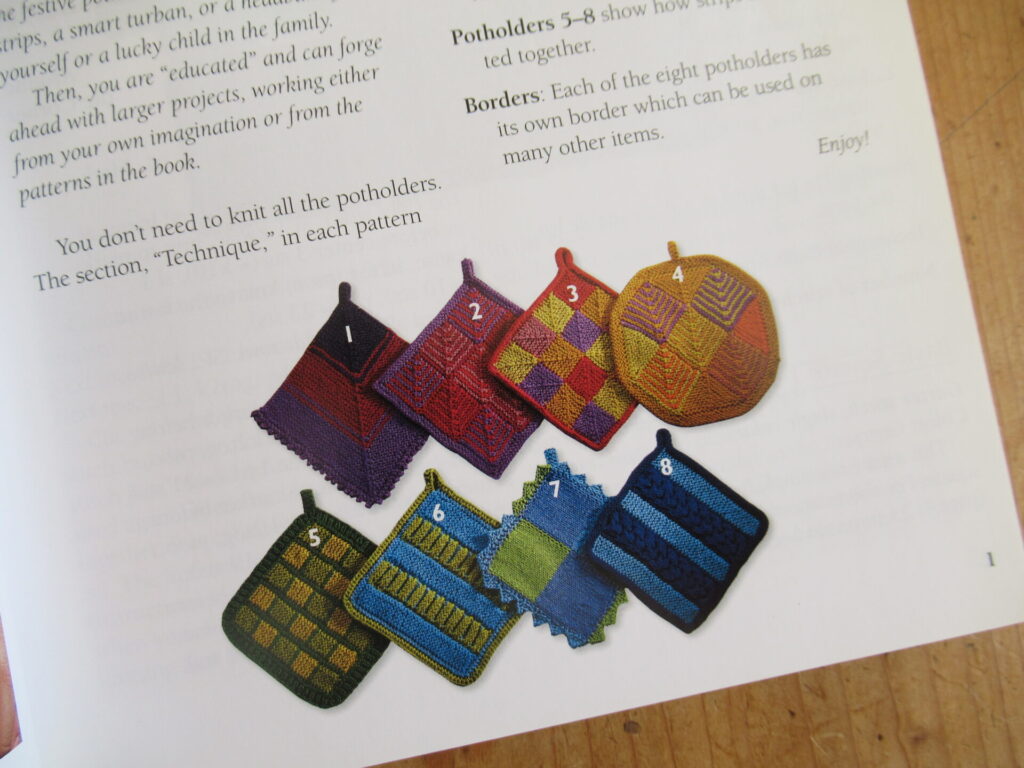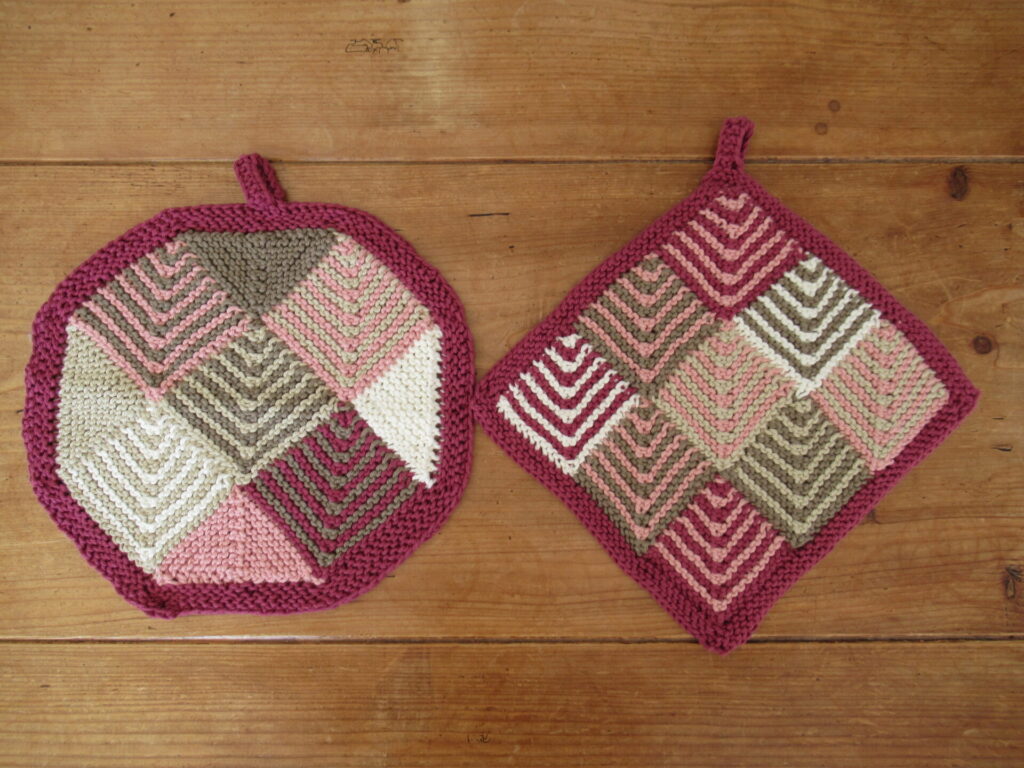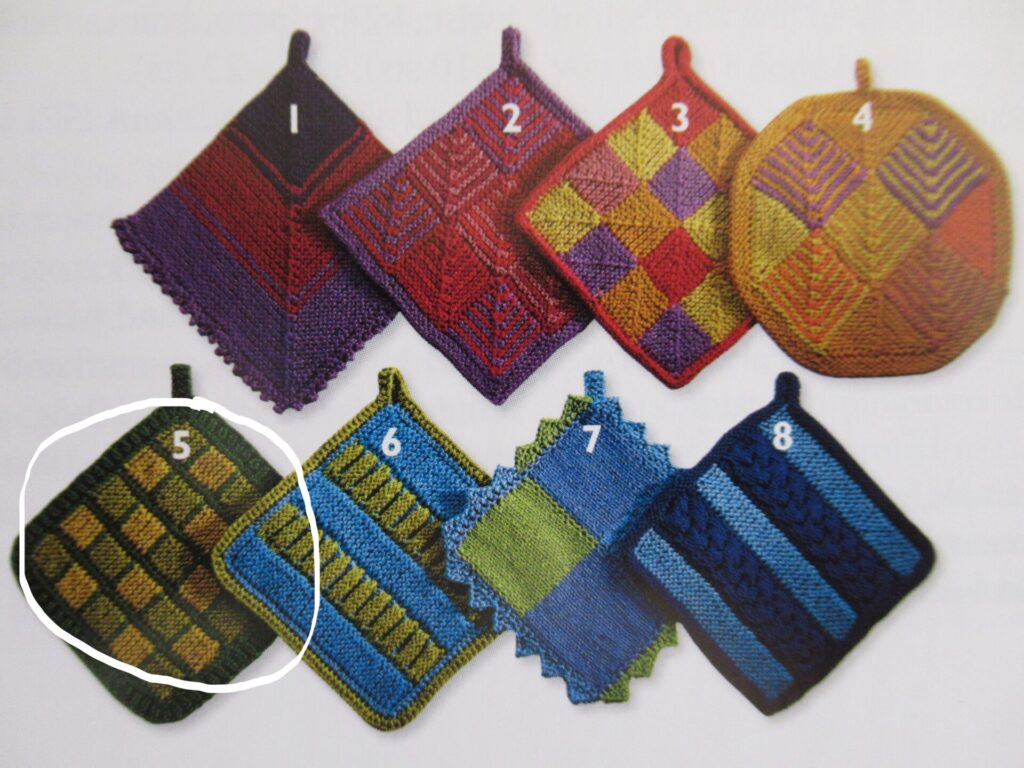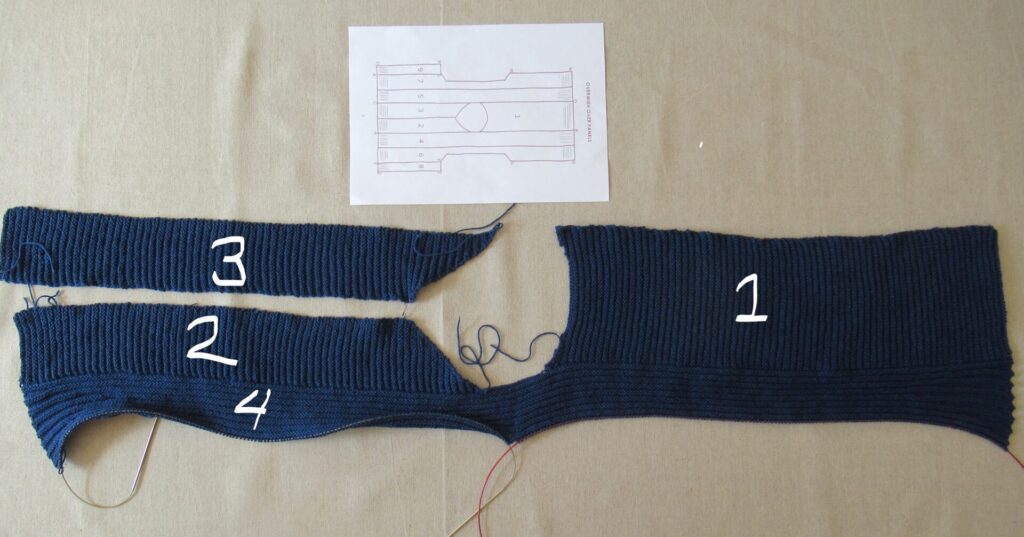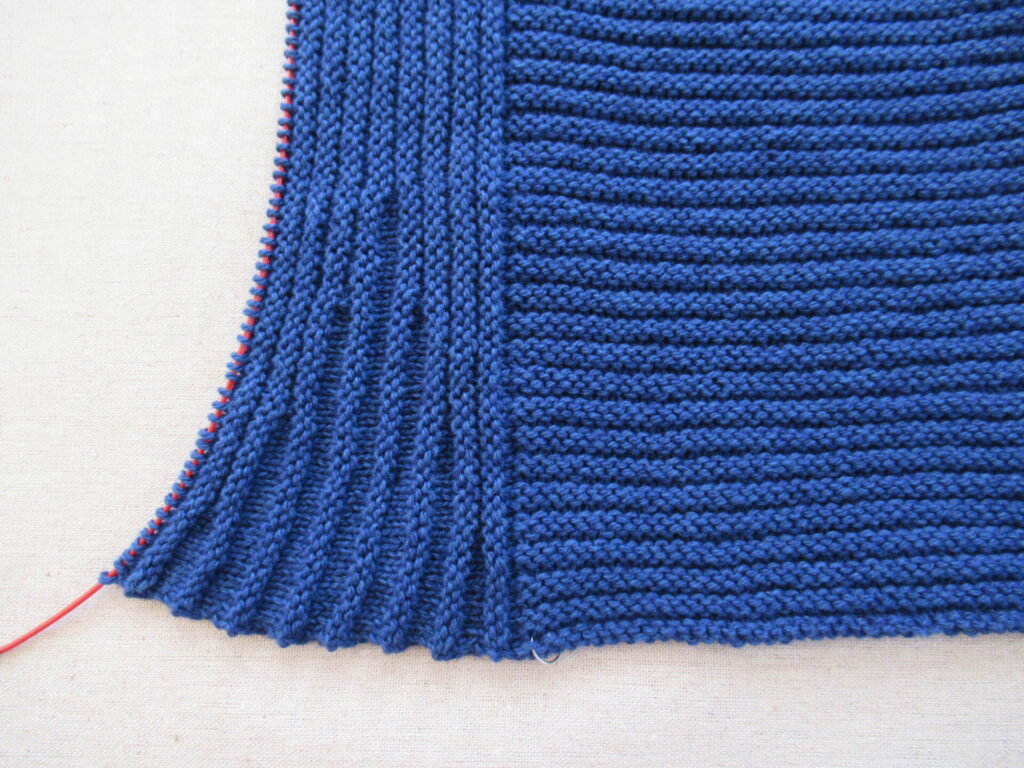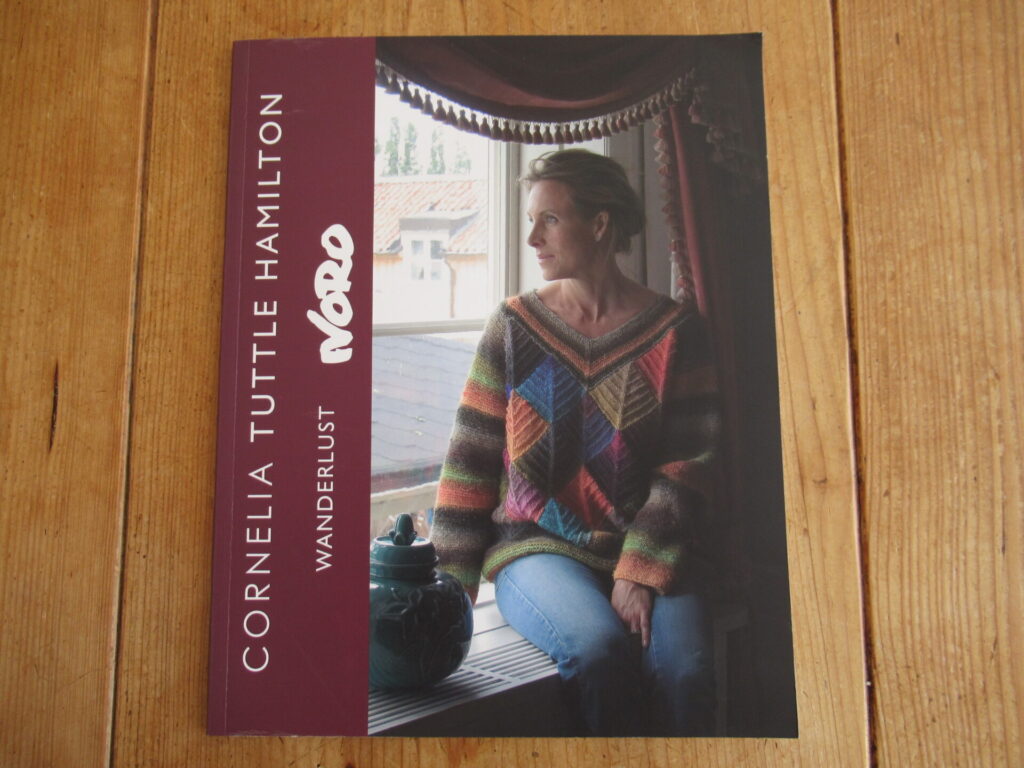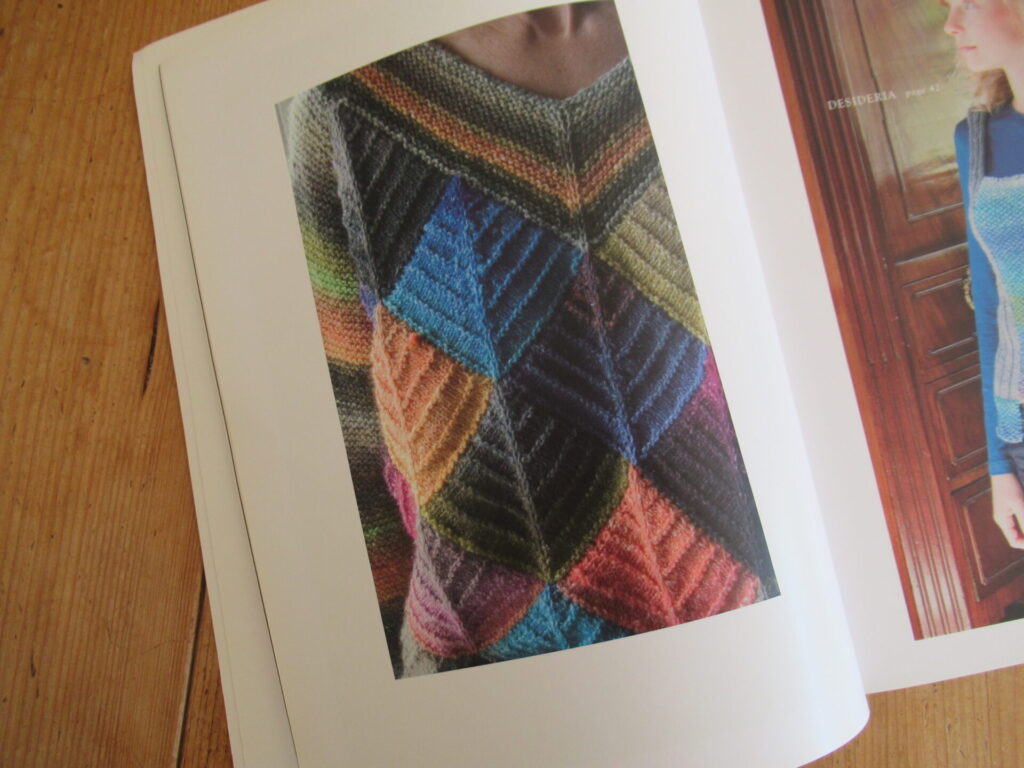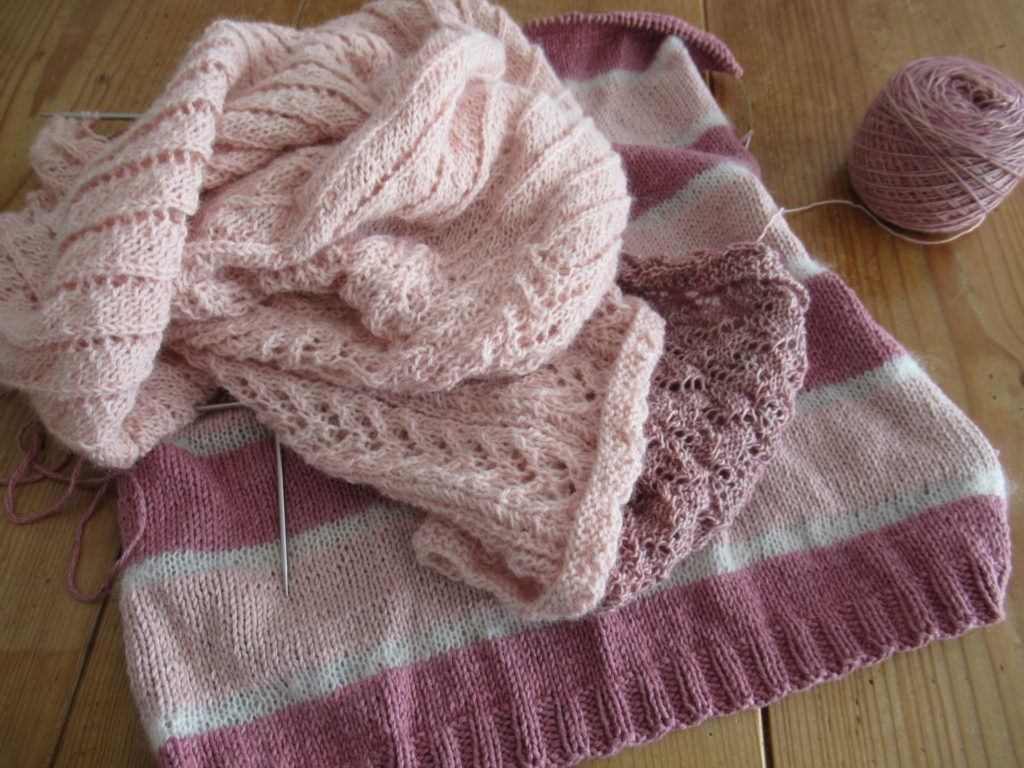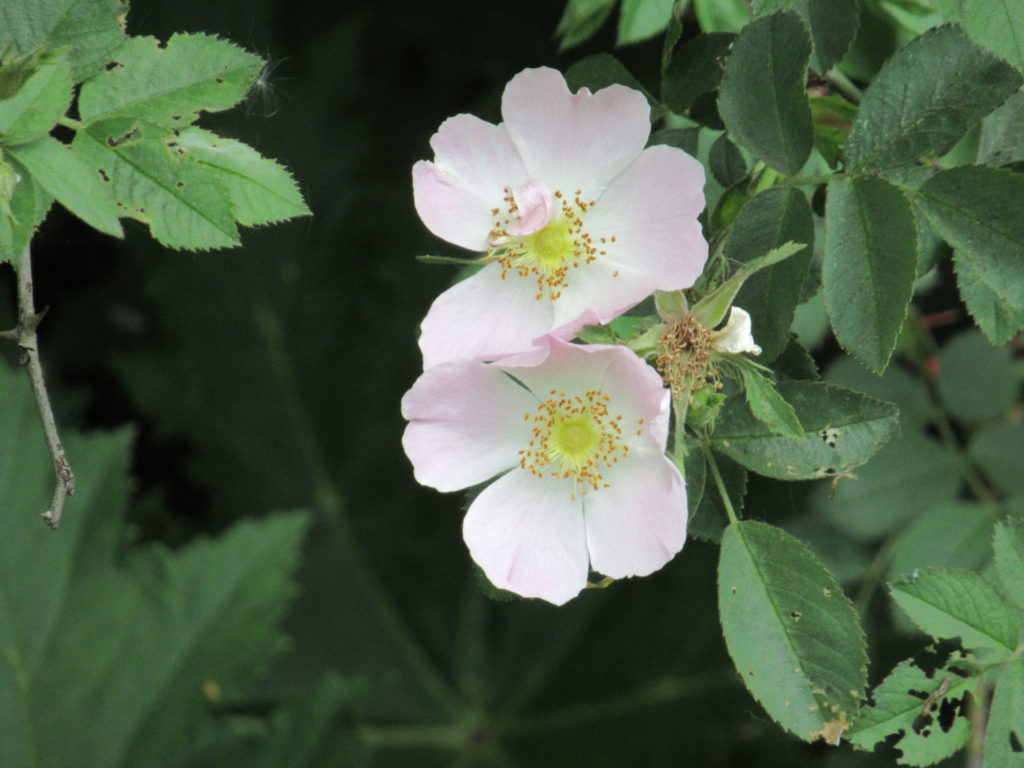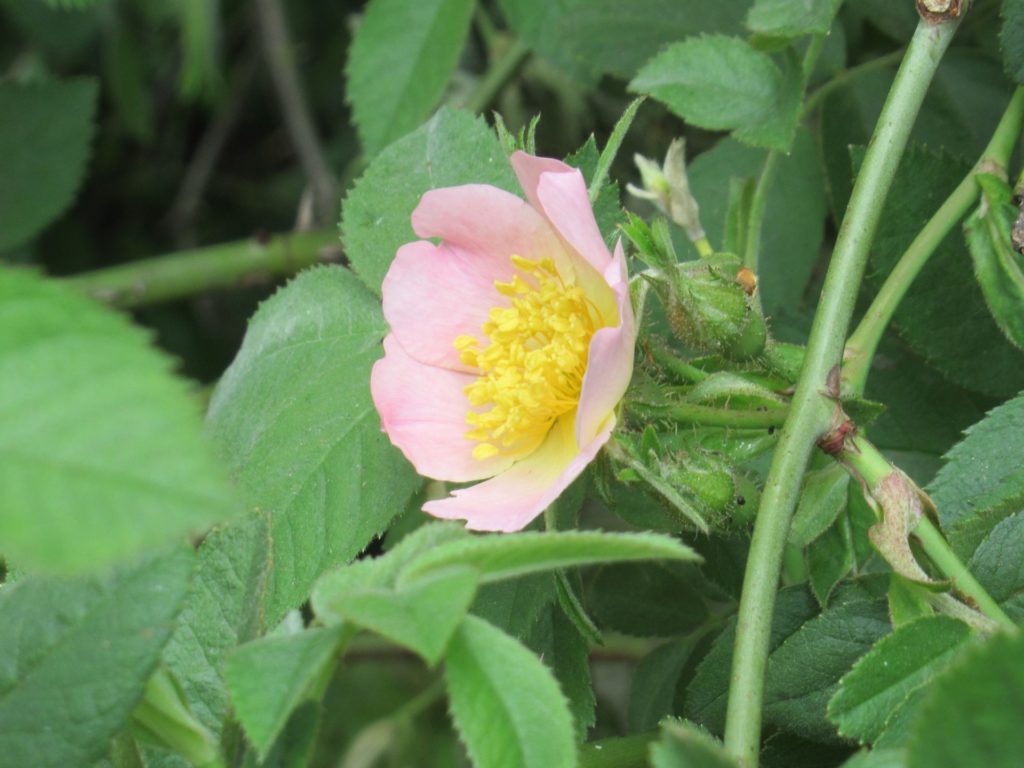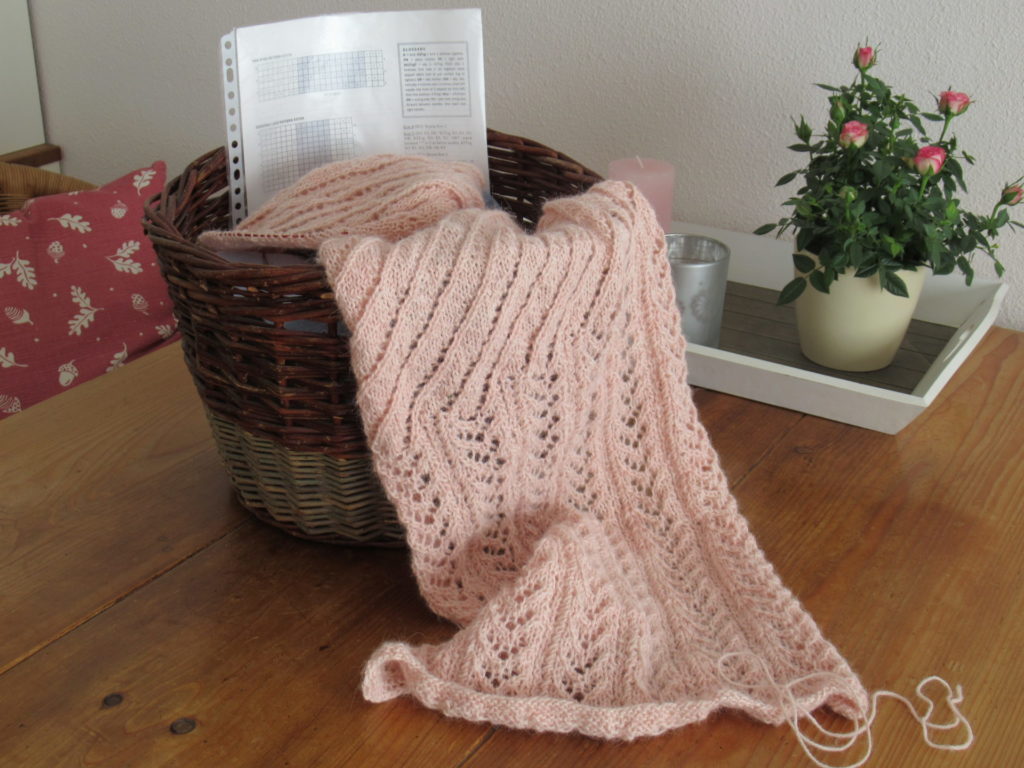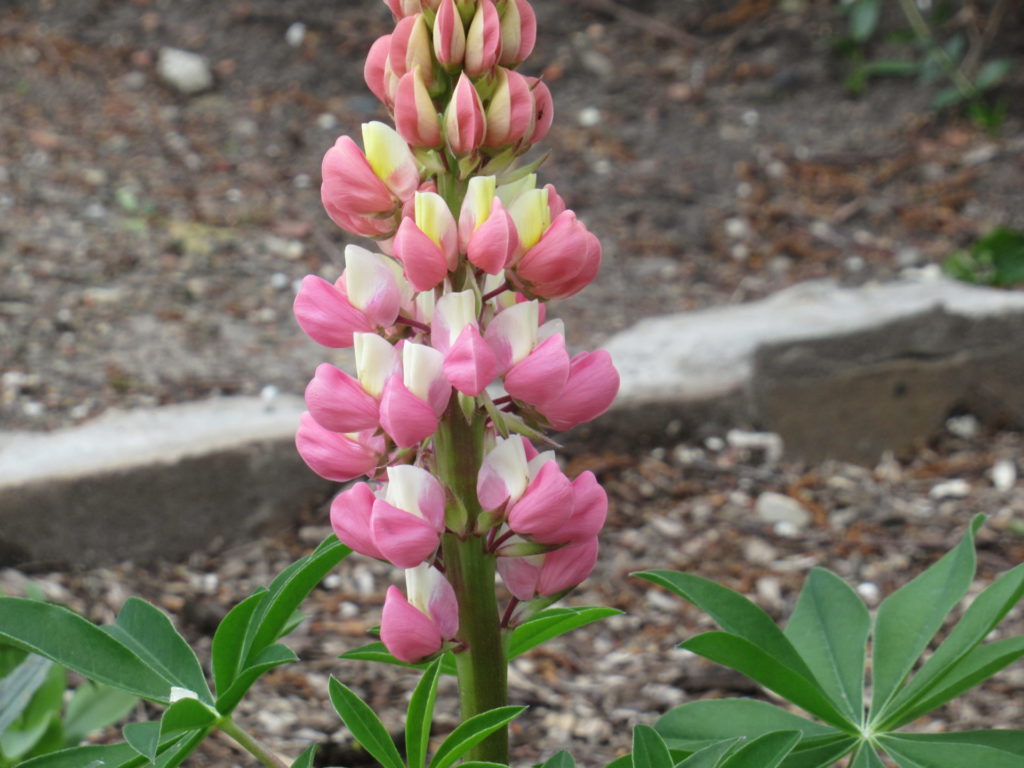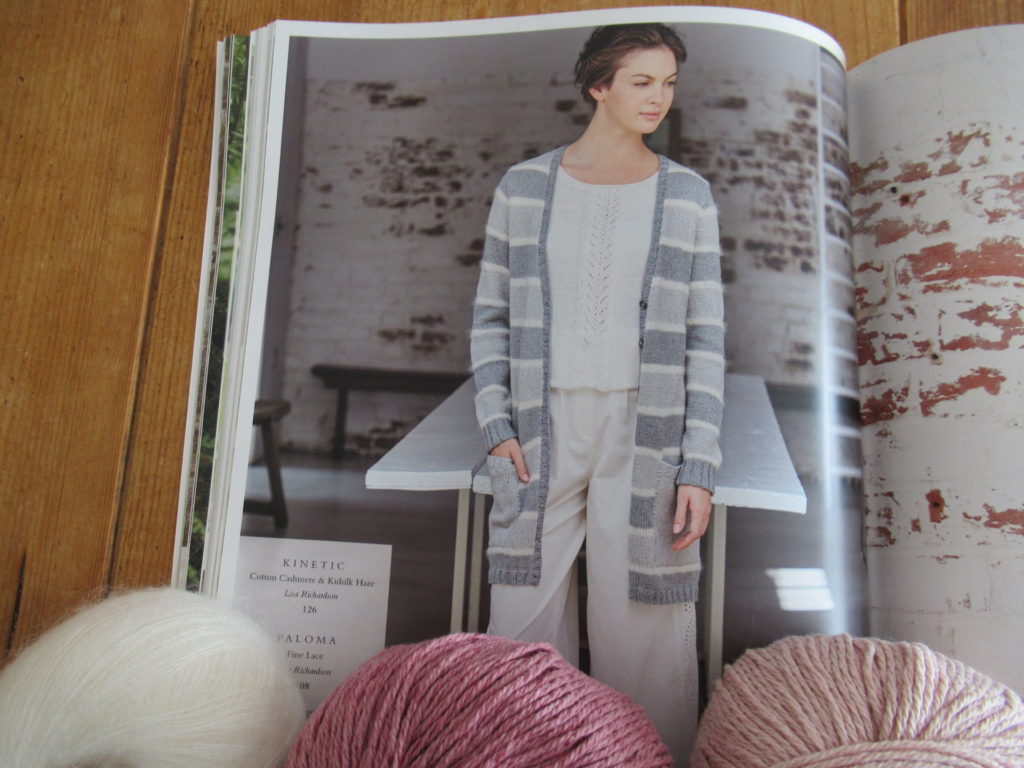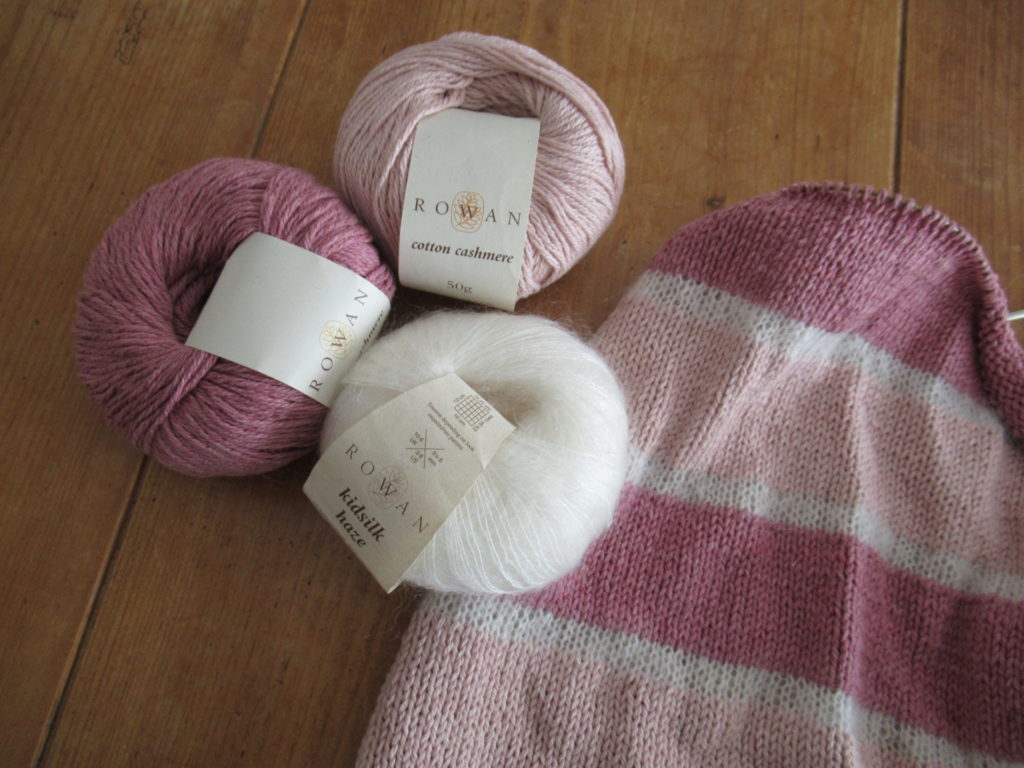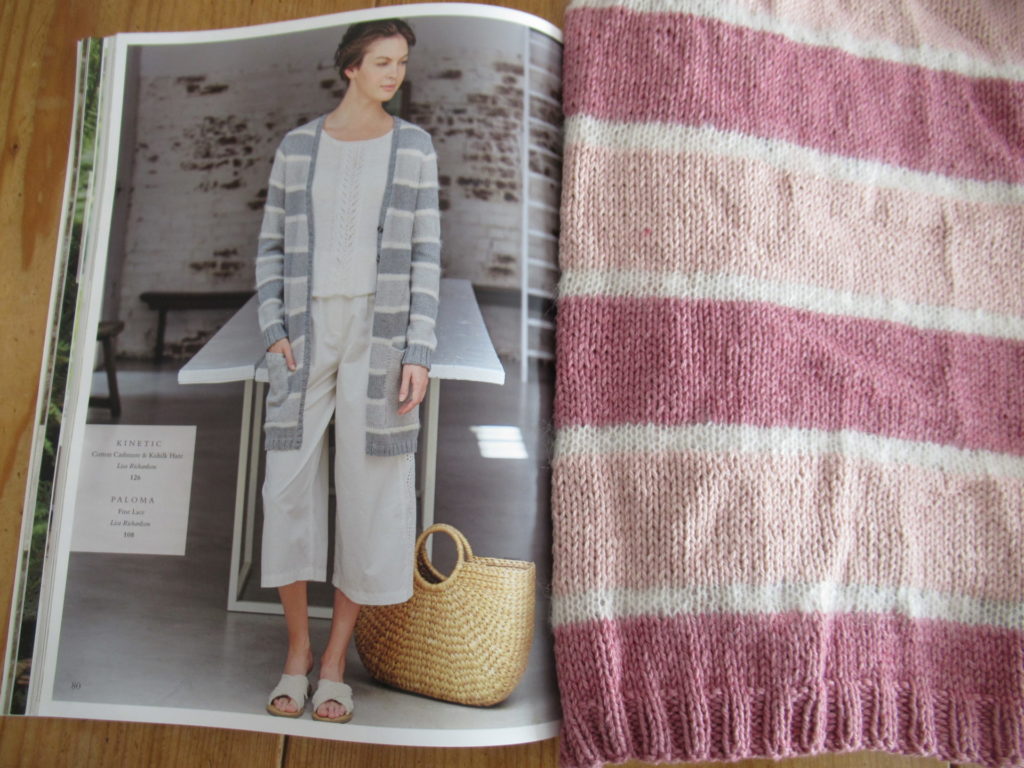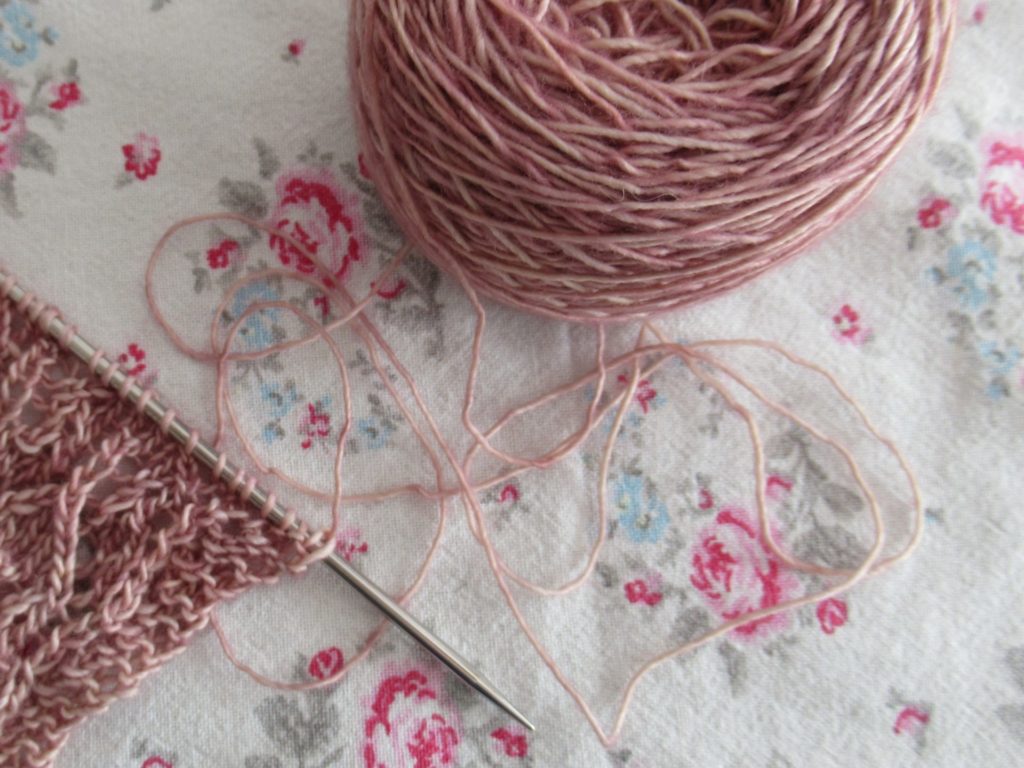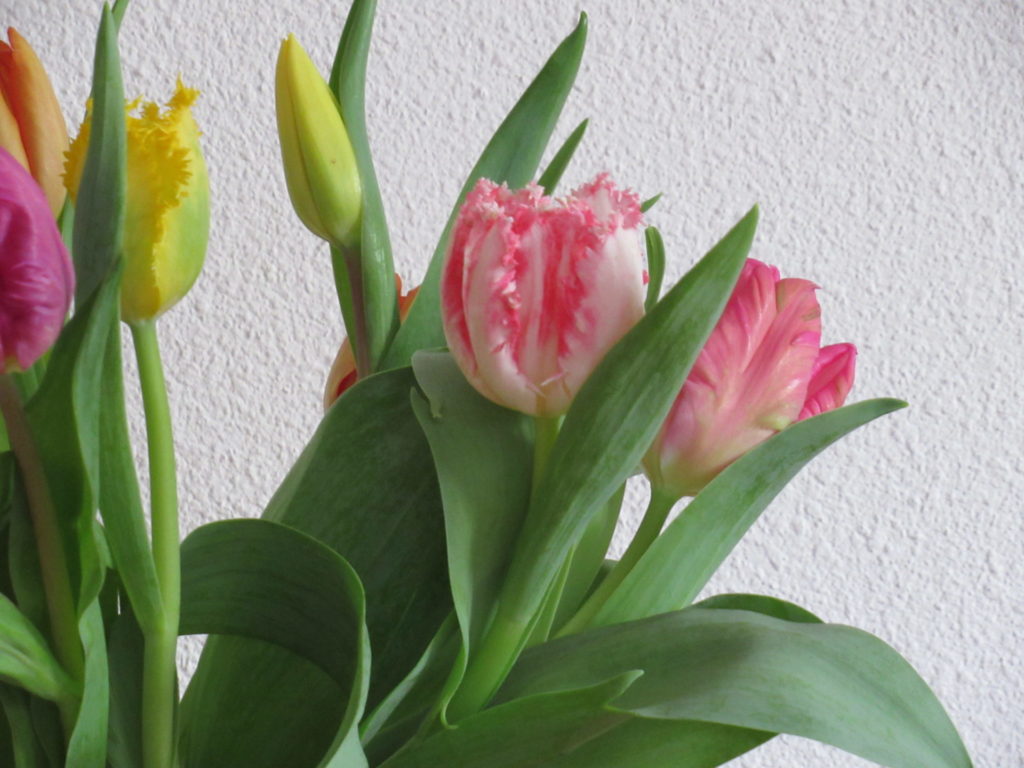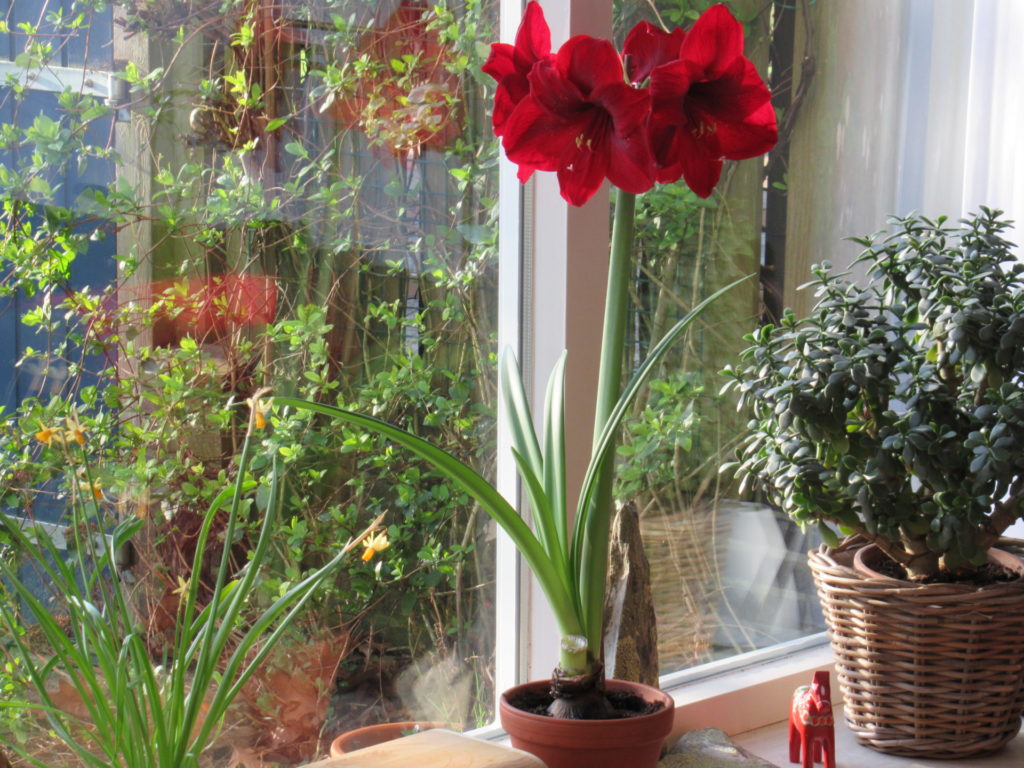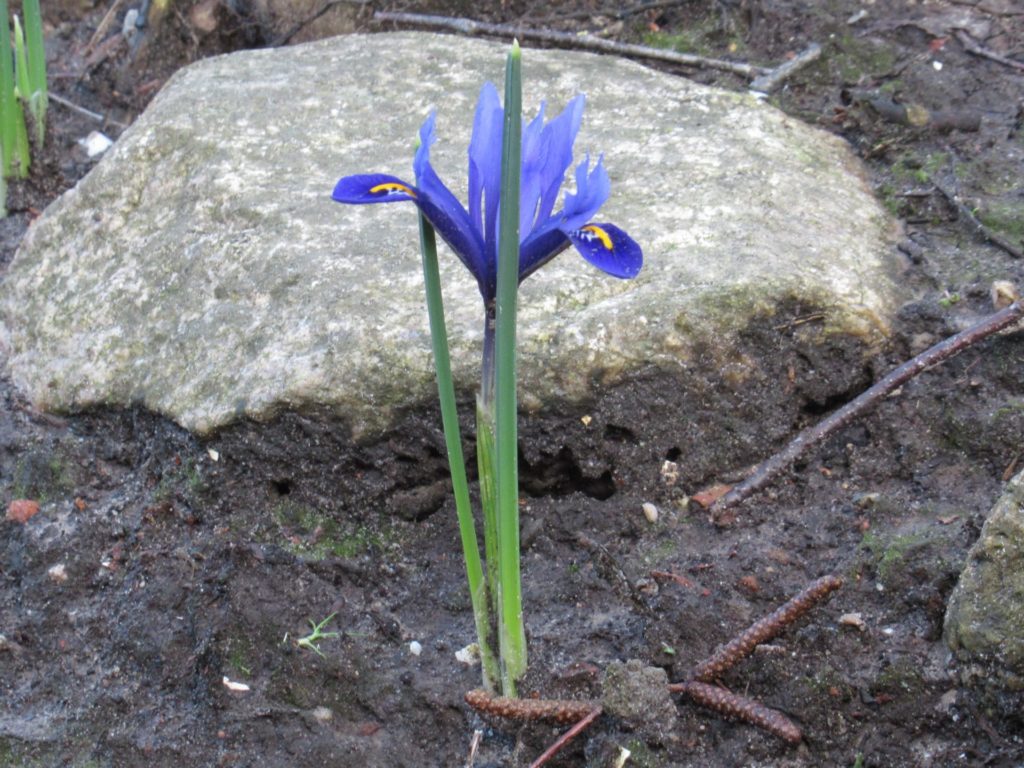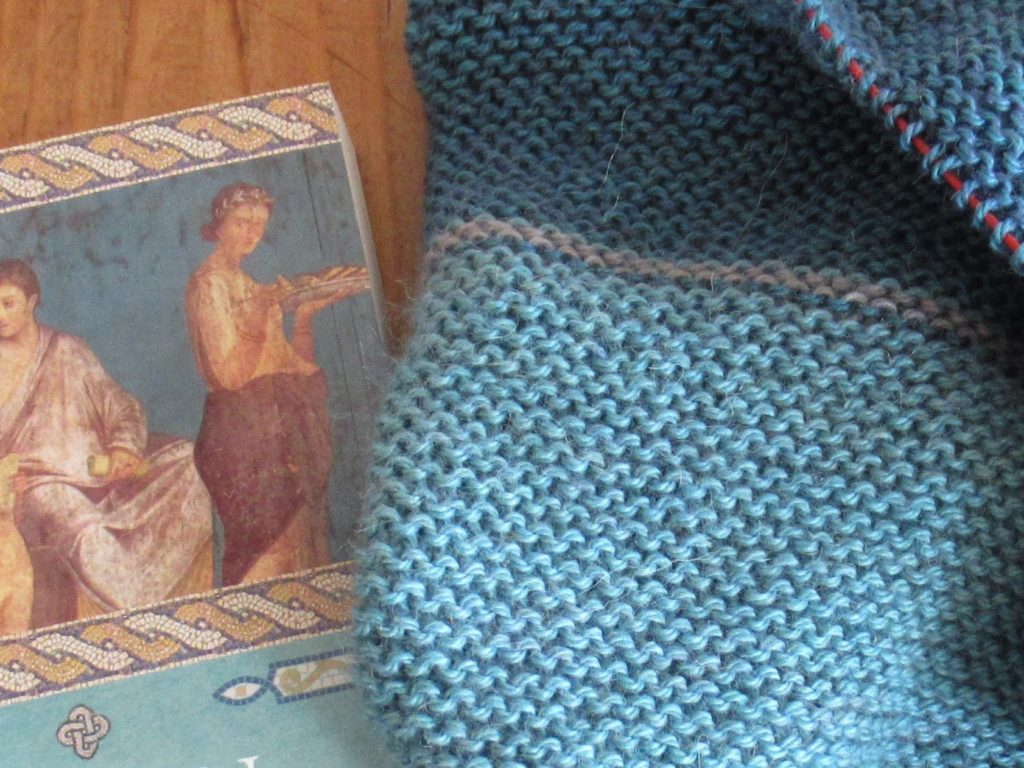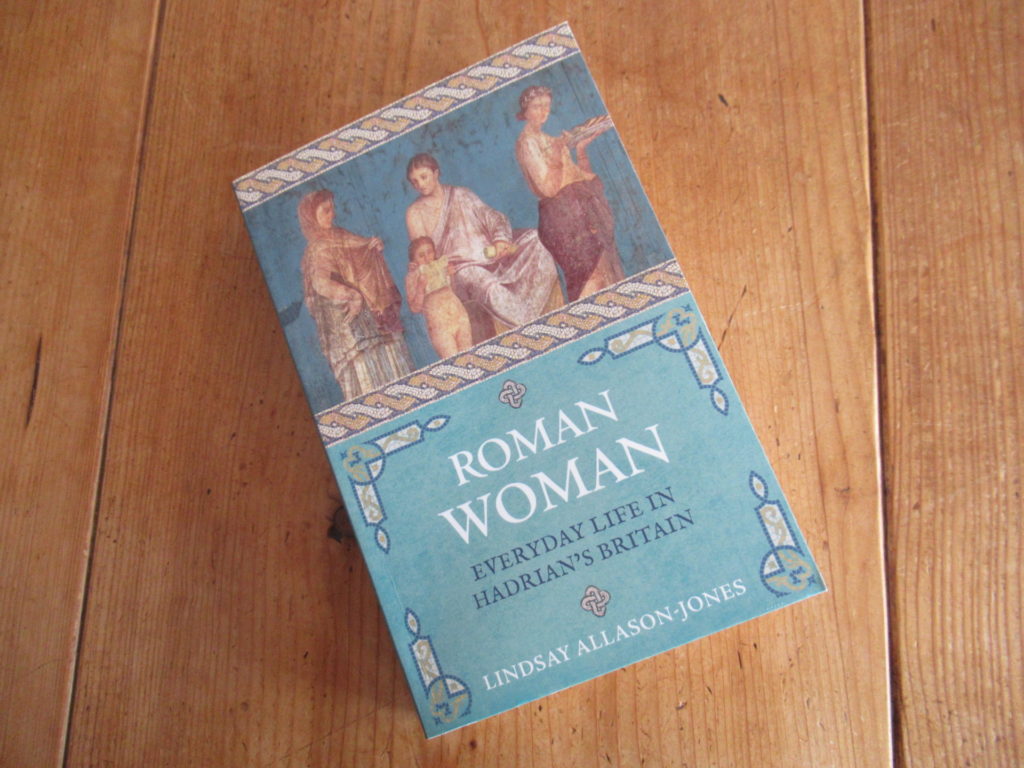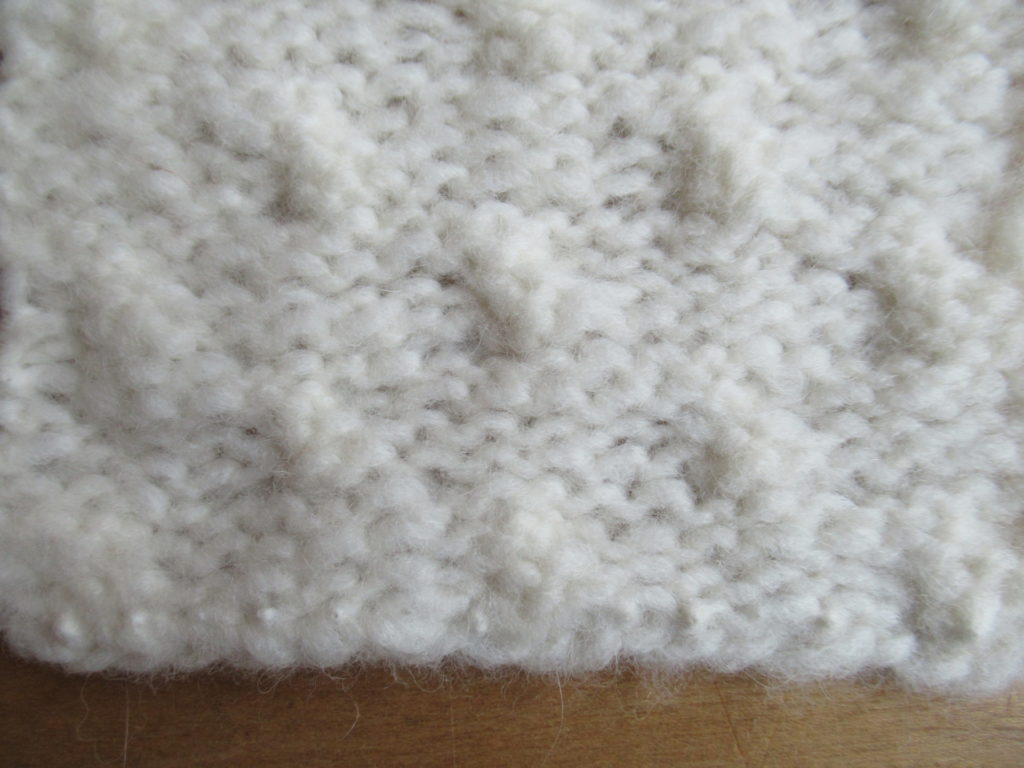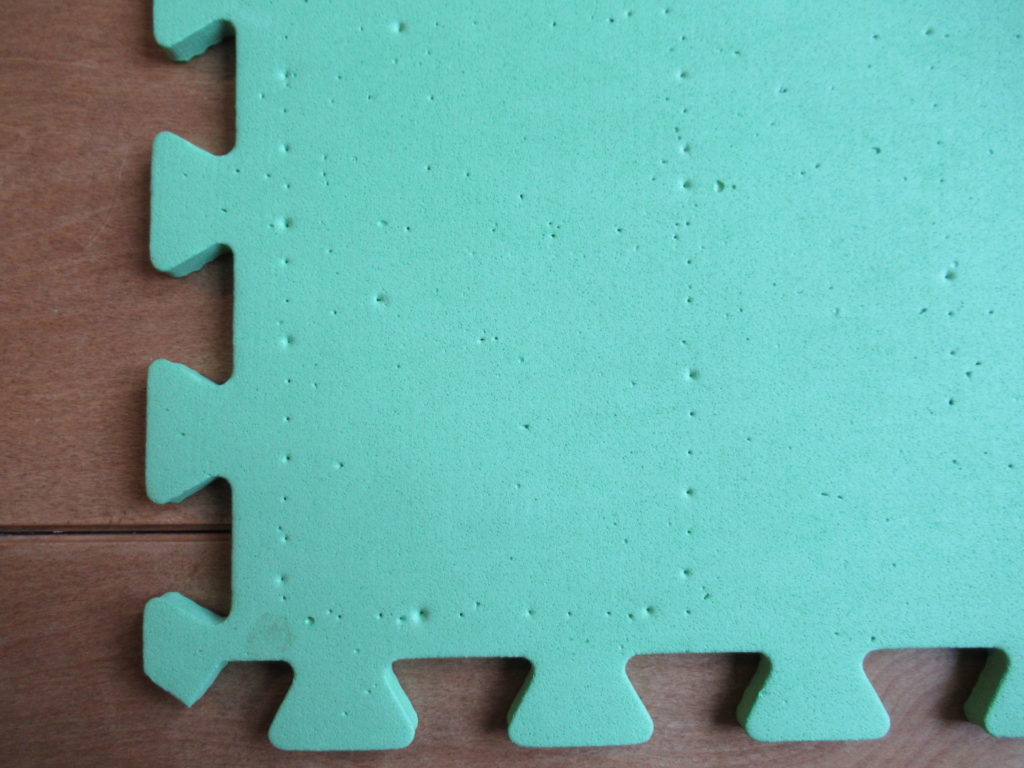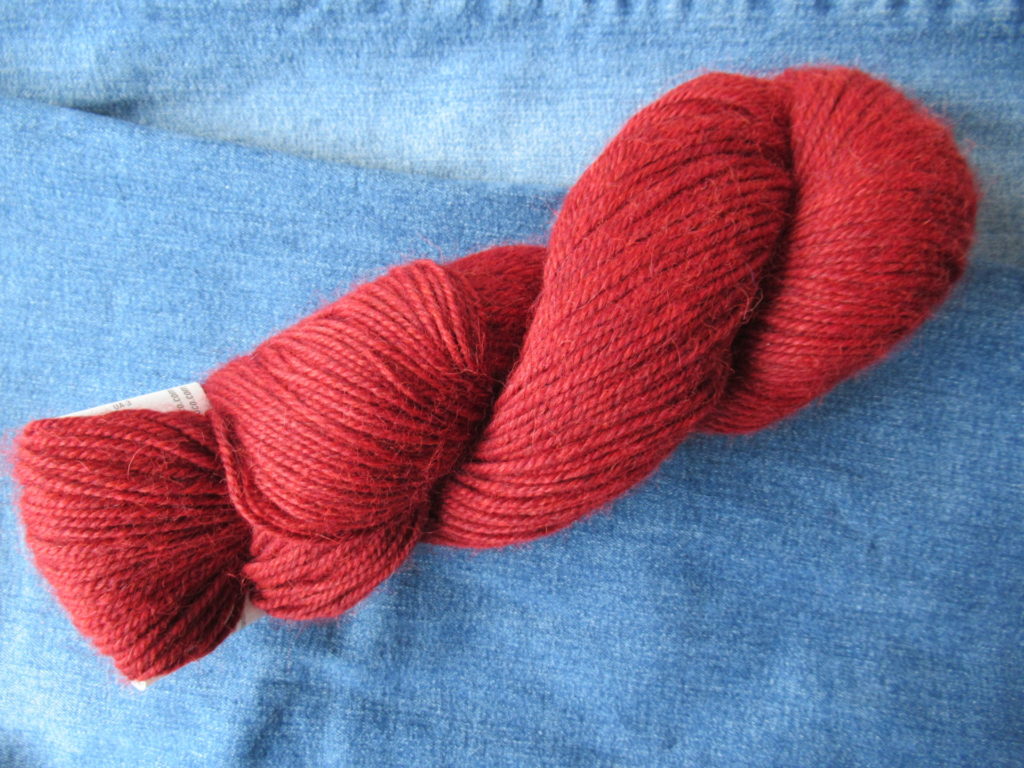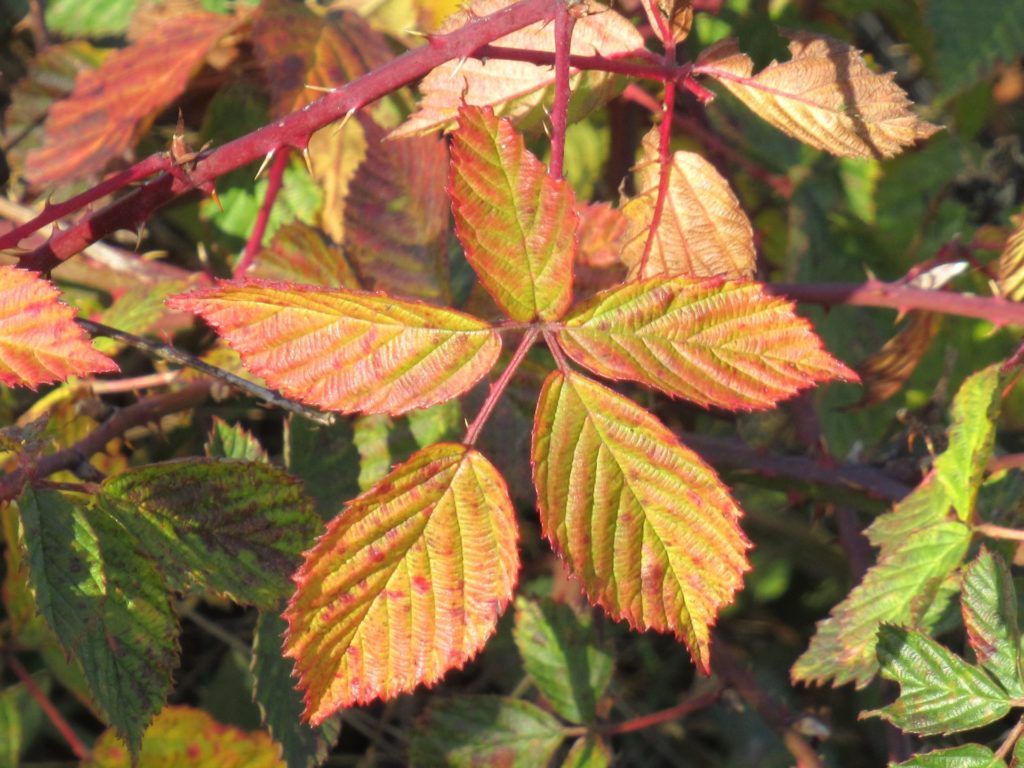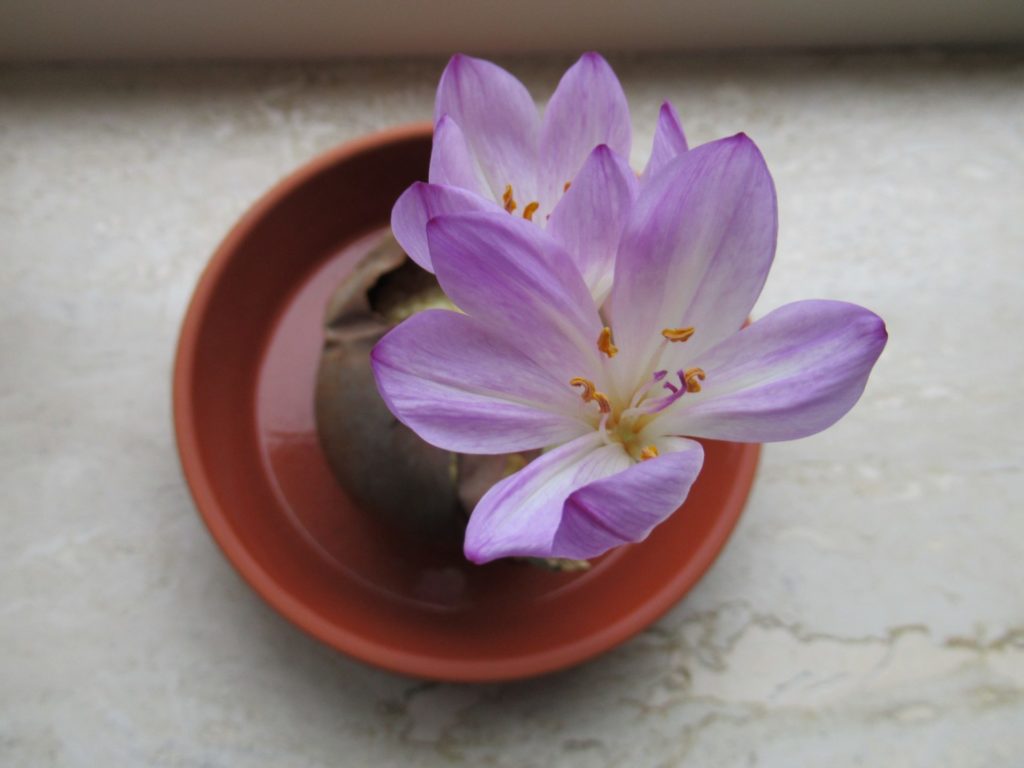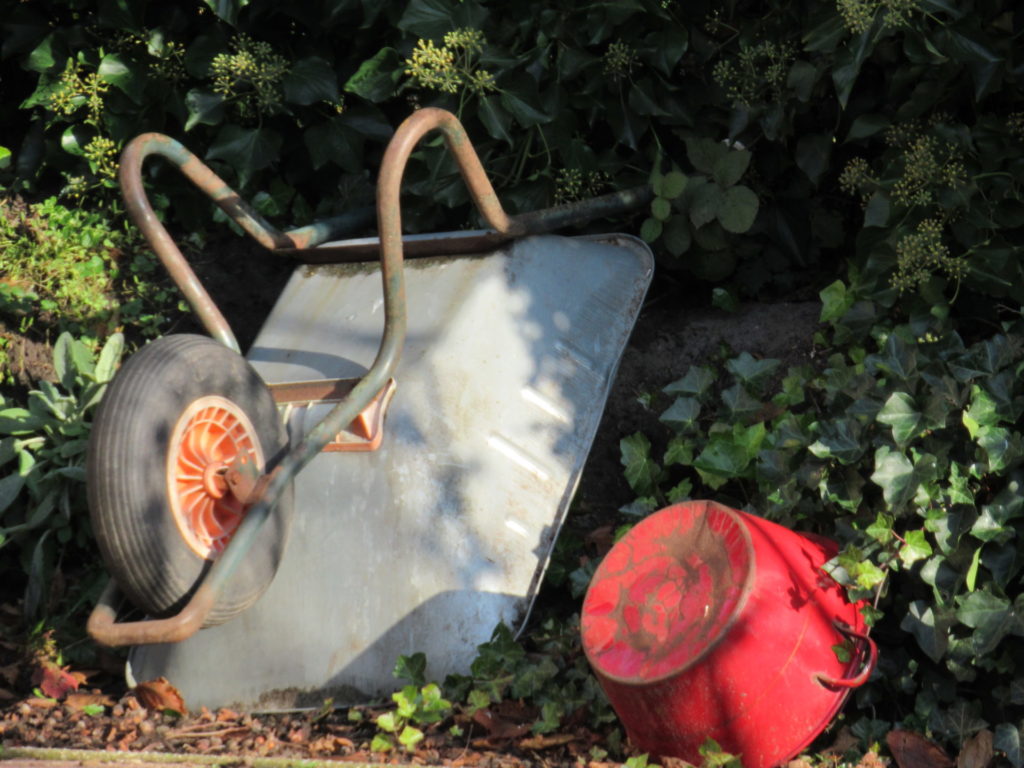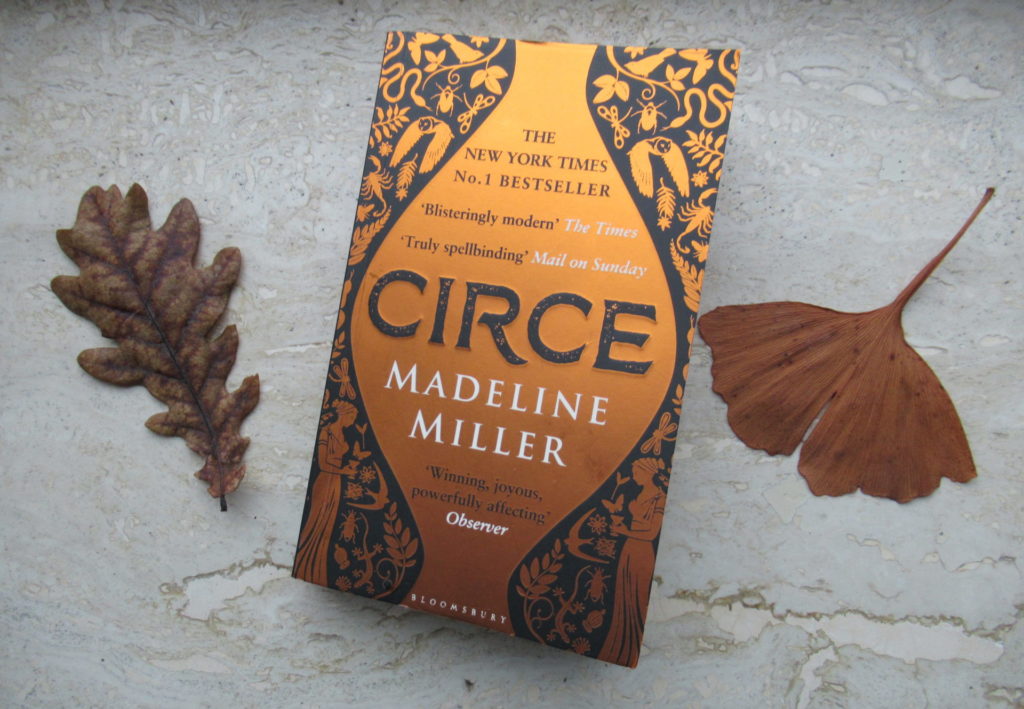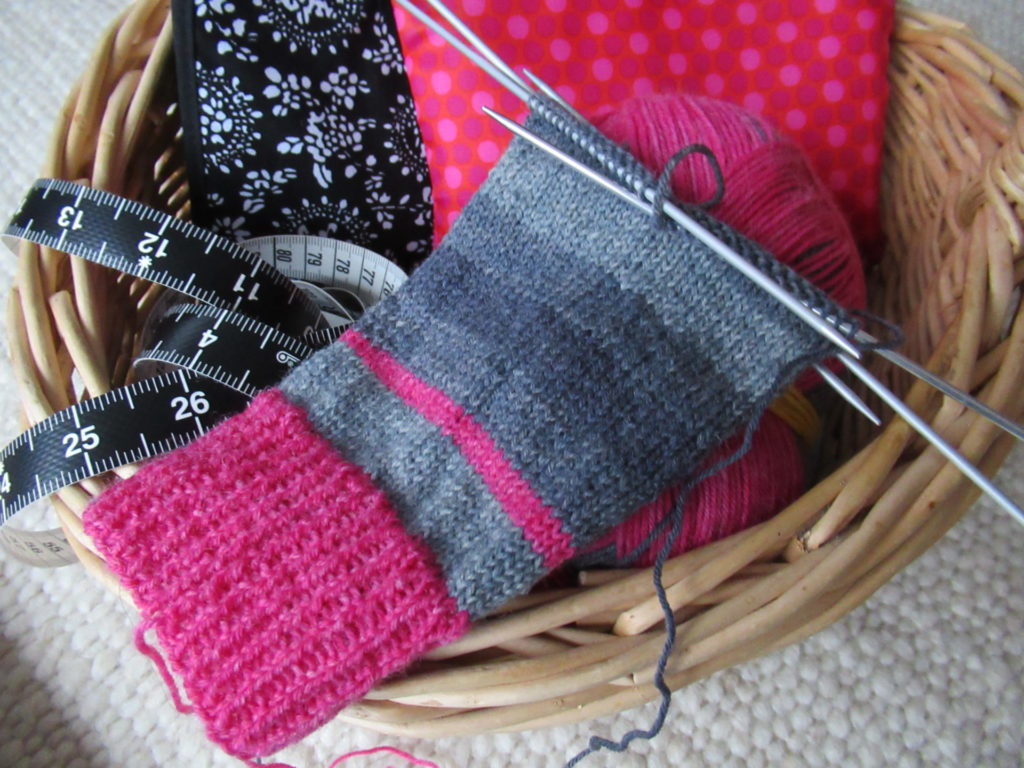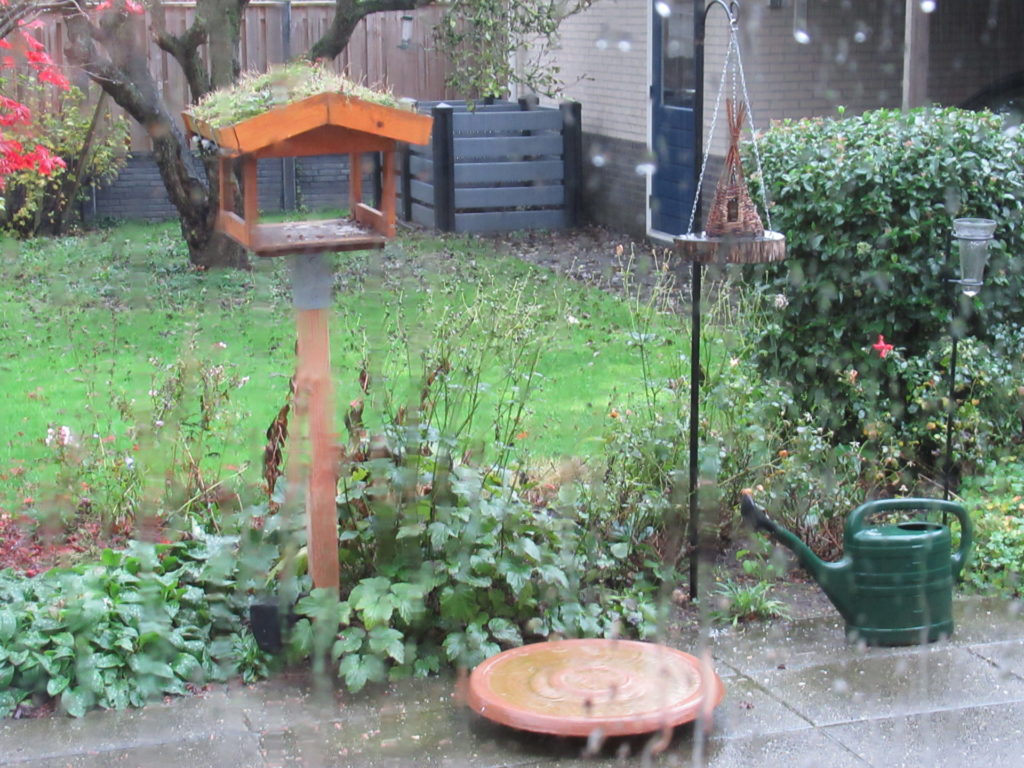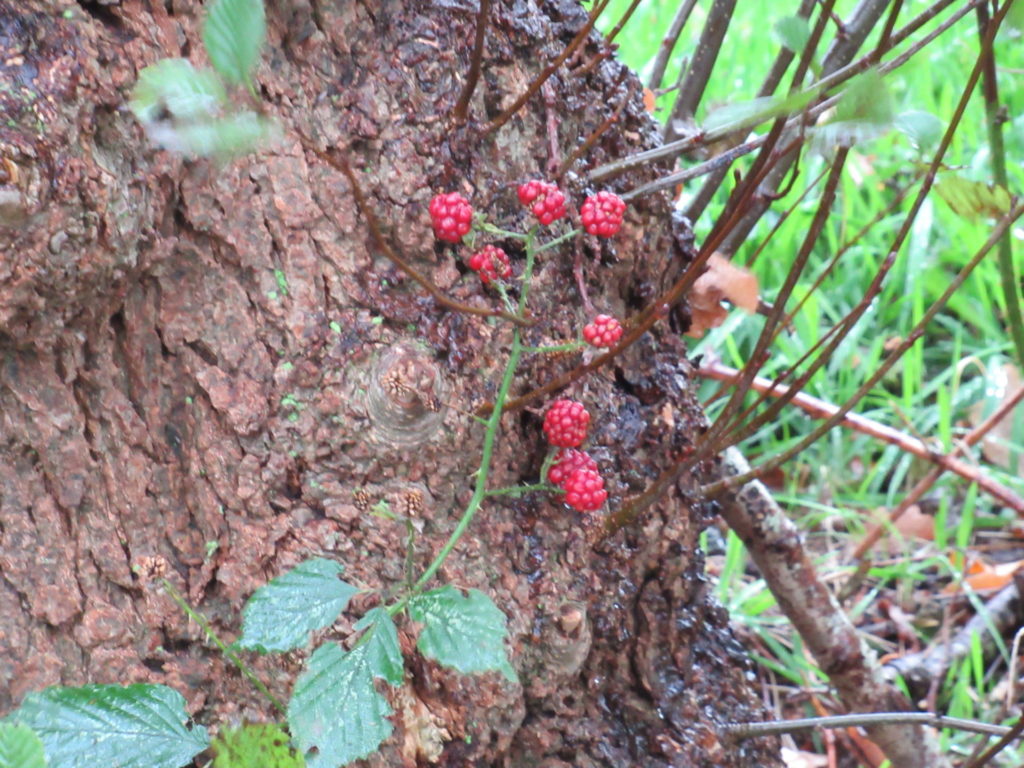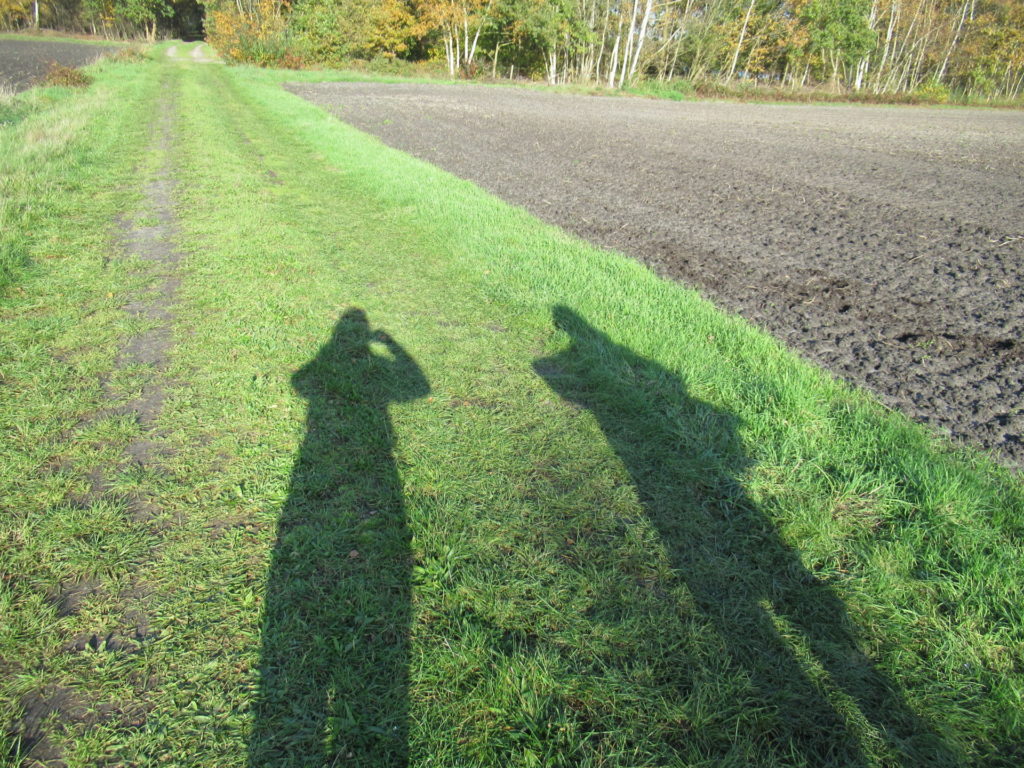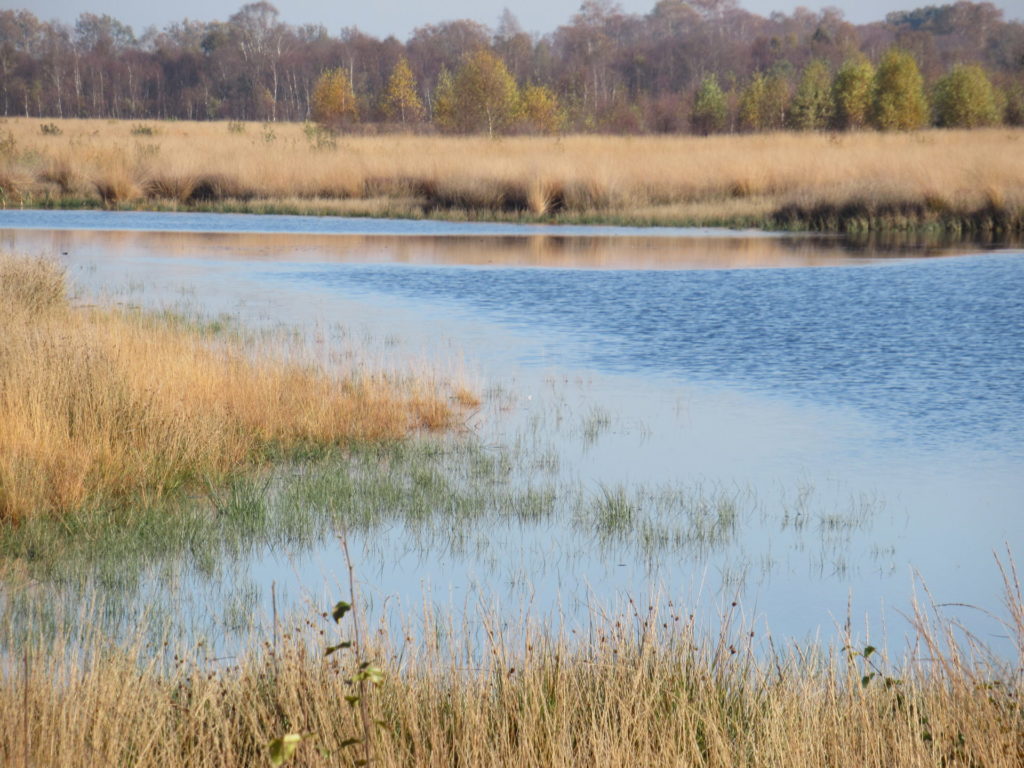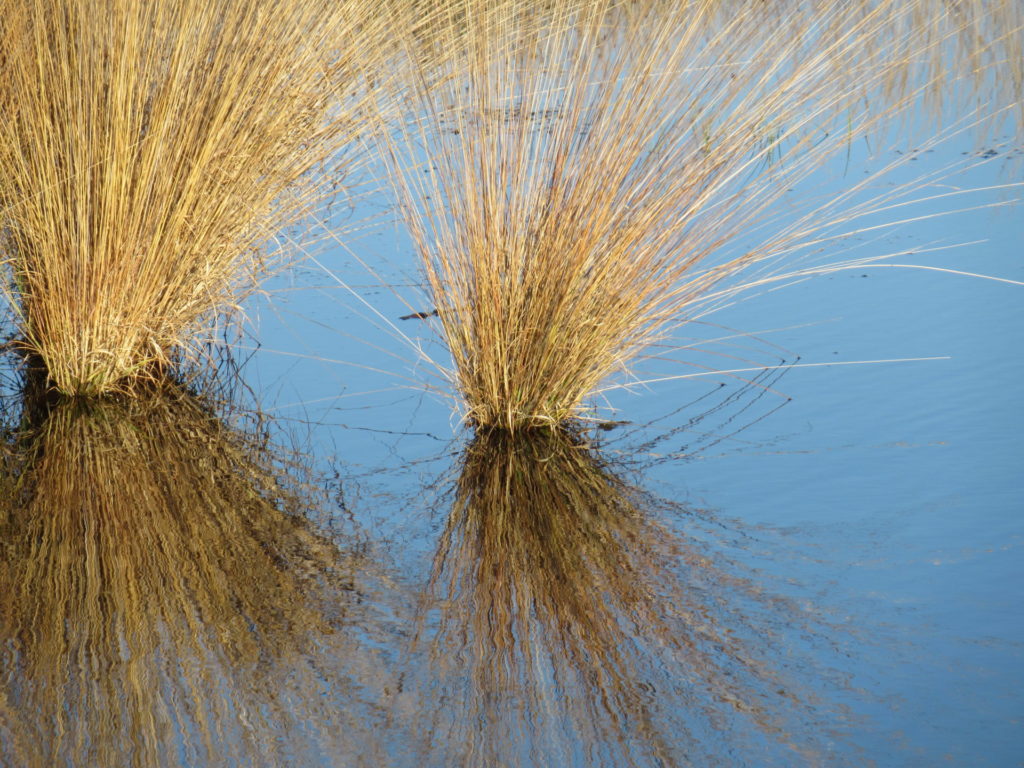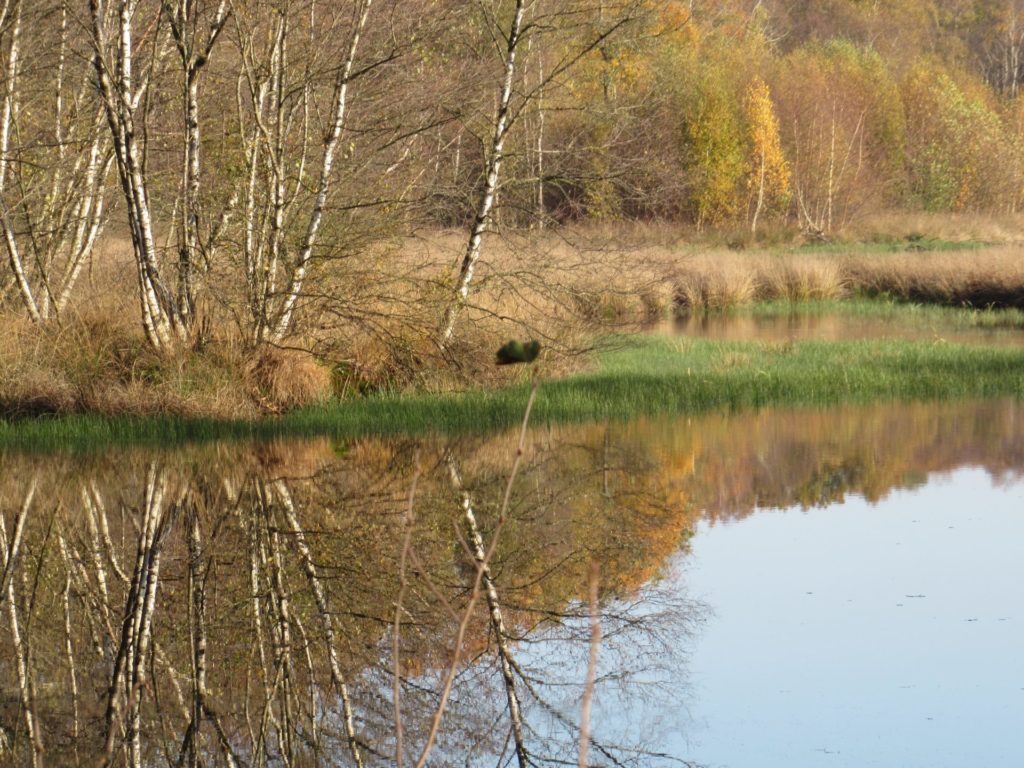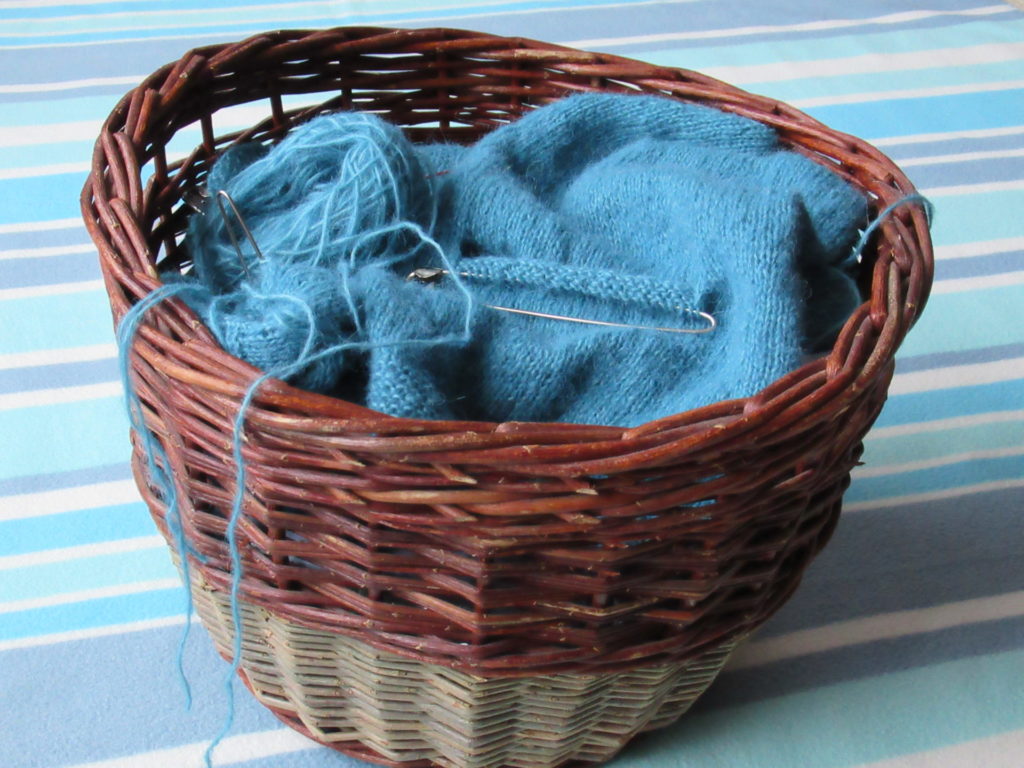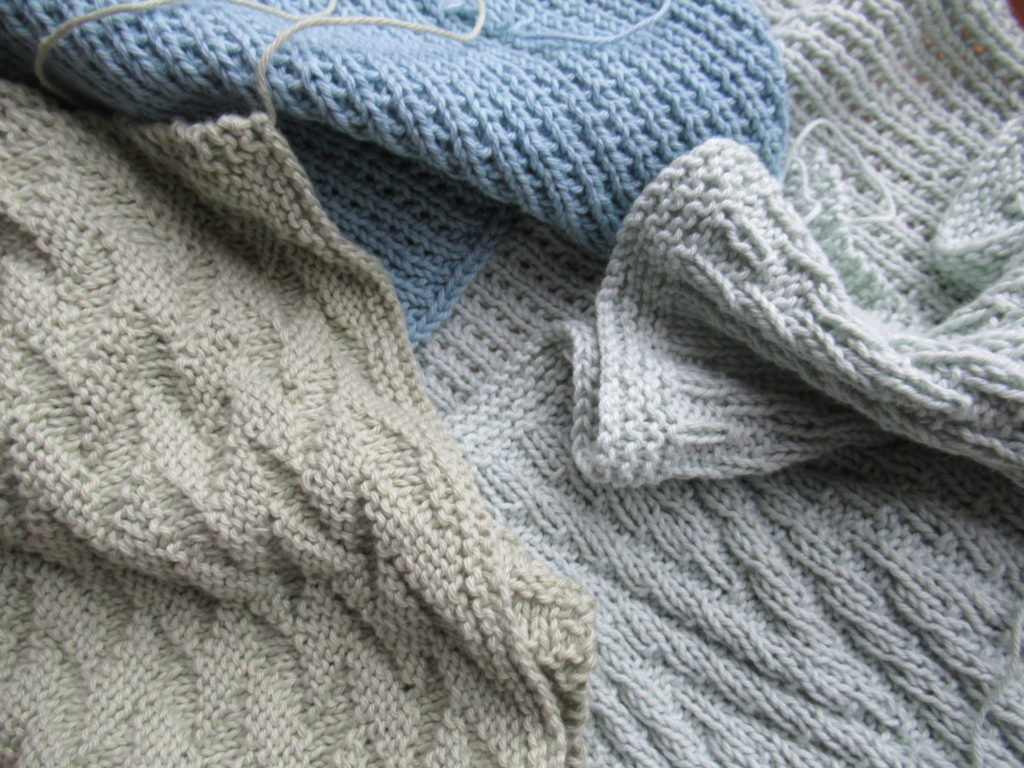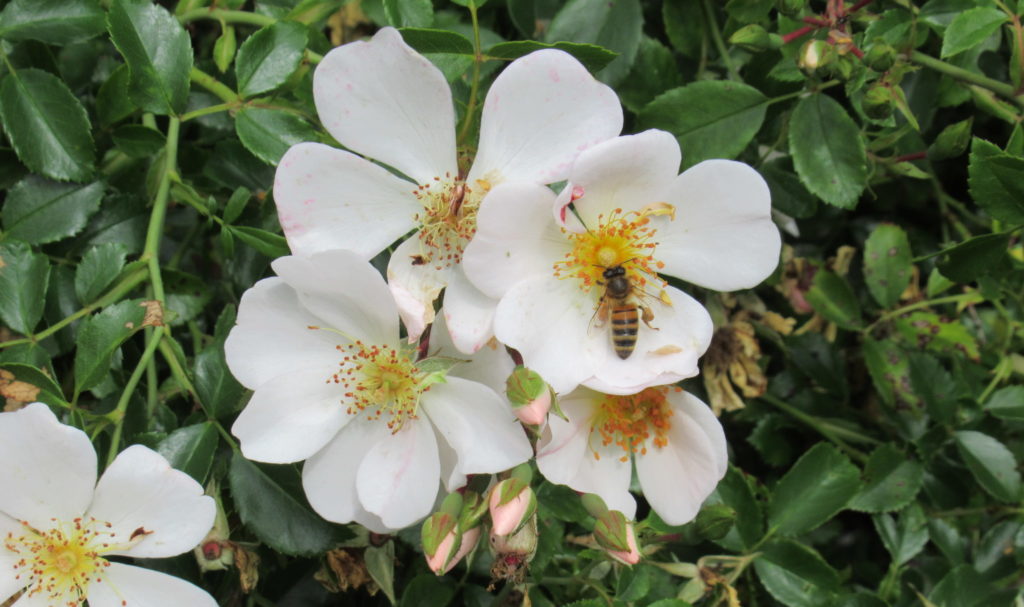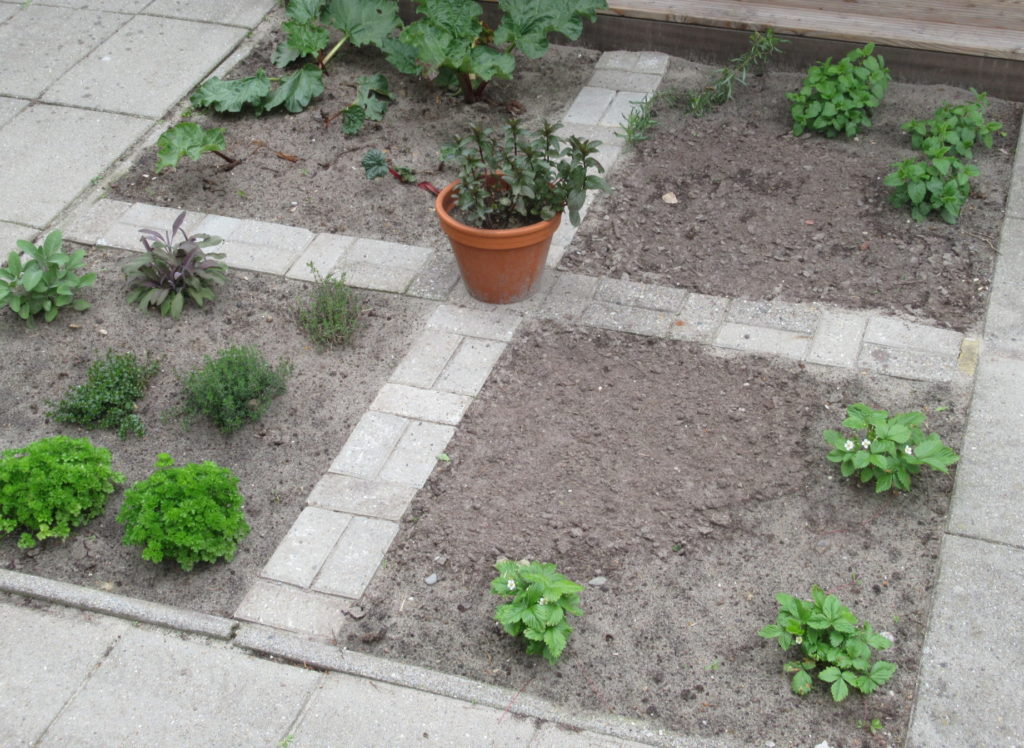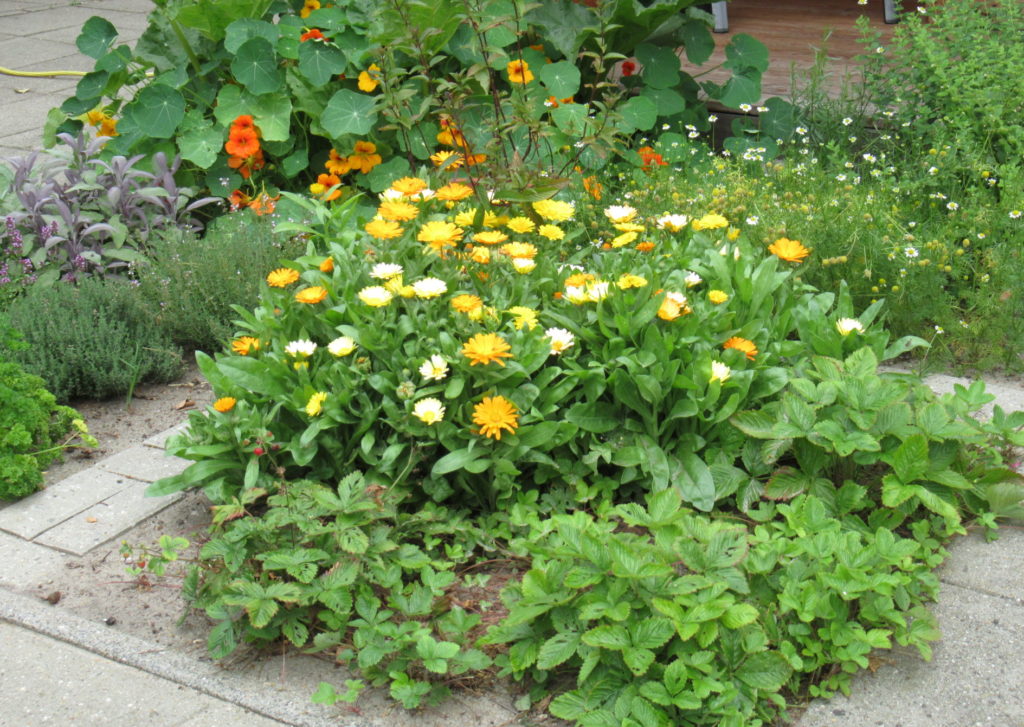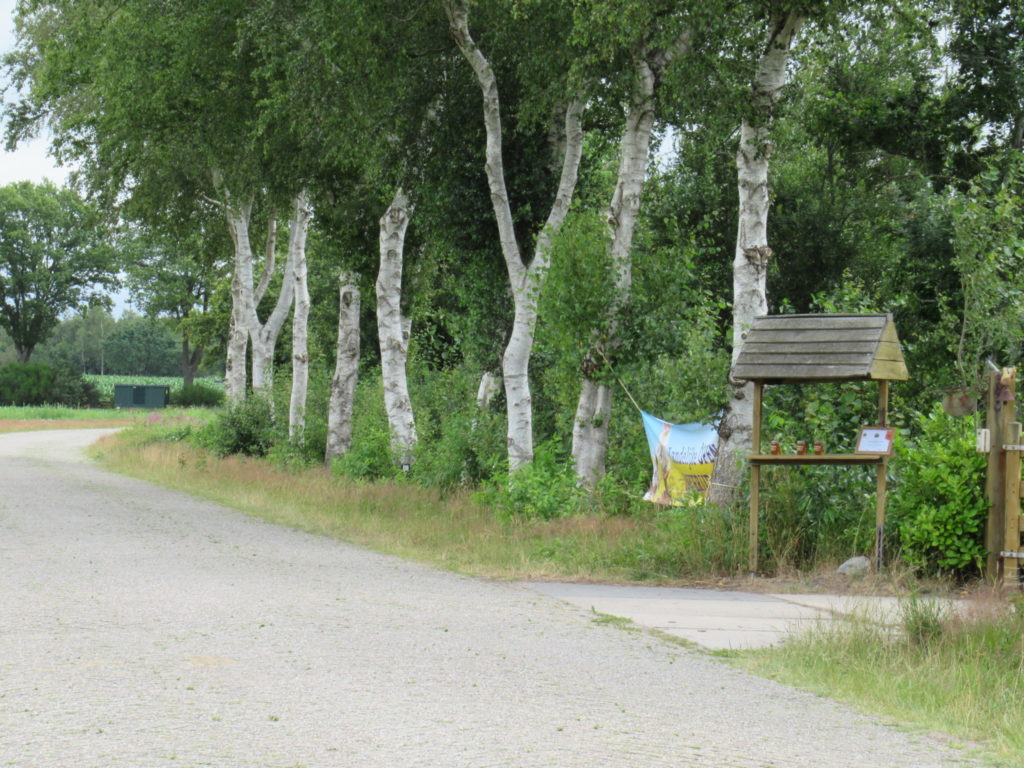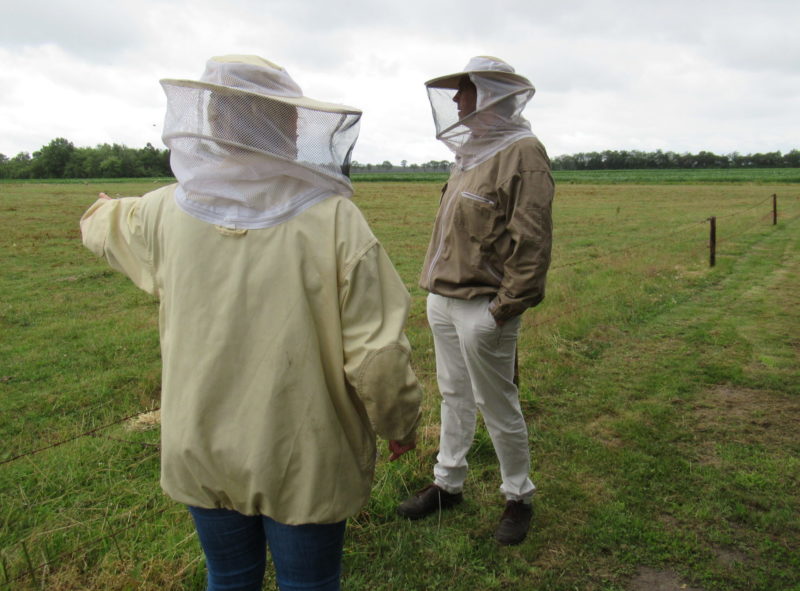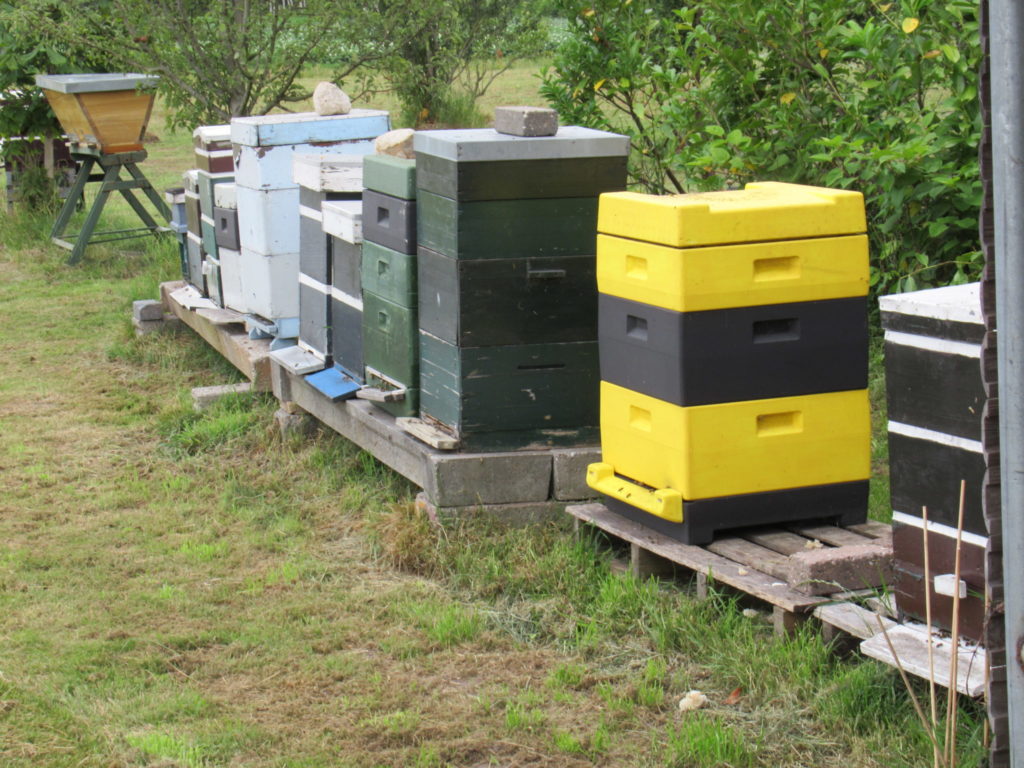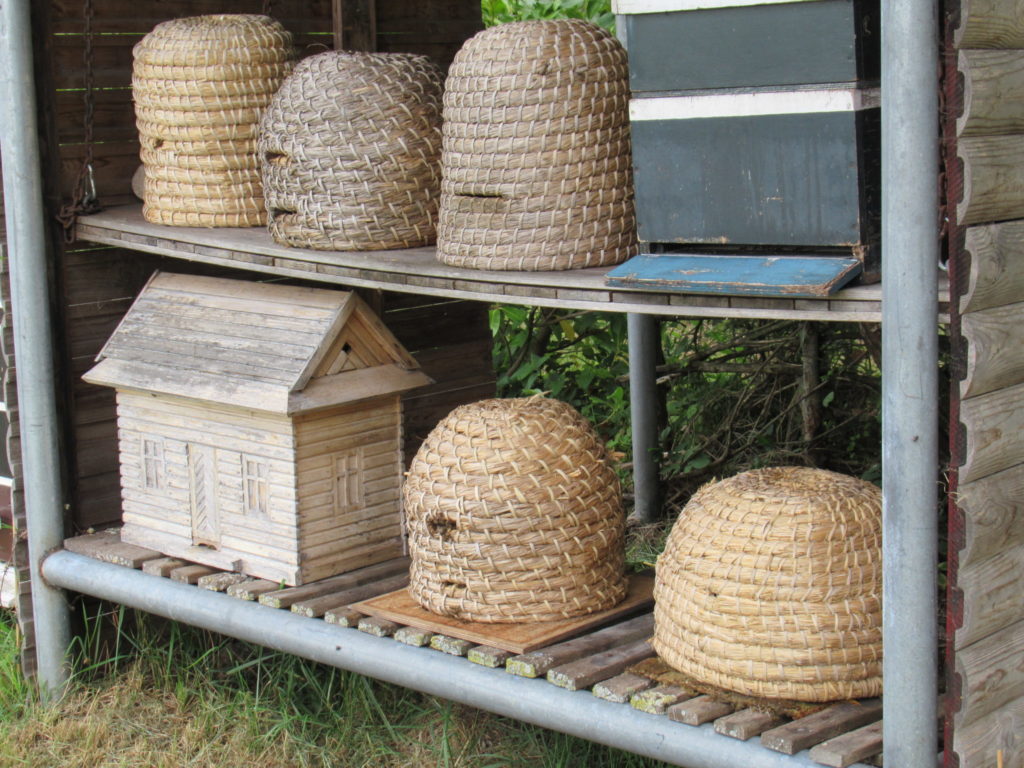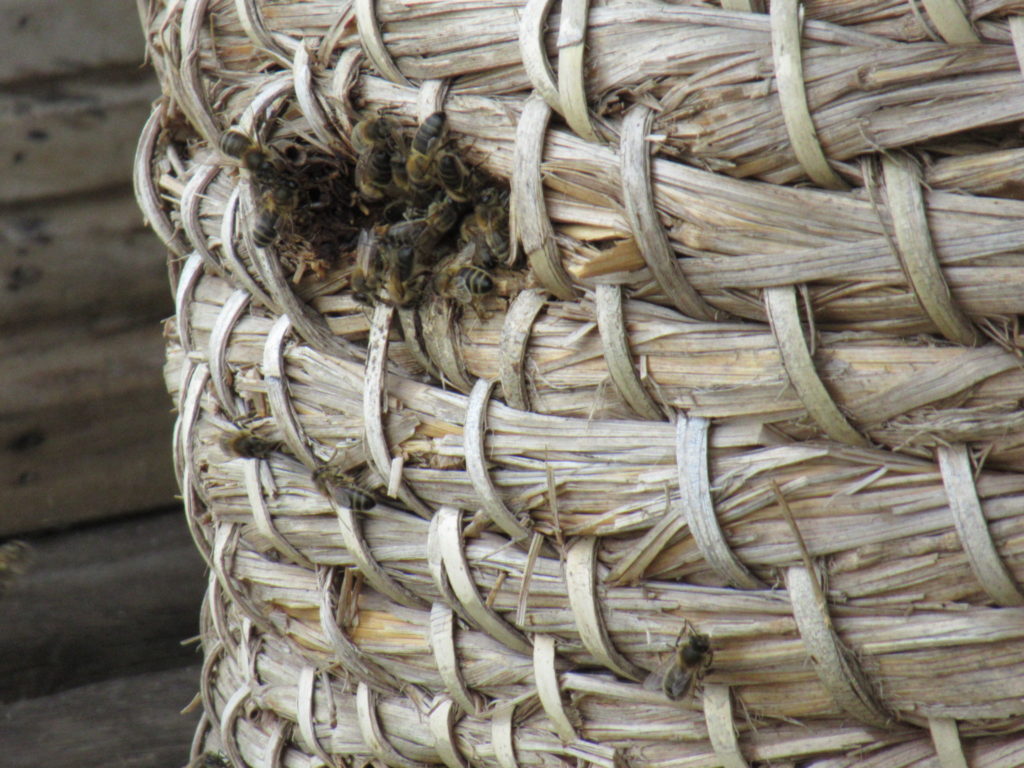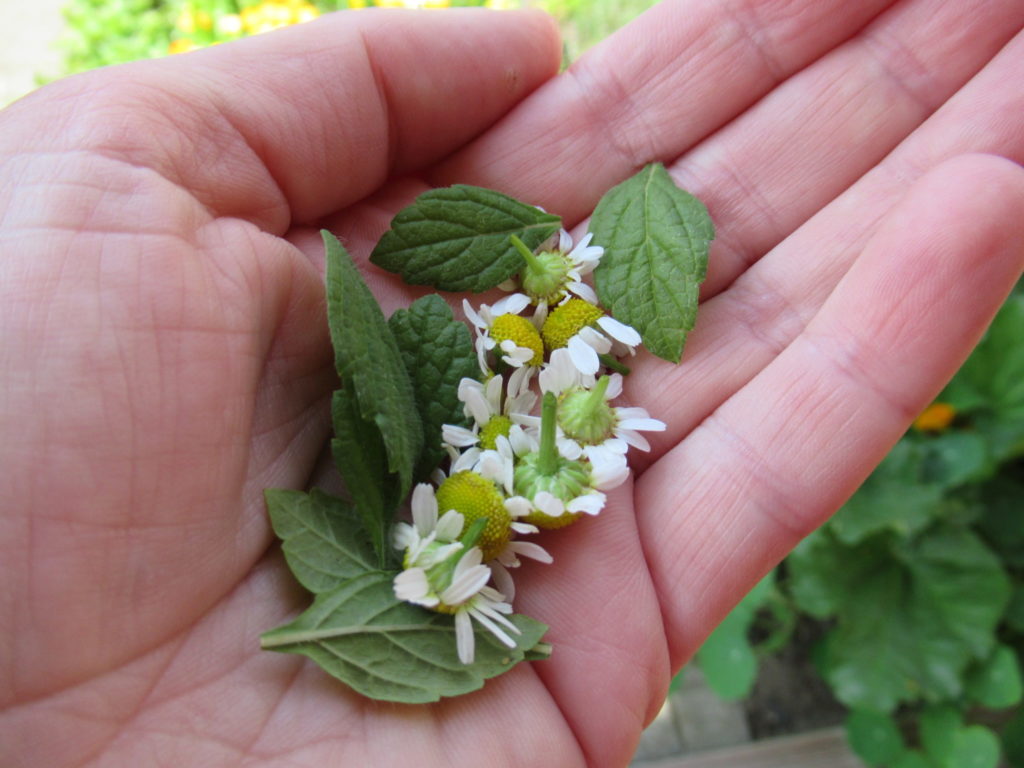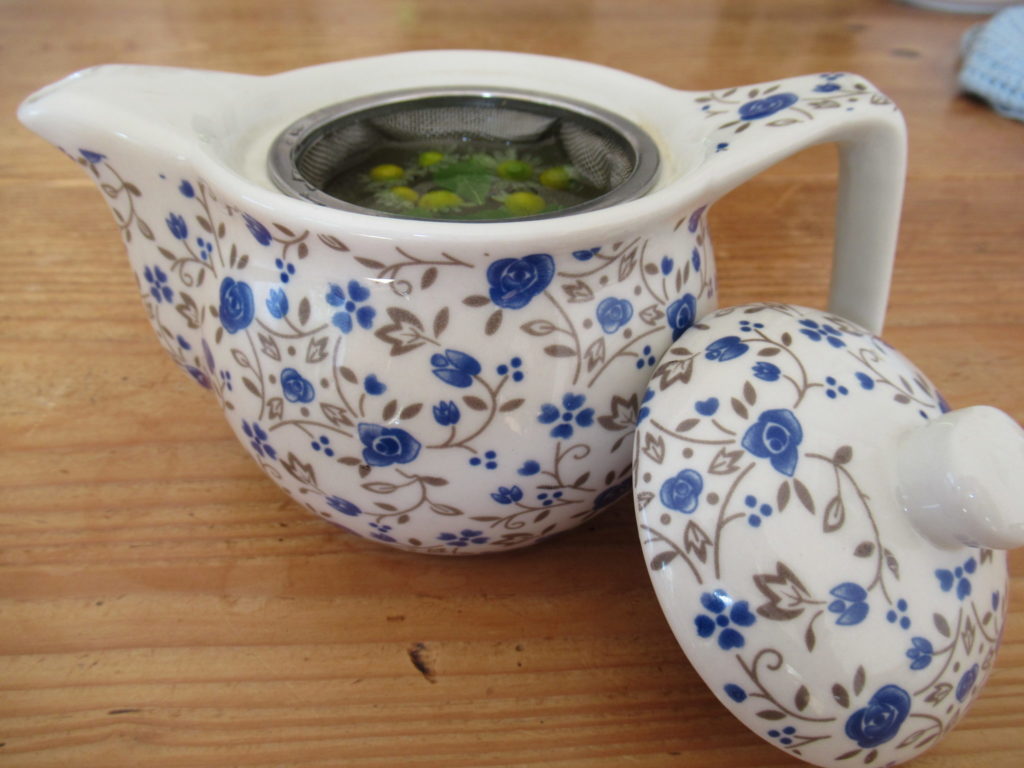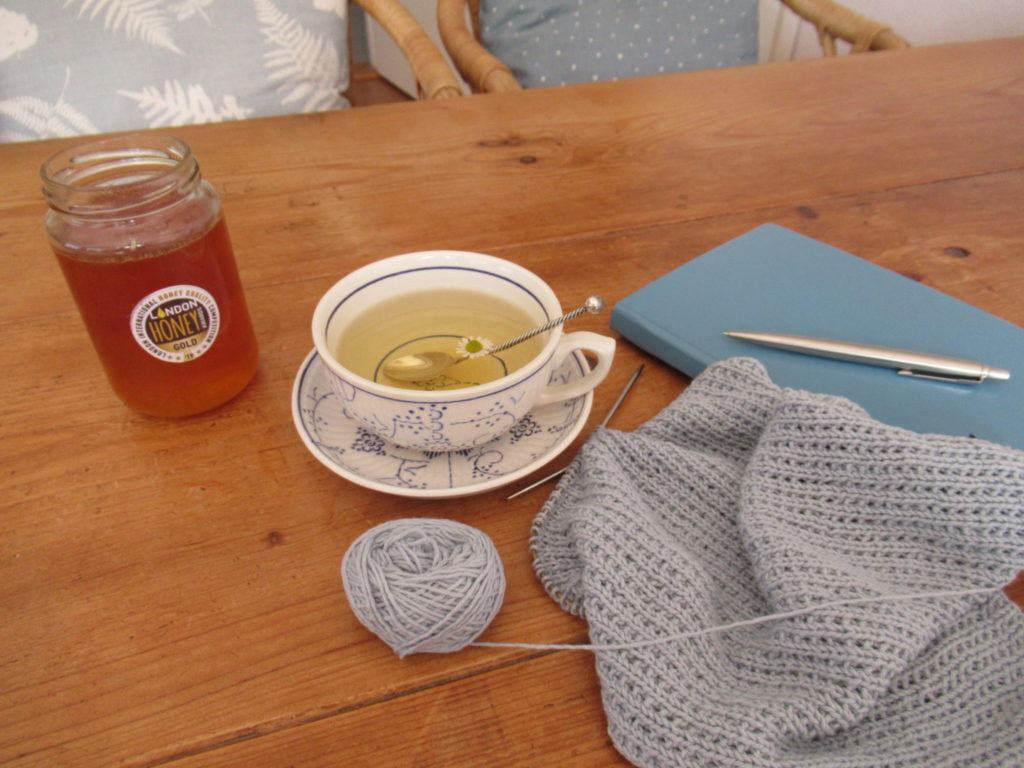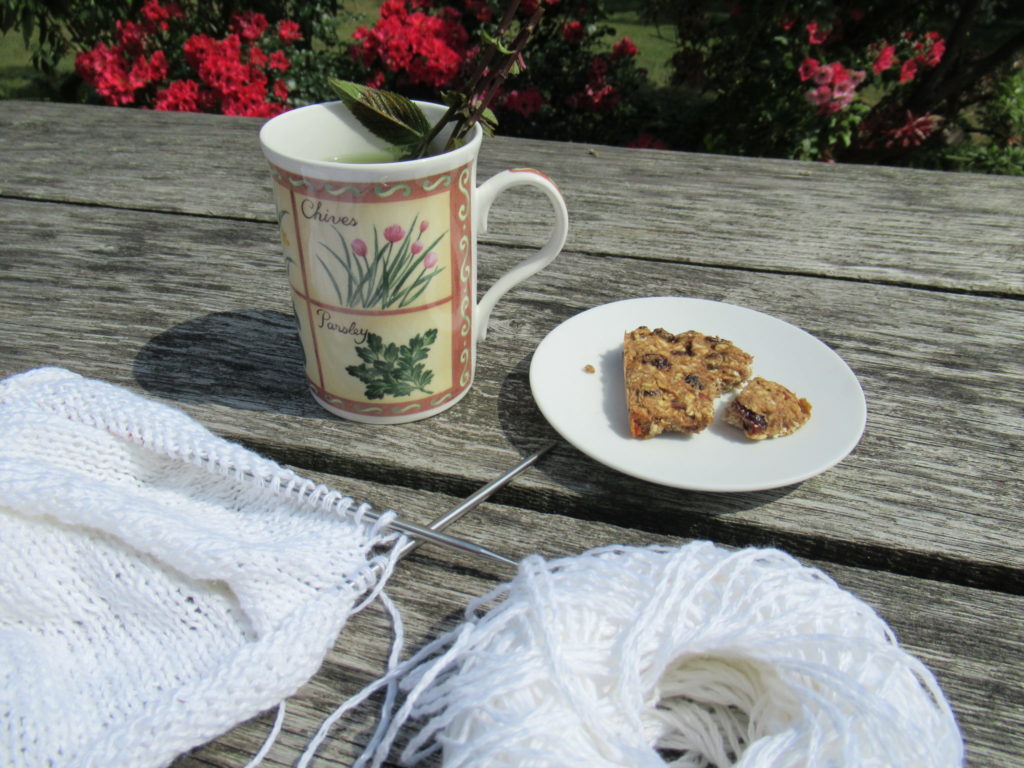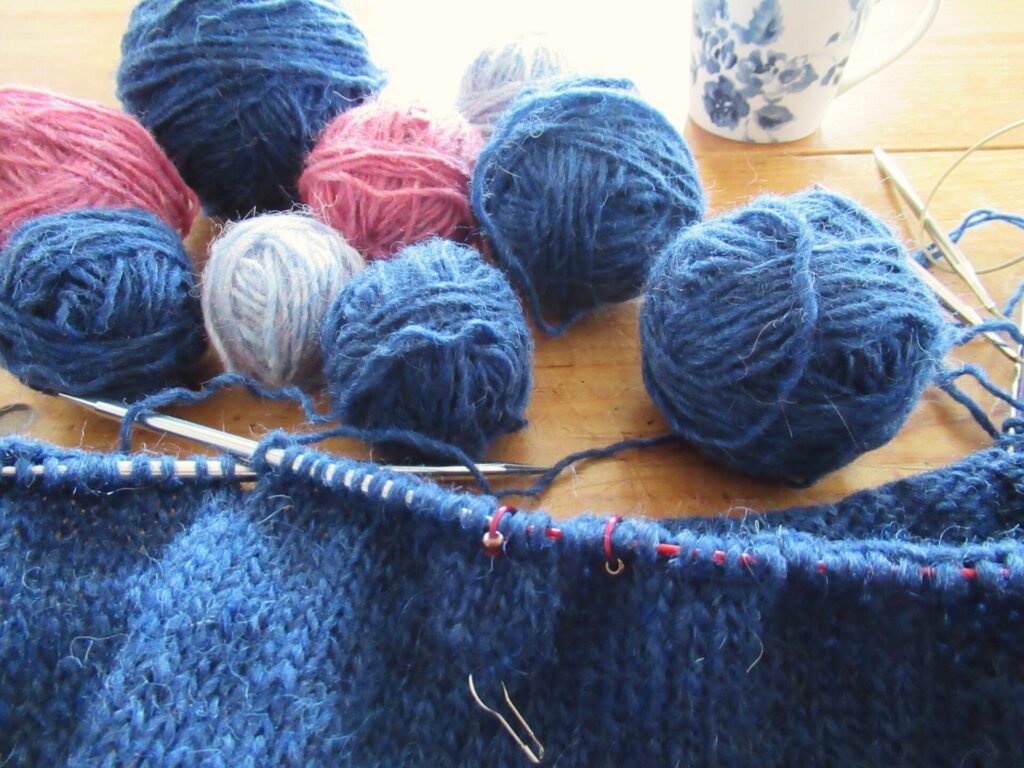
Hello, I hope you won’t mind listening to some of my knitting struggles today and perhaps giving me some advice. I also have the answer to a question one of you posed.
Knitting struggles and a game
When I’d finished the yoke and tried my Sundborn cardigan on, my husband said, ‘Isn’t it rather on the short side?’ Although I really didn’t want to admit it, he was right. And the sleeves were too long.
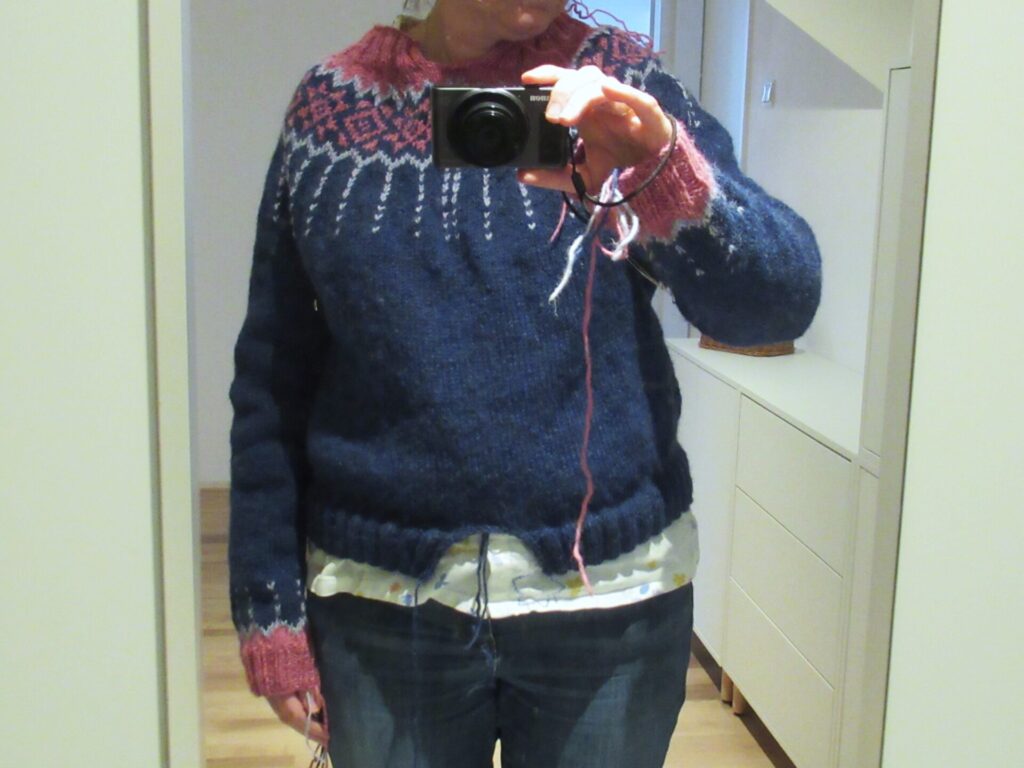
Looking at it and realizing I needed to rip out the entire yoke, I thought of Pollyanna, one of my Mum’s heroines. Faced with difficulties, 11-year-old orphan Pollyanna often plays the ‘just being glad game’ her father taught her. It’s about finding something to be glad about in every situation, no matter how bleak.
It started when Pollyanna was longing for a doll and hoping it would be in the missionary barrel for the poor. But when the barrel arrived she got a pair of crutches instead. The thing she and her father found to be glad about at the time was that she didn’t need them.
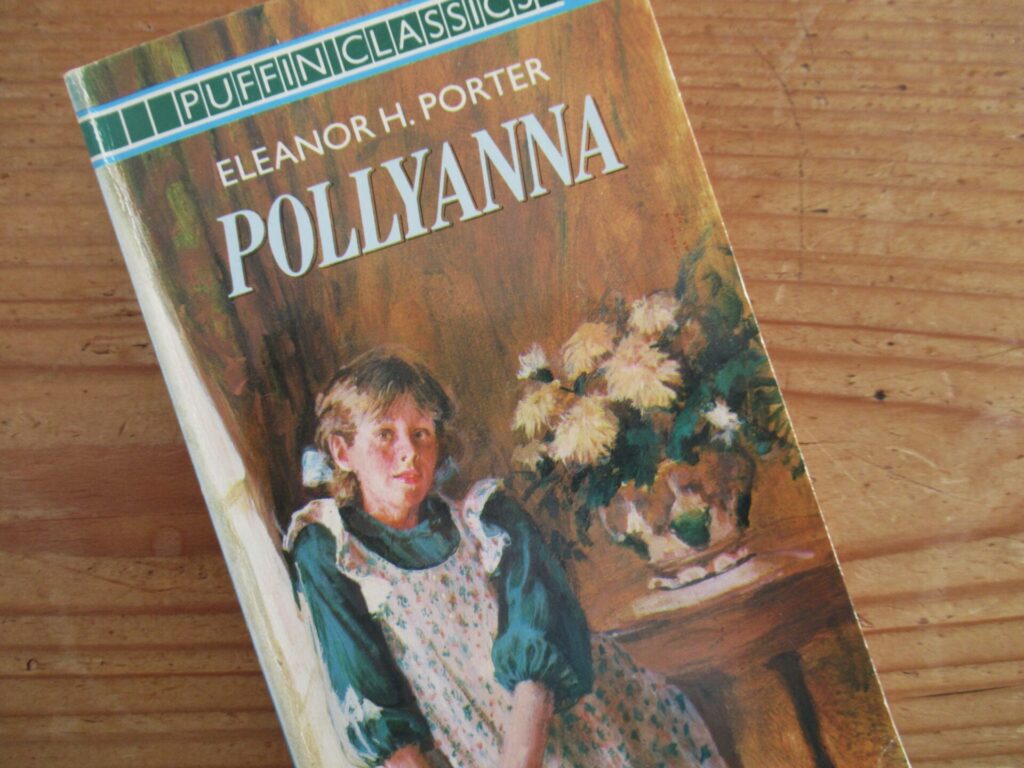
I think ignoring disappointment, pain, fear or anger and ‘just being glad’ is a terrible strategy. So, after a brief denial phase (‘The length is just fine and extra long sleeves are nice and warm’) I first vented my frustration (‘Nooooo, all those hours of knitting!’). And then I played Pollyanna’s game.
I’m so glad that:
- I tried the cardi on before cutting the steek
- the yarn unravels easily
- there is enough yarn to make it longer
- I quite like knitting
- now that it’s unravelled I can start knitting again!

Advice welcome
After finishing the yoke for the second time, I’ll get to the stage where some advice would be welcome – the steeking.
In the pattern the stitches on either side of the centre stitch (which will be cut through) are reinforced by handsewn seams – a technique I haven’t used before. I have found several useful videos about hand sewing such seams and that’s clear to me. The problem is what yarn or thread to use.
The Dutch translation tells us to use ‘een gewone naainaald en draad’ (an ordinary sewing needle and thread/yarn). I think it means a thin sewing needle and machine sewing thread, but I’m not sure. Would that be the best choice? Or would using the yarn I’m knitting the cardi with be better? Or a thinner wool yarn? I’d be very grateful for any thoughts on this.
Answer to a question
Last week, after reading about my sock knitting basket, one of you asked, ‘What is that wooden thing that has the ribbing of your sock sticking through?’ Well, actually I don’t know what it’s officially called, either in Dutch or in English, but it’s a sock-knitting-needles-with-a-sock-in-progress-on-them-protector.
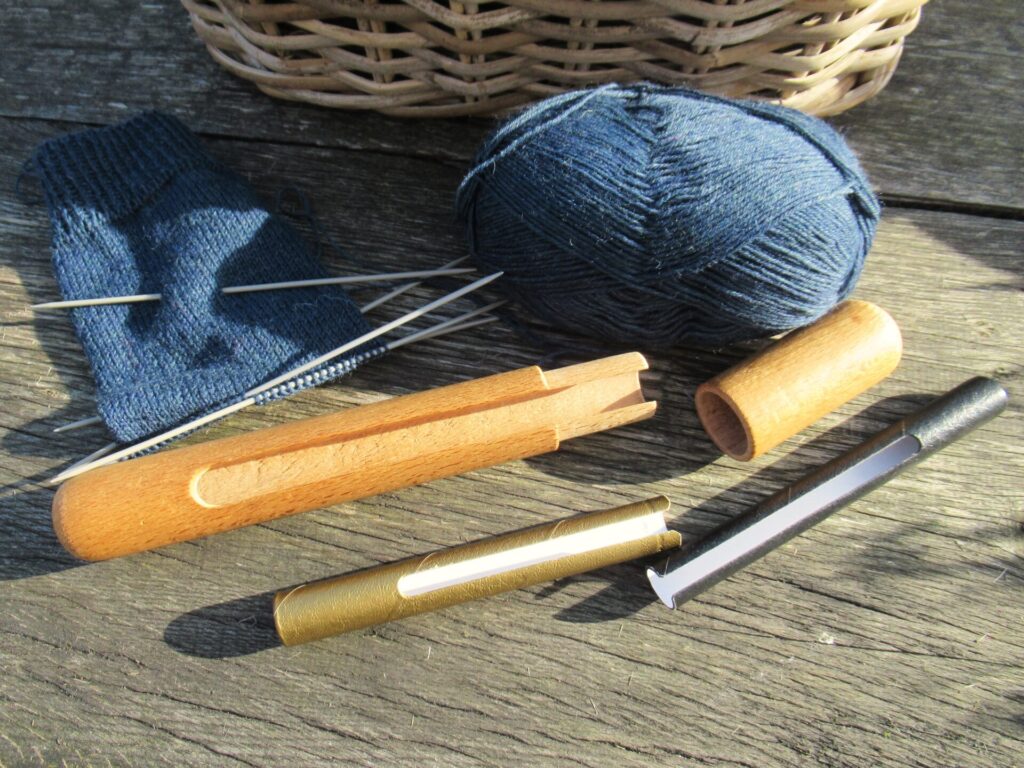
The wooden one was a free gift with a magazine some 45 years ago and I treasure it. My knitting student is now learning to knit socks and found two similar ones on Marktplaats (a sort of Dutch eBay). ‘Wooden sock knitting case’ or ‘Wooden sock knitting needle holder’ seem to give the best results in an online search.
I also have a cardboard one – from KnitPro if I remember correctly (in front of the wooden one in the photo above). It is okay, but not nearly as nice as the wooden one. For one thing, it is much narrower and really only suitable for very short double pointed needles. For another, it is easily damaged.
I don’t know if such wooden cases are still made, but if you can find one (new or second-hand), I’d say go for it. If you’re a sock knitter it’s something you’ll use and treasure for ever.
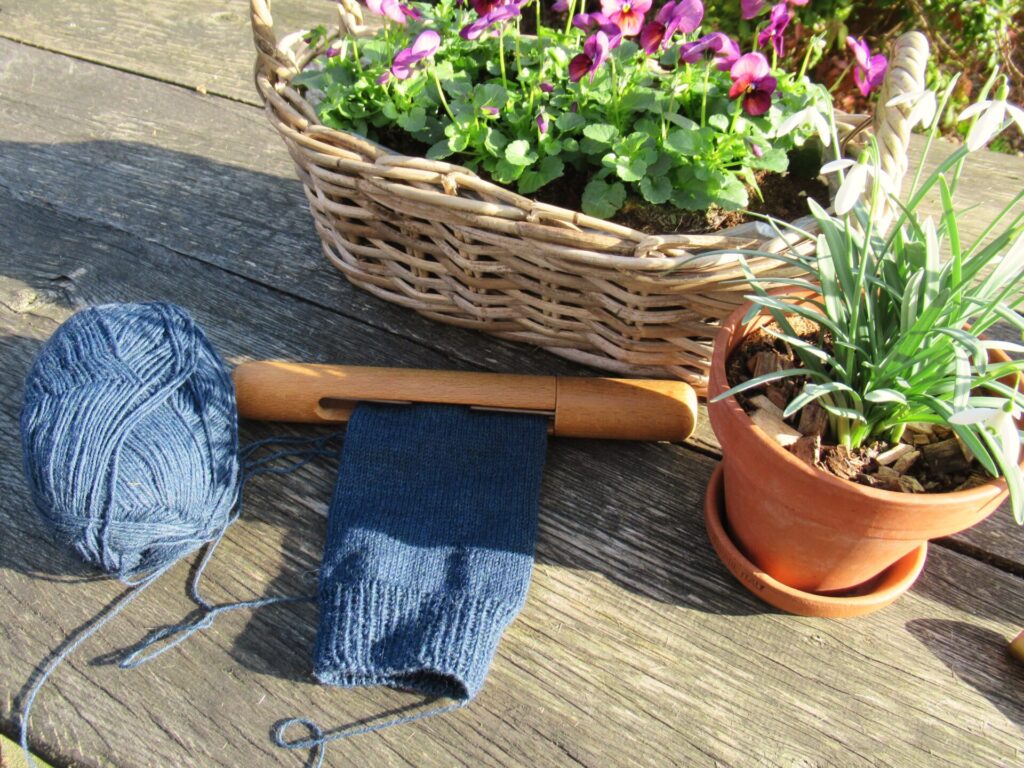
I’m so glad you stopped by today and hope to see you again next week!
